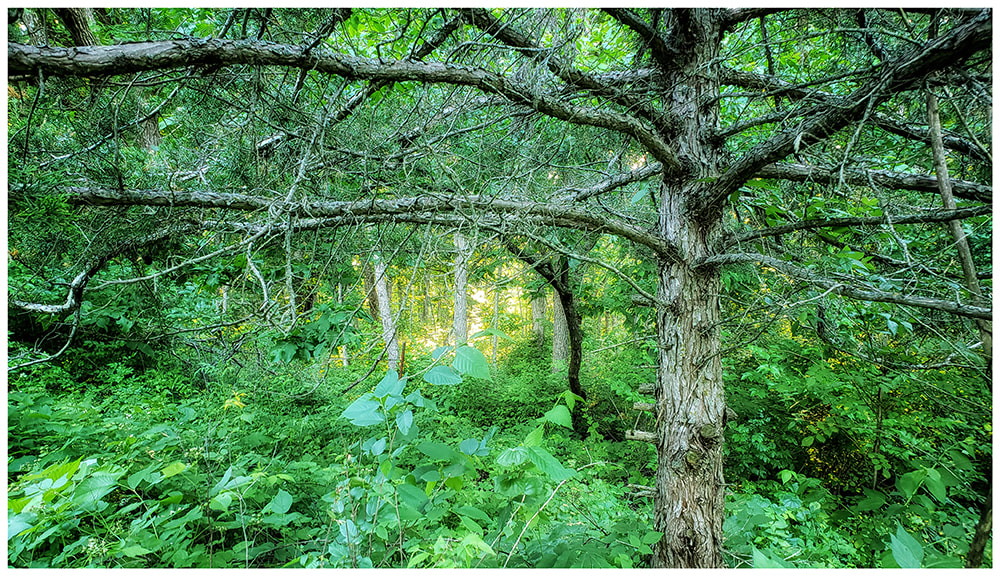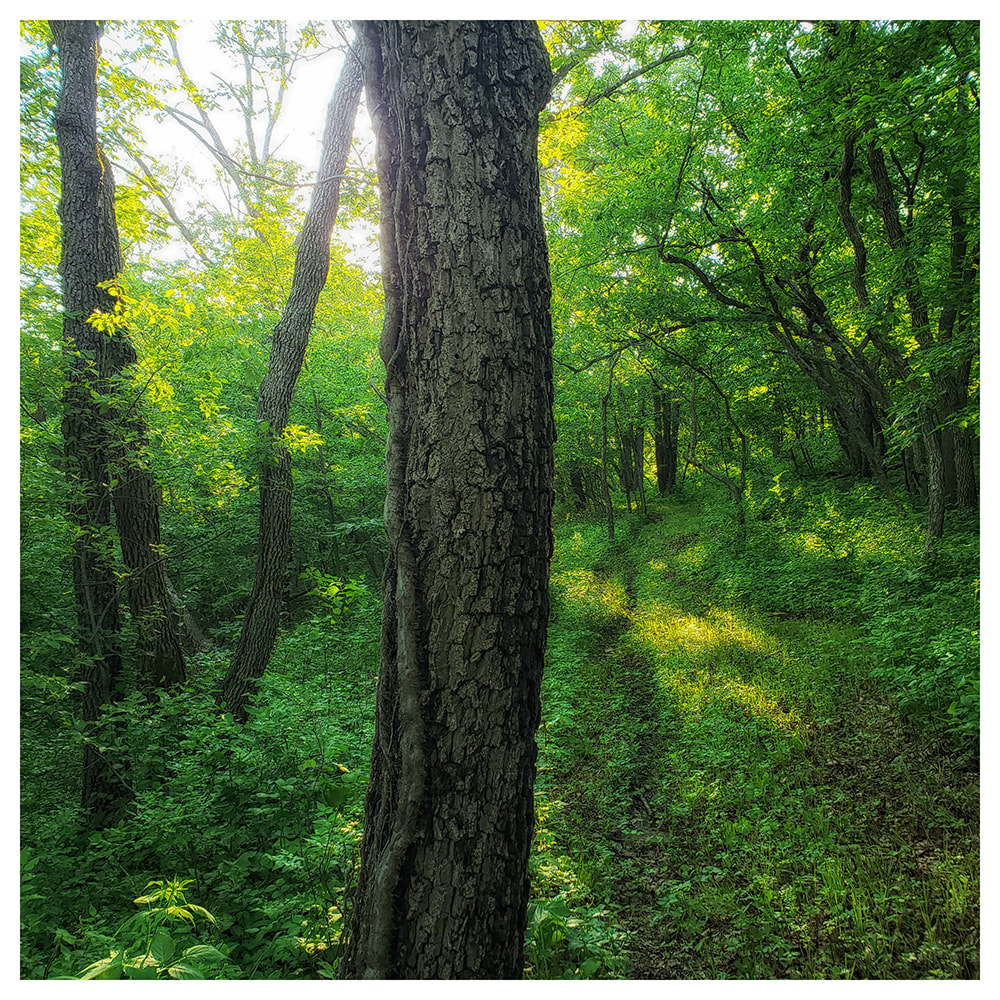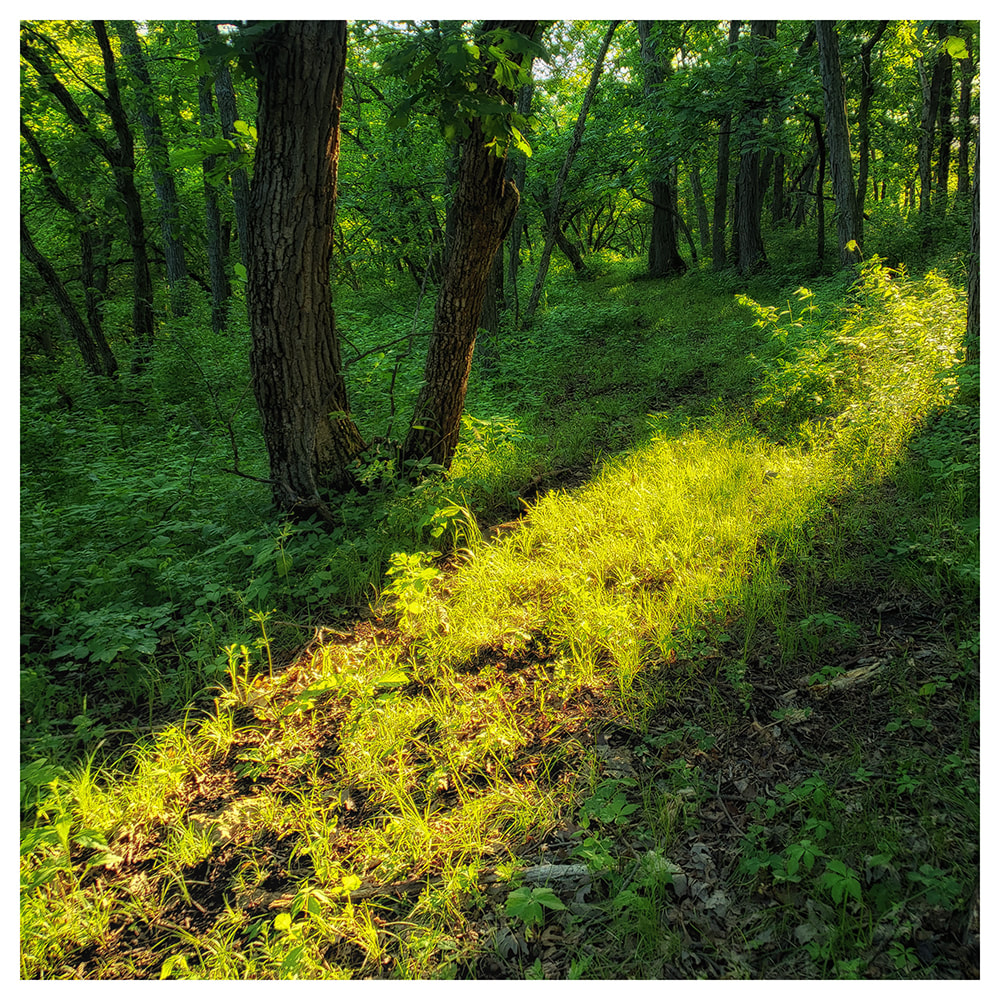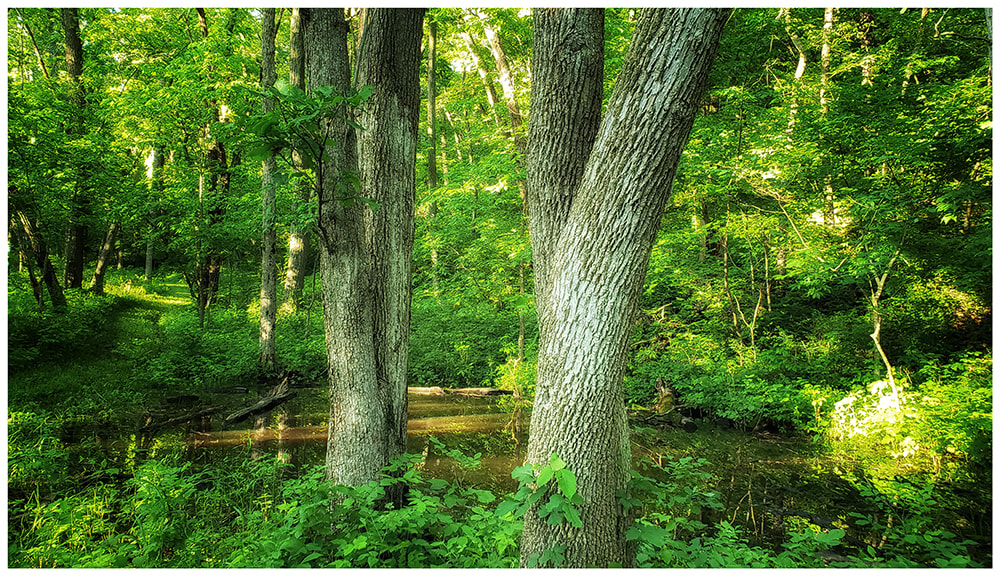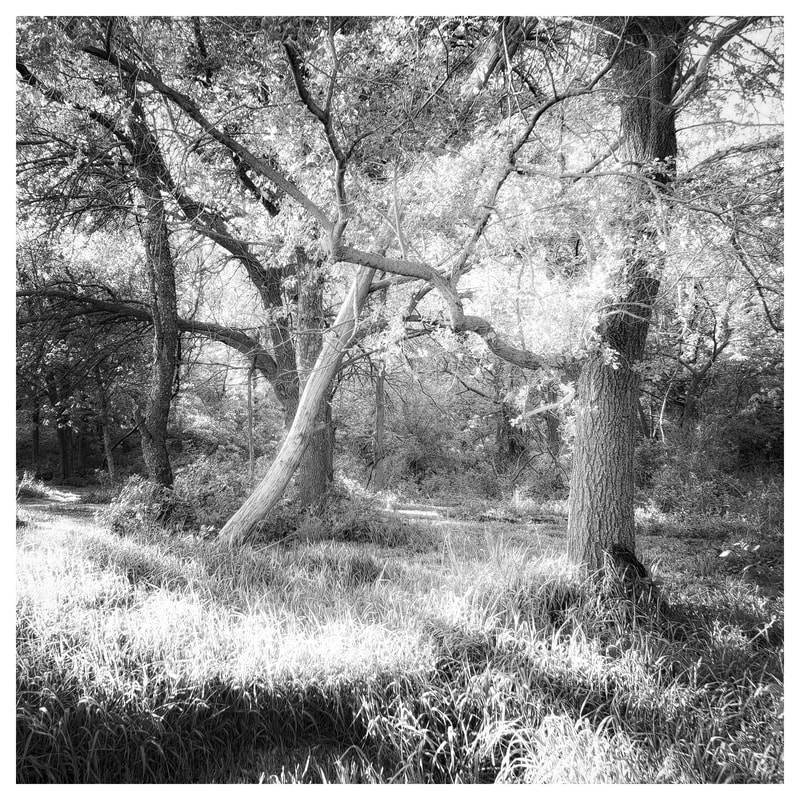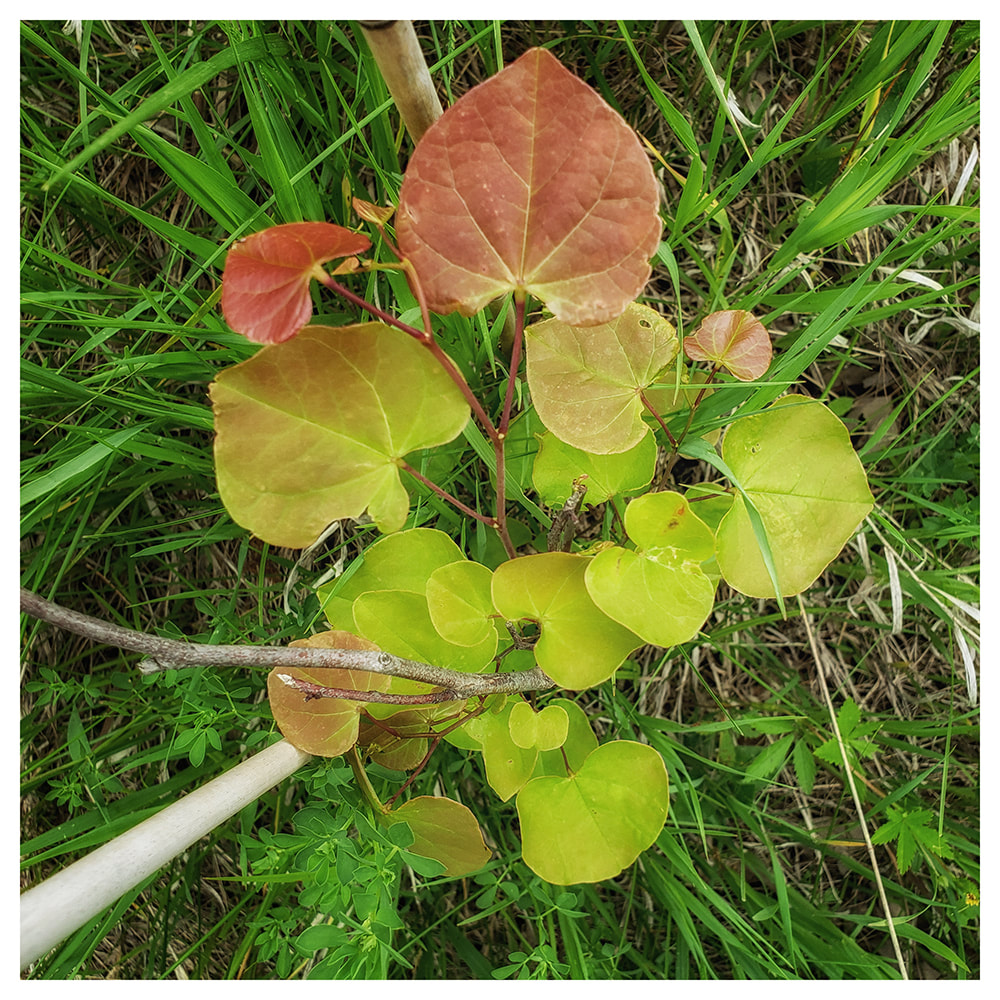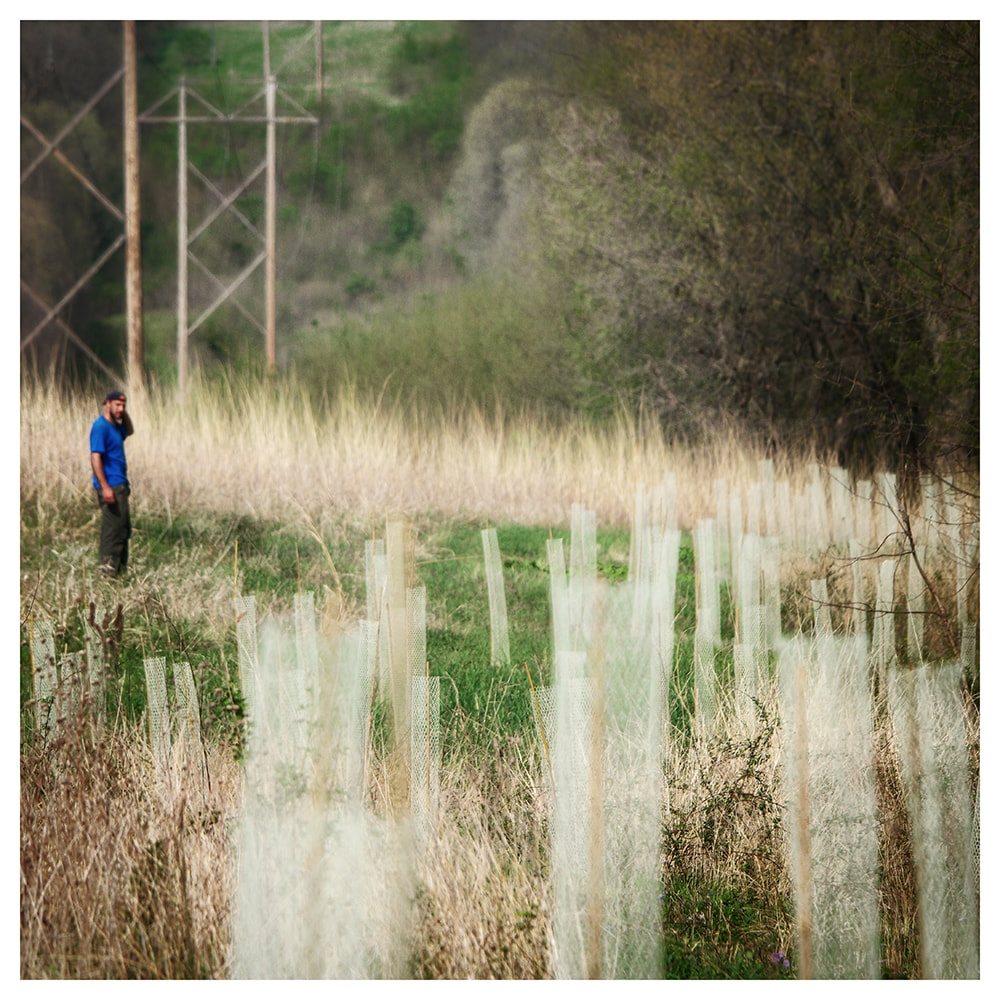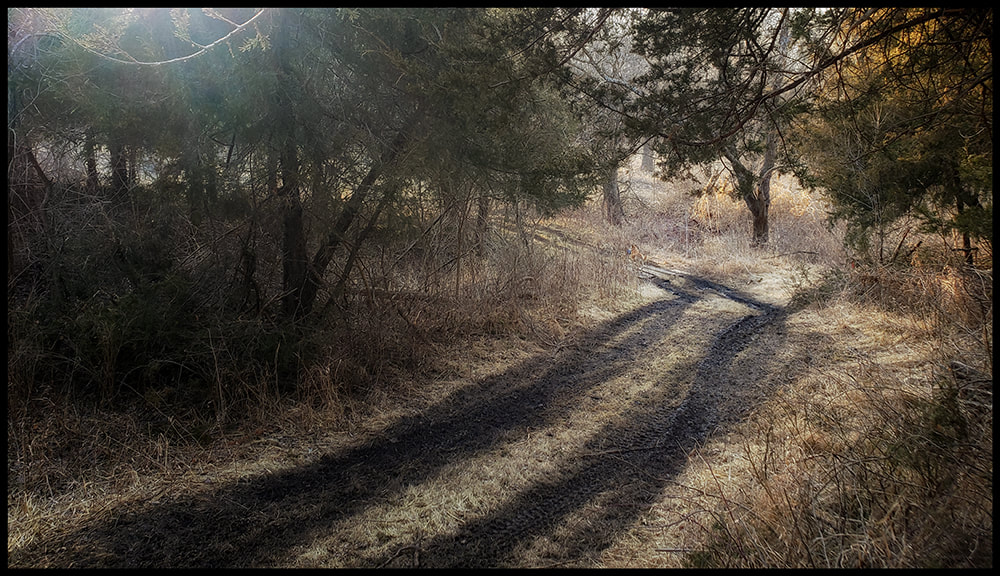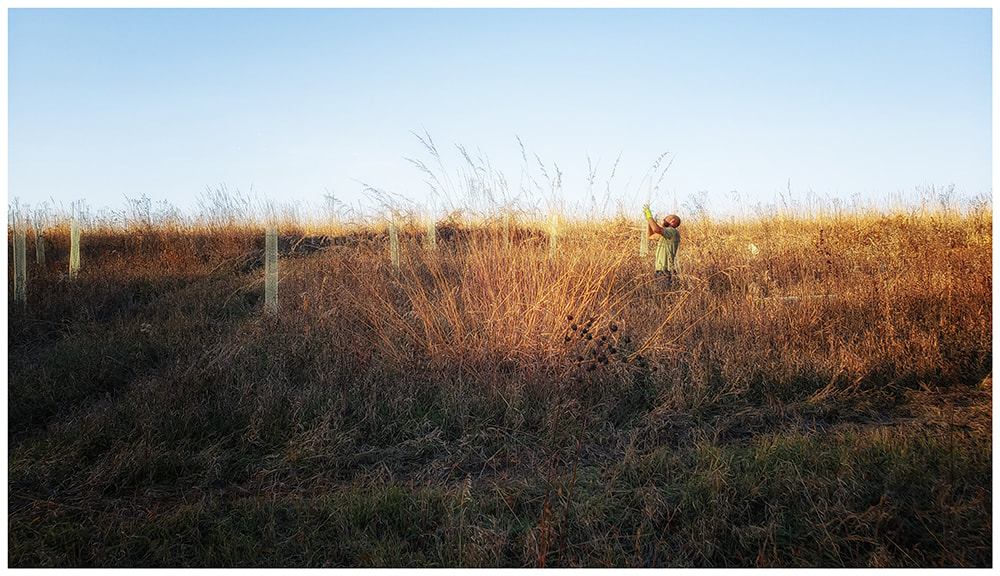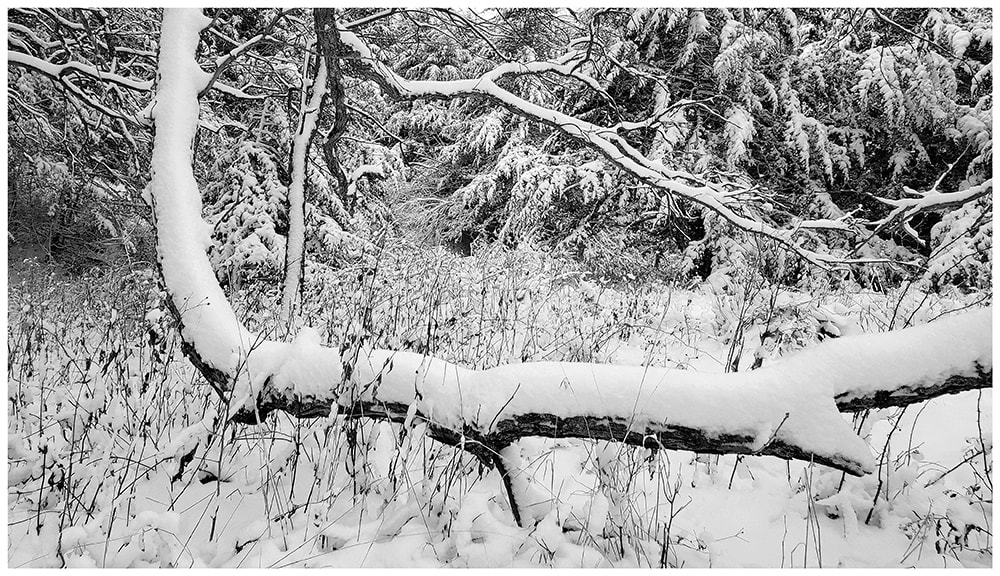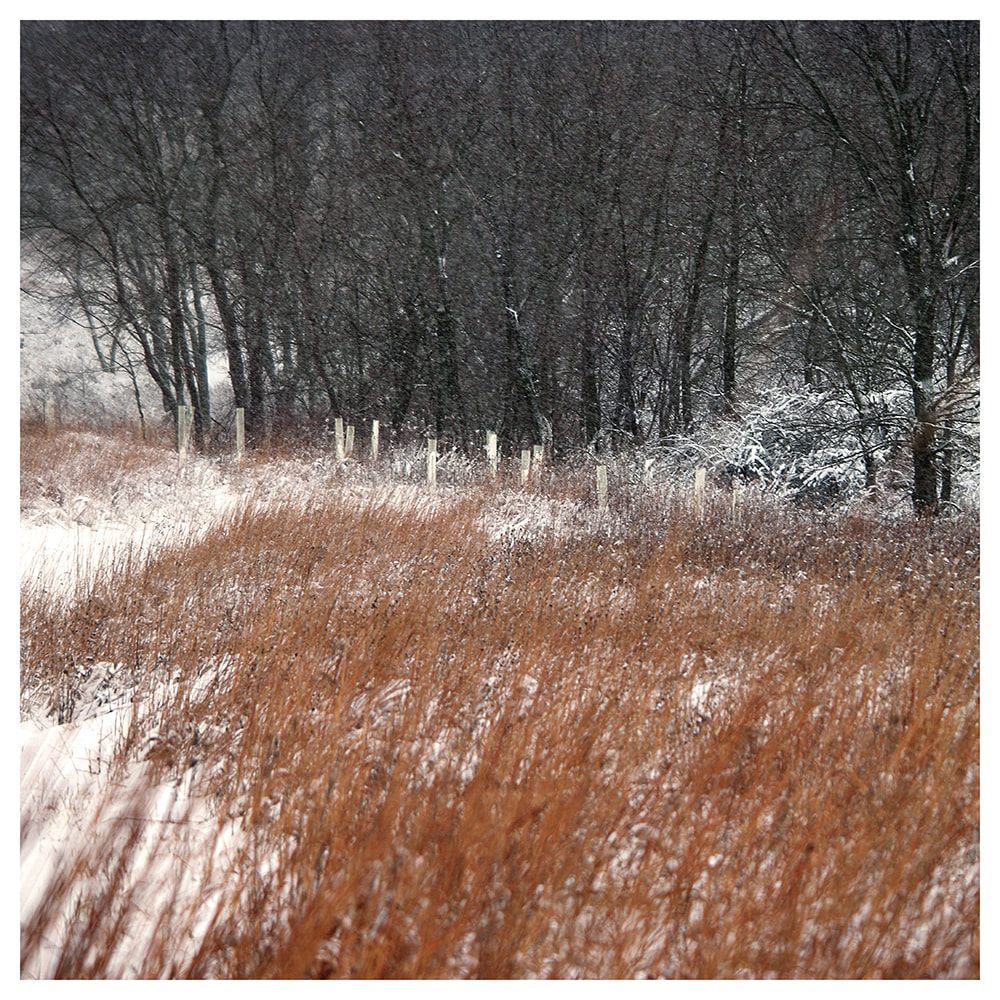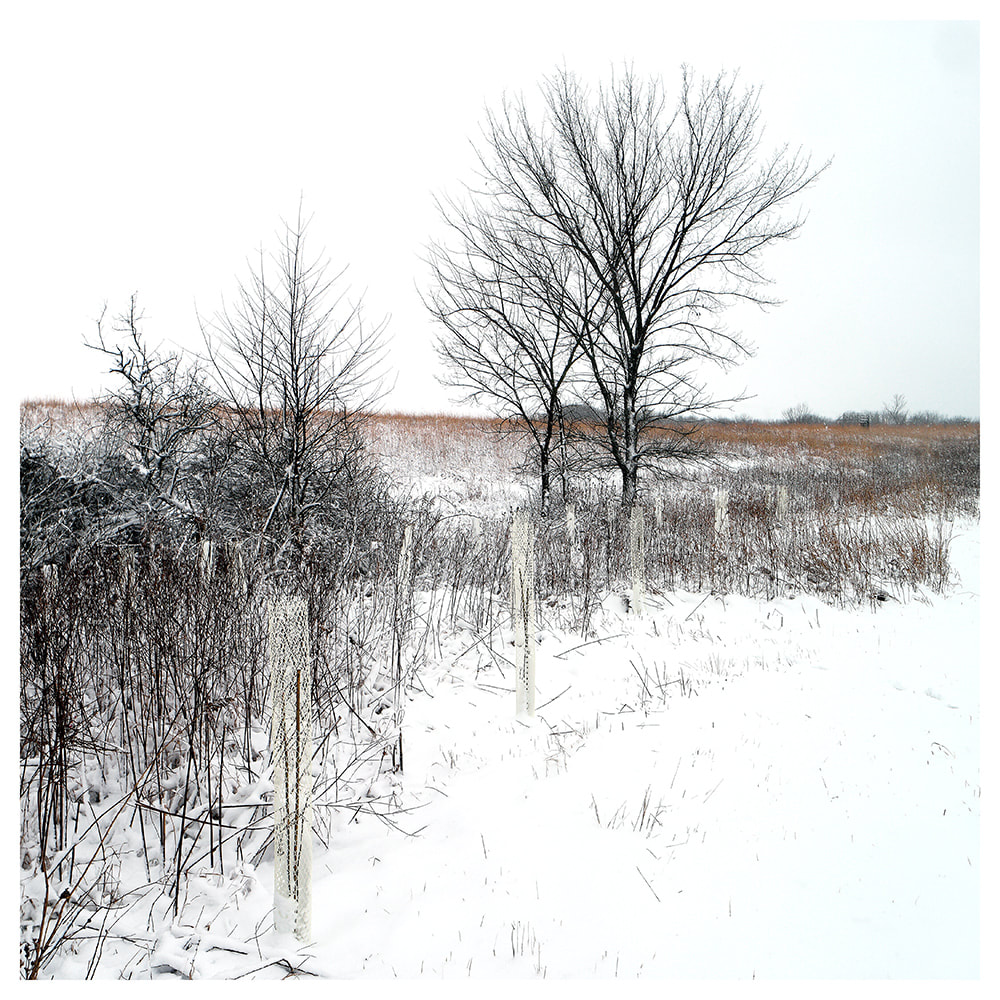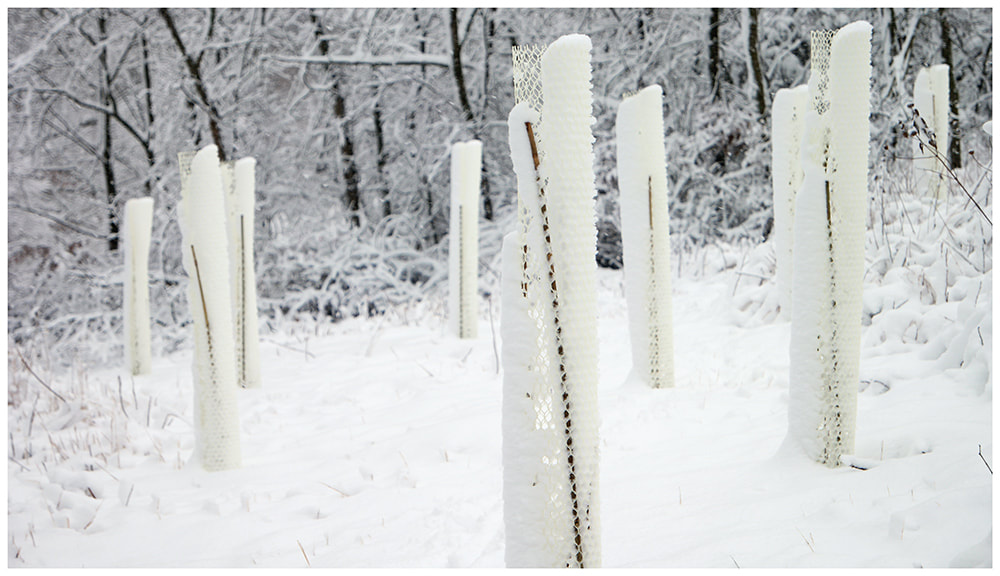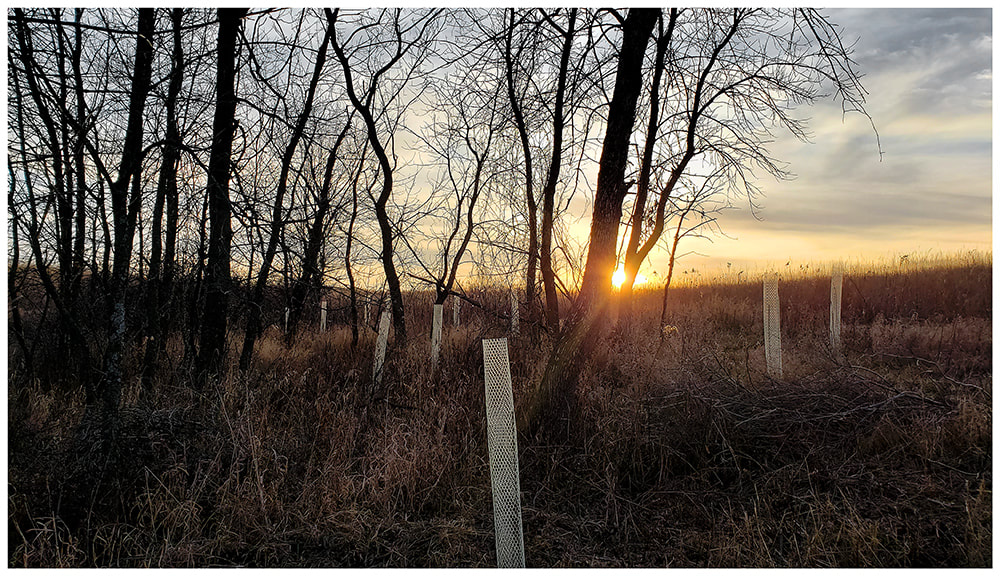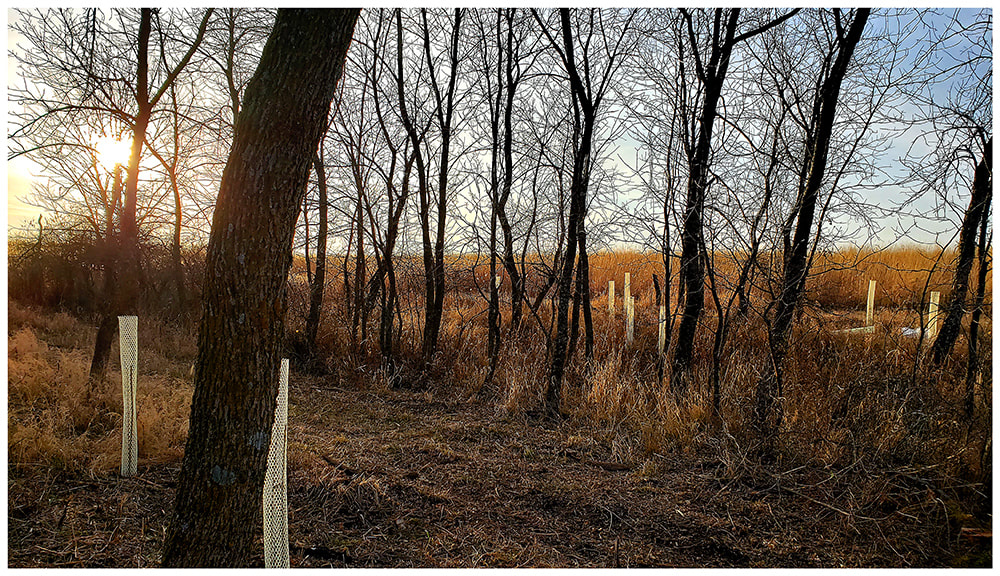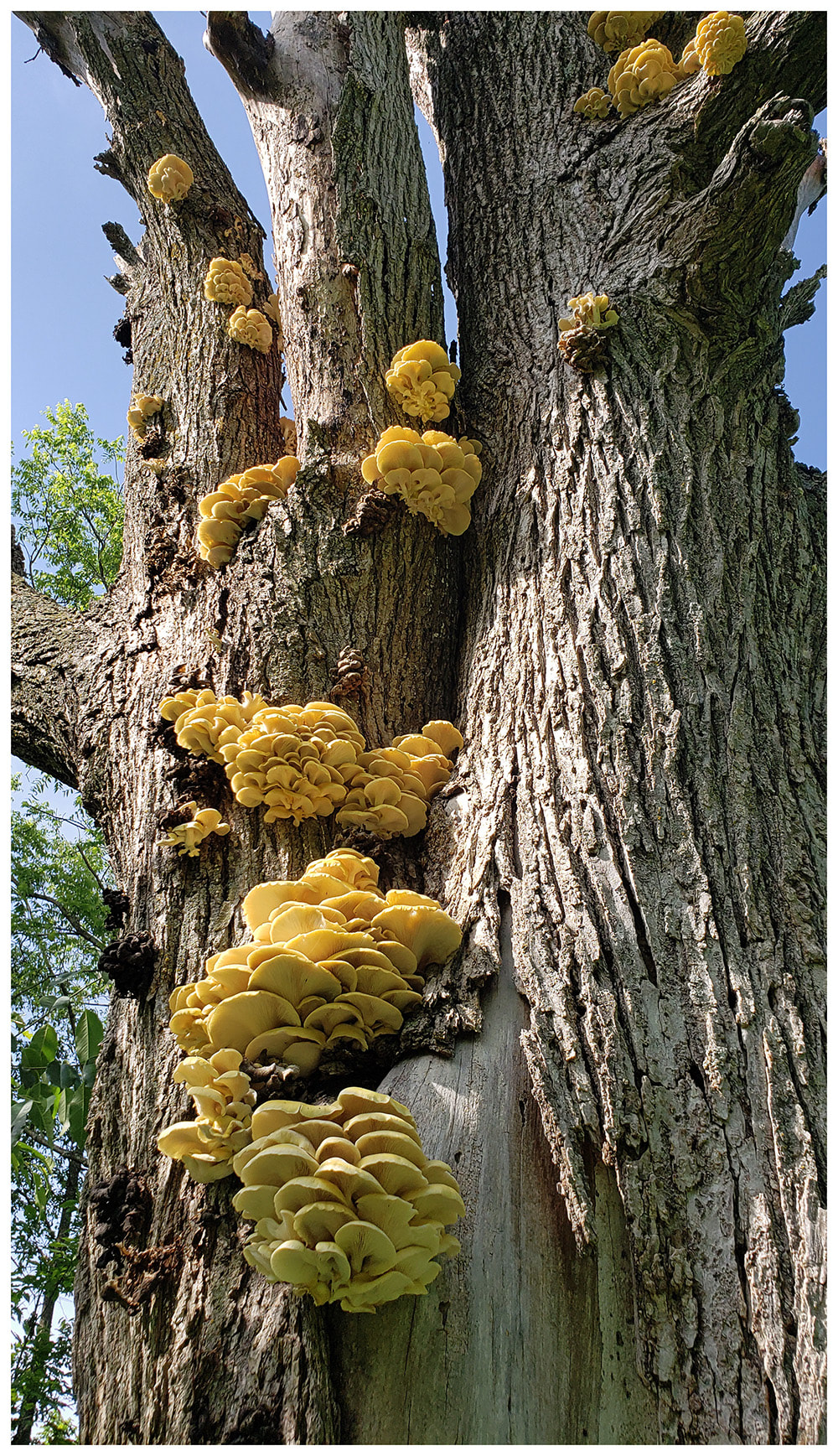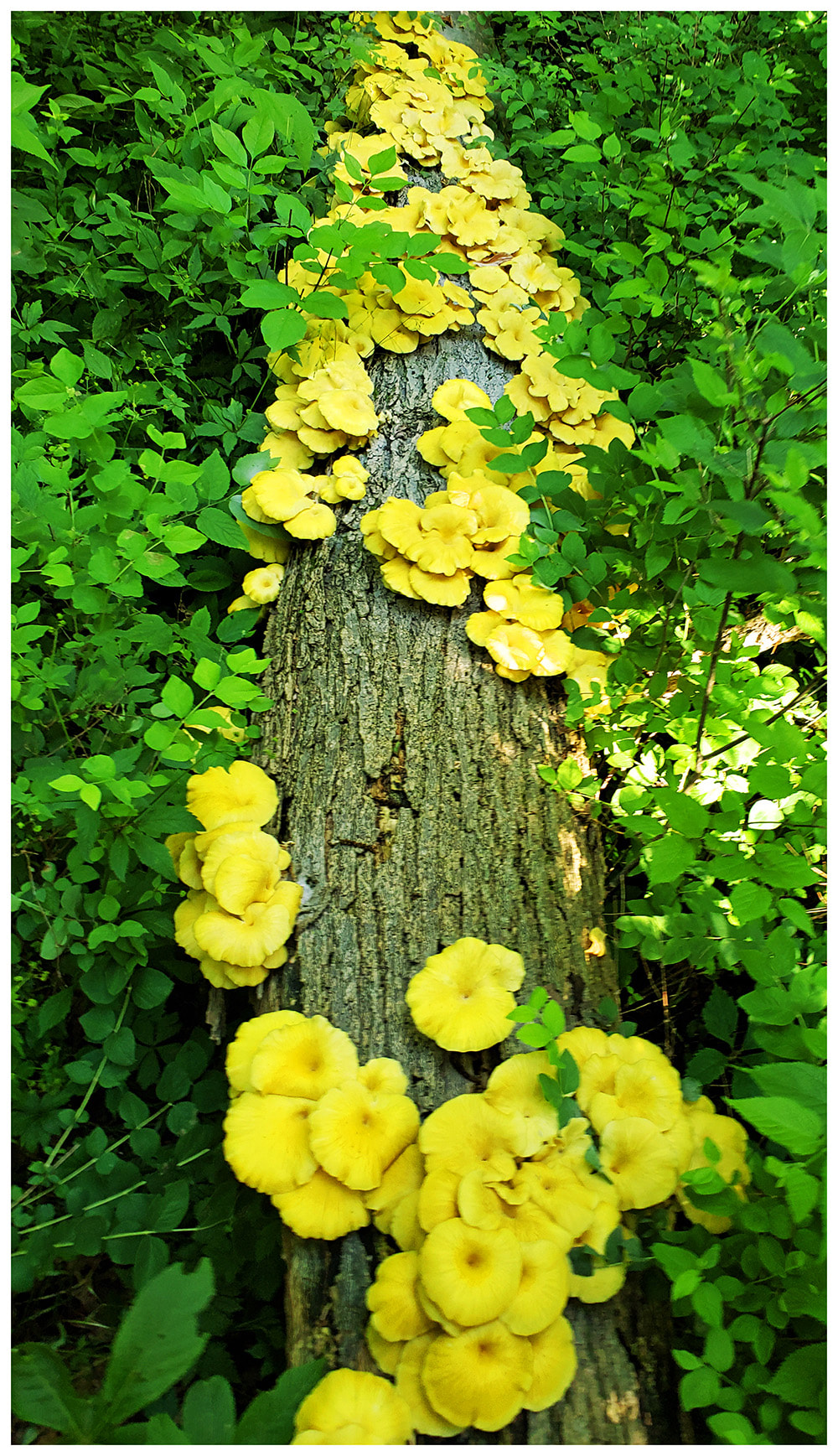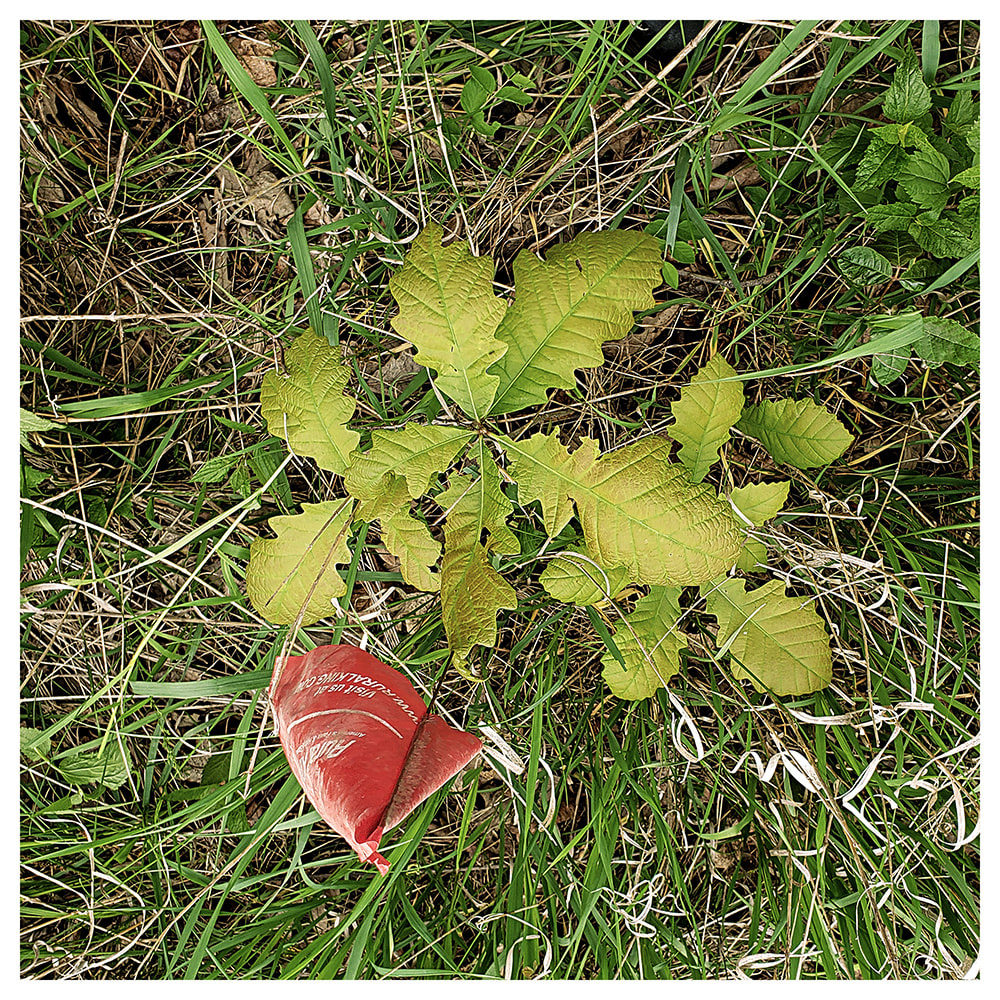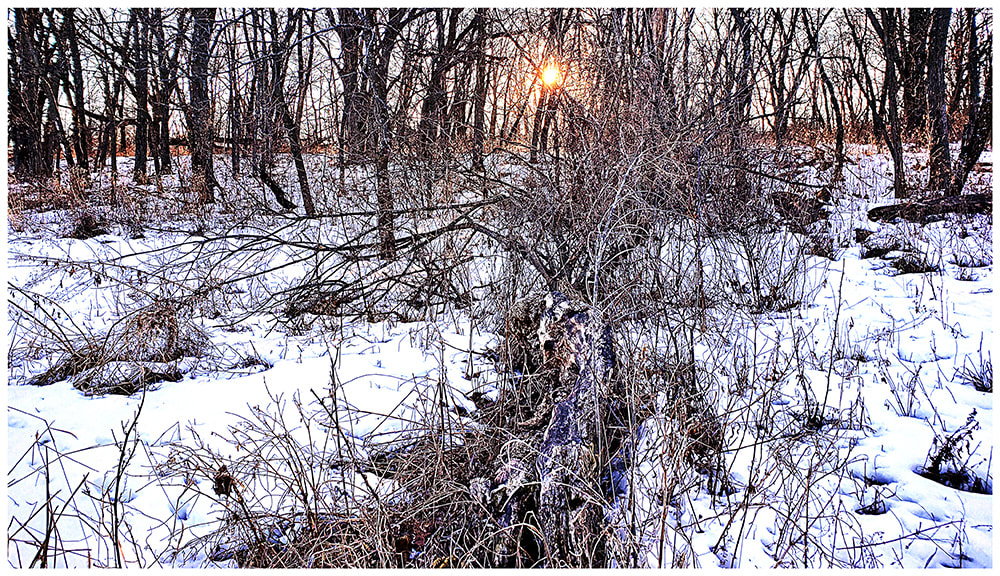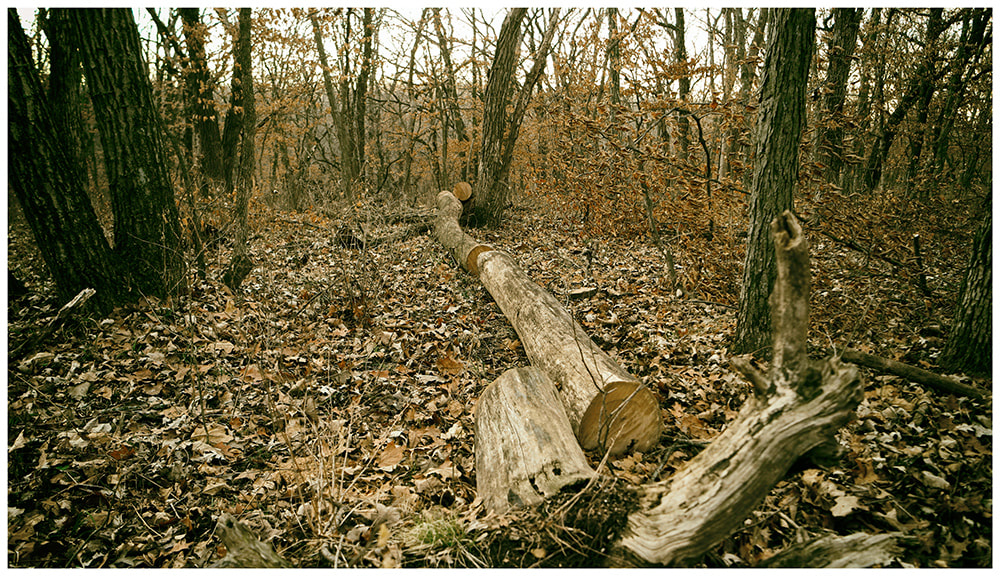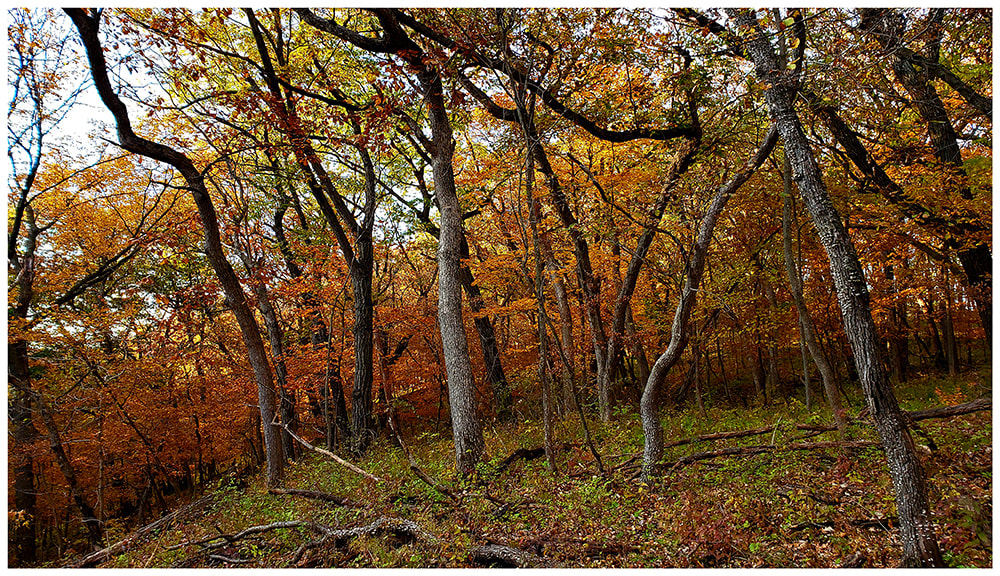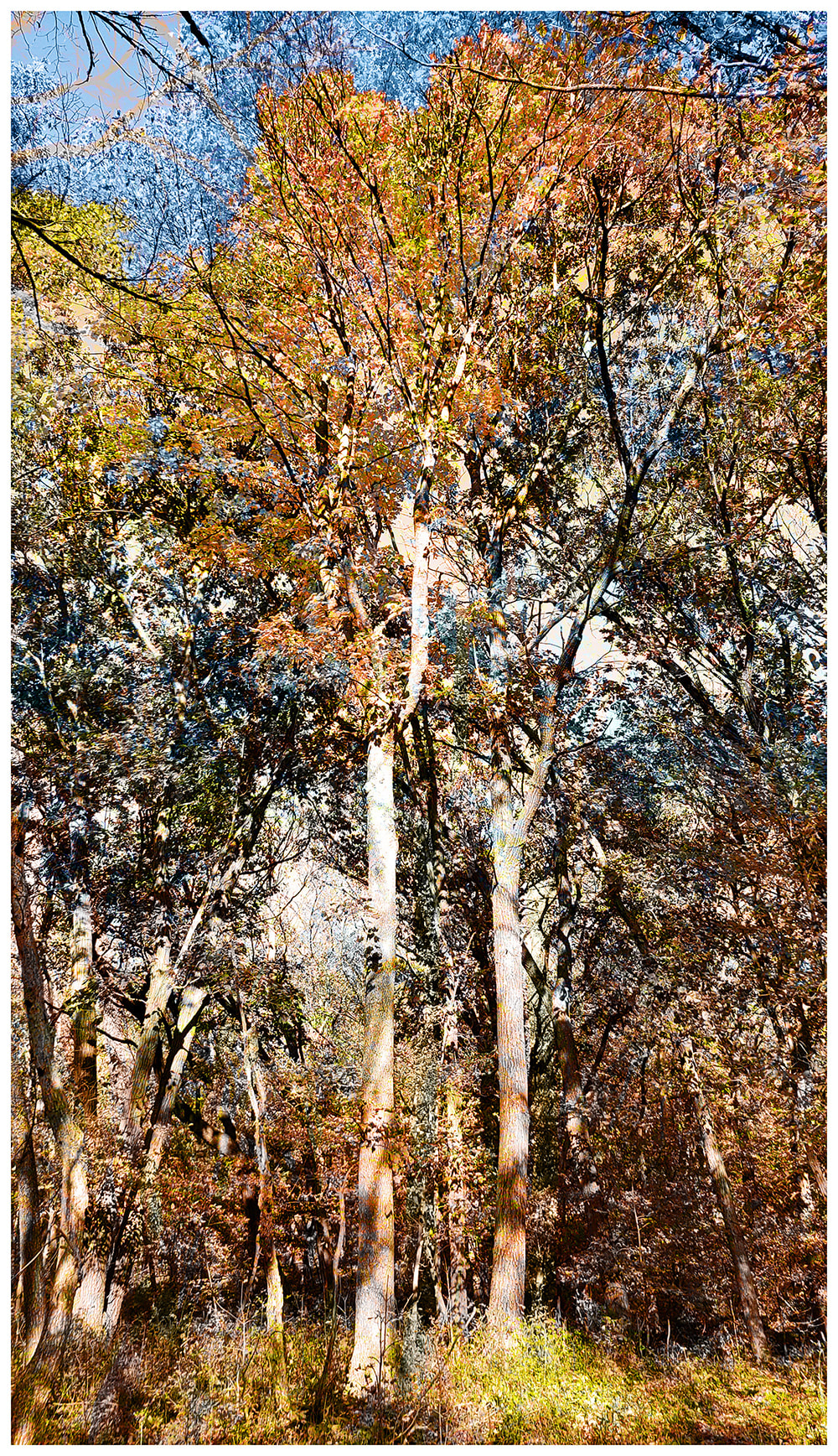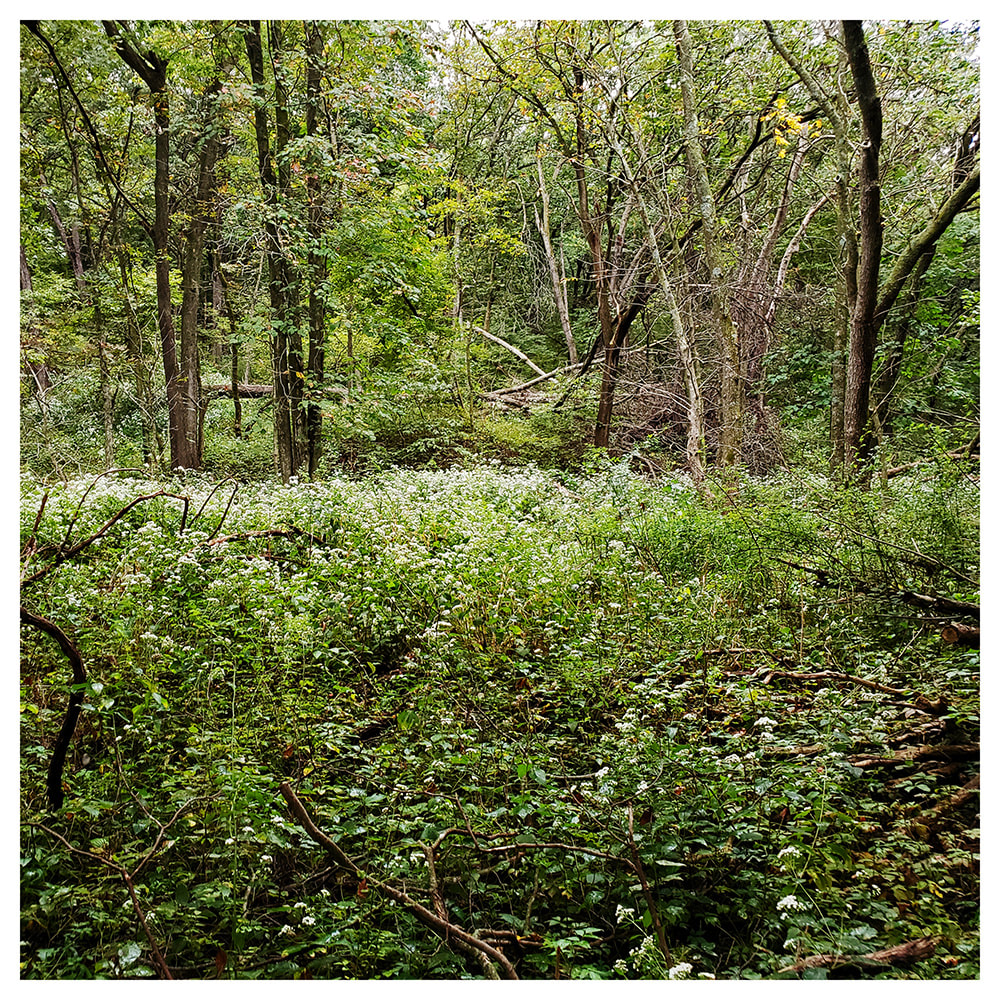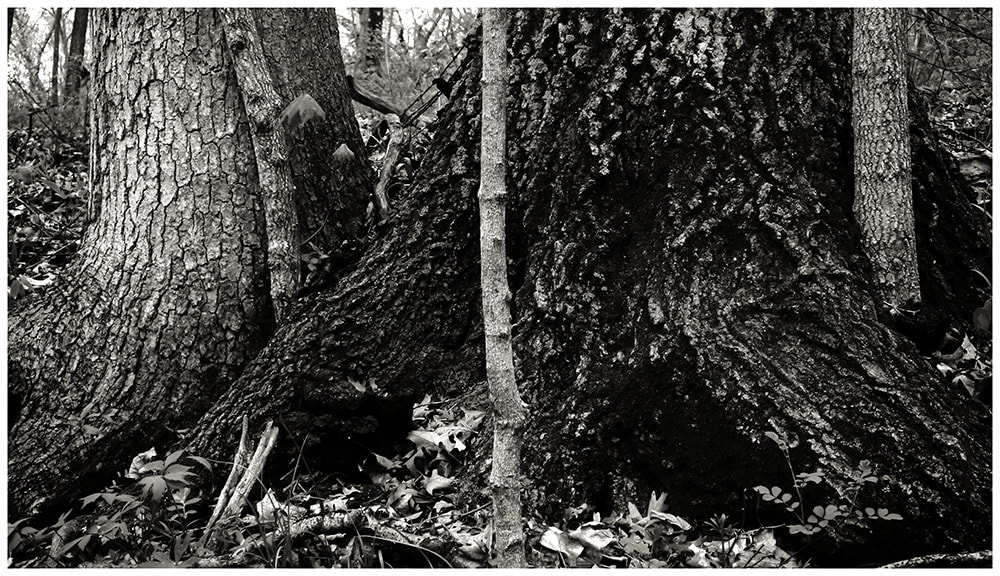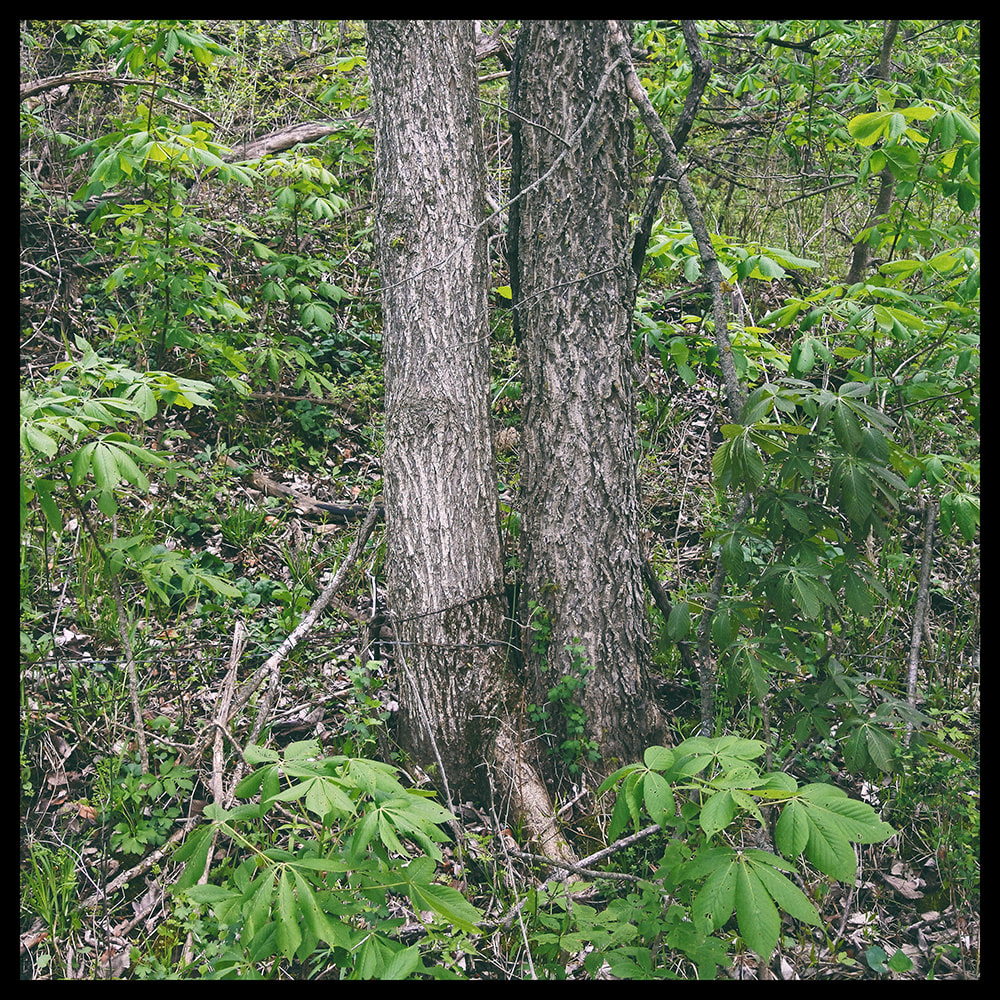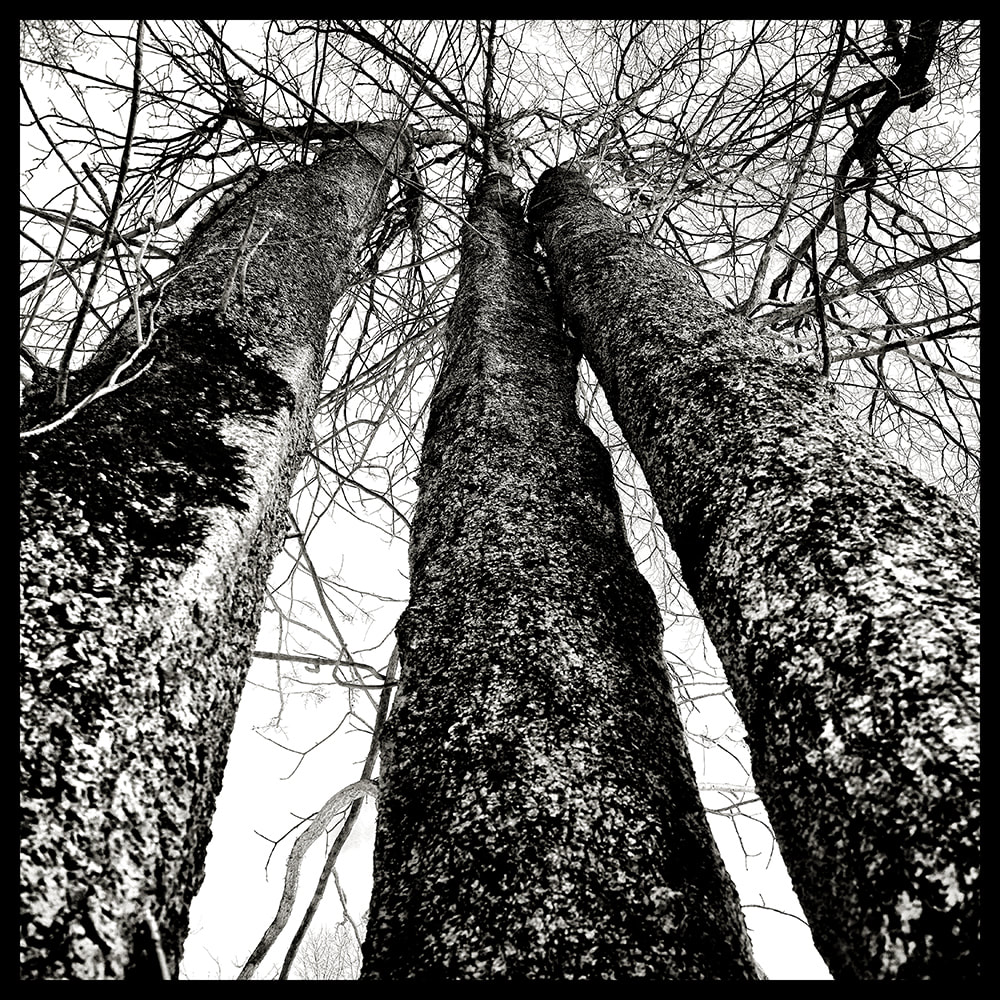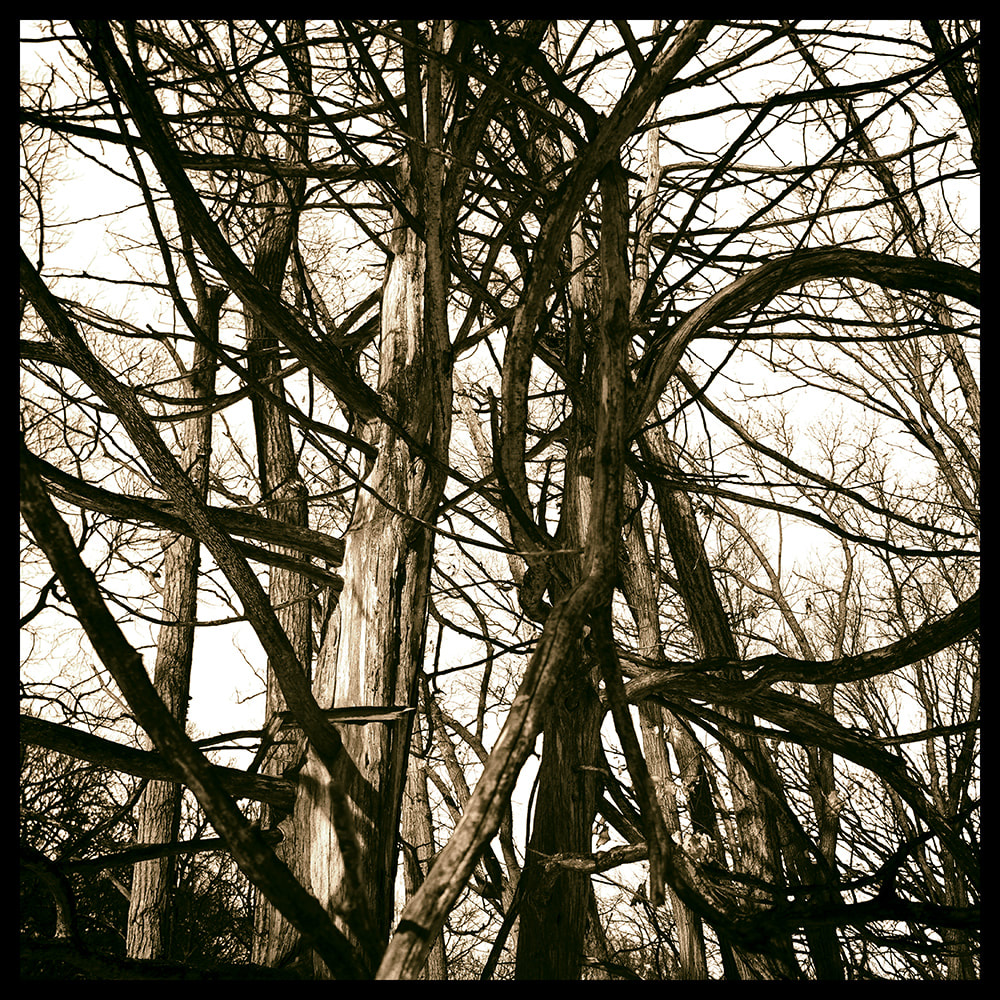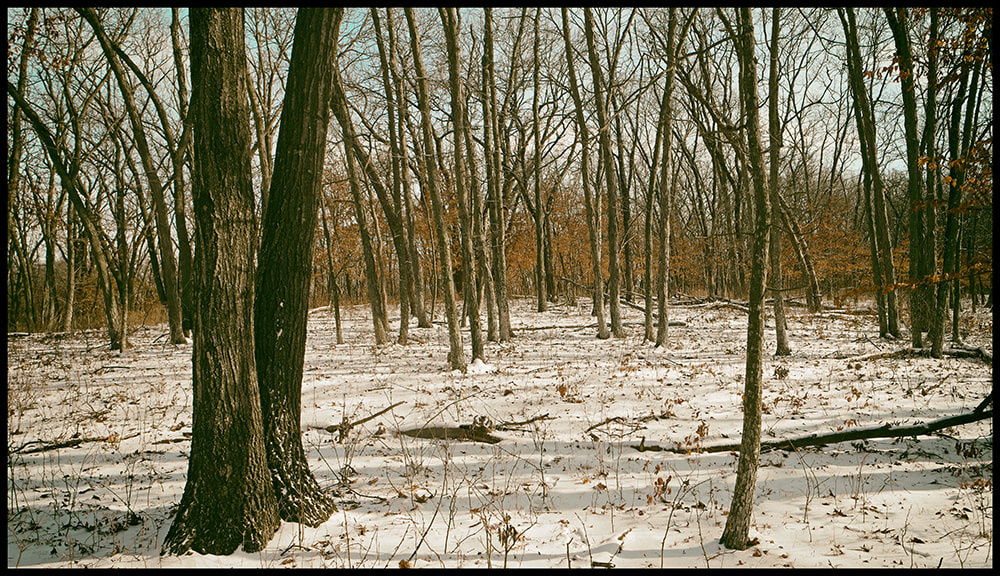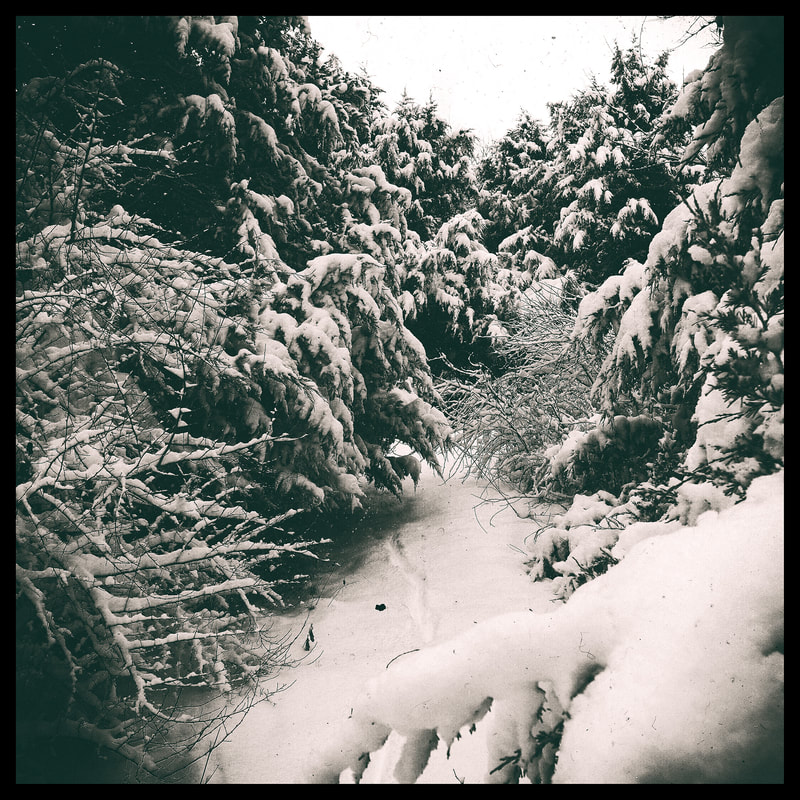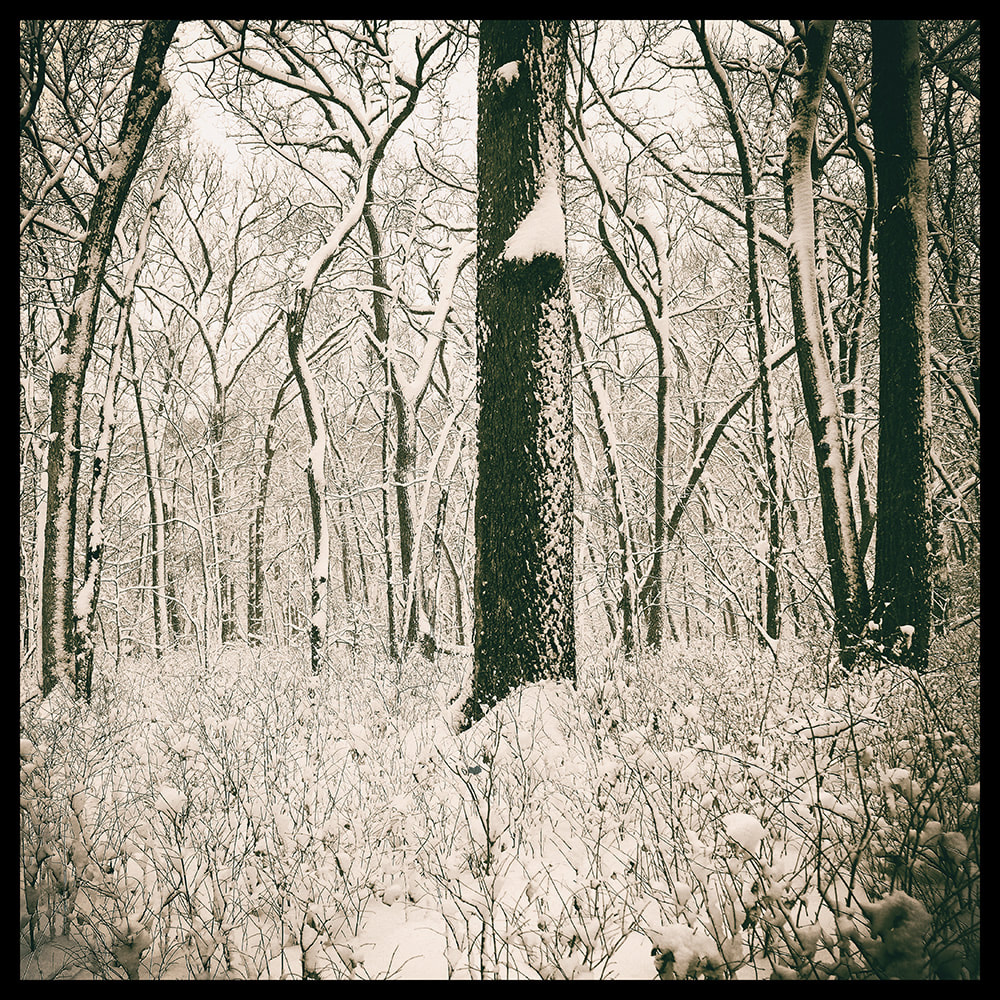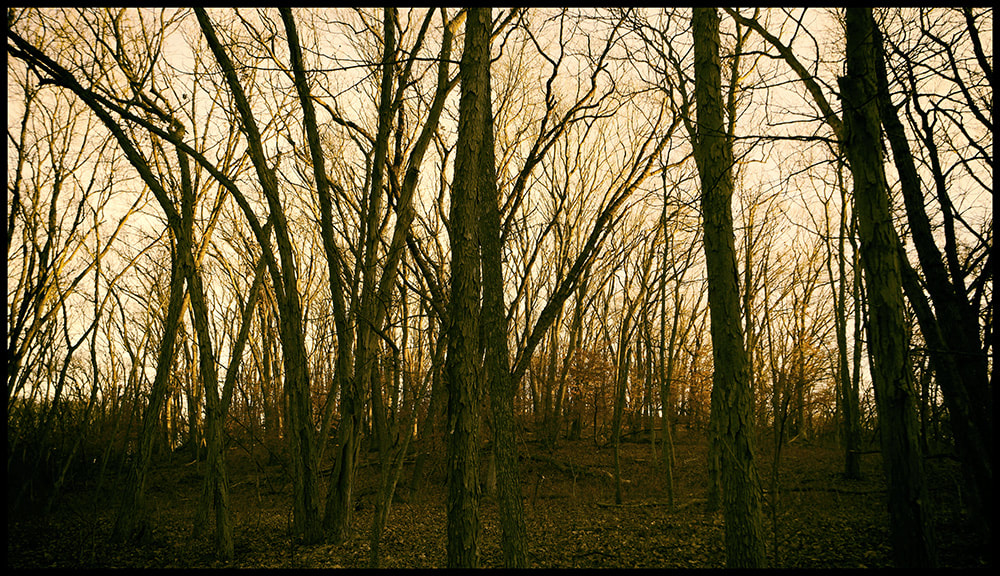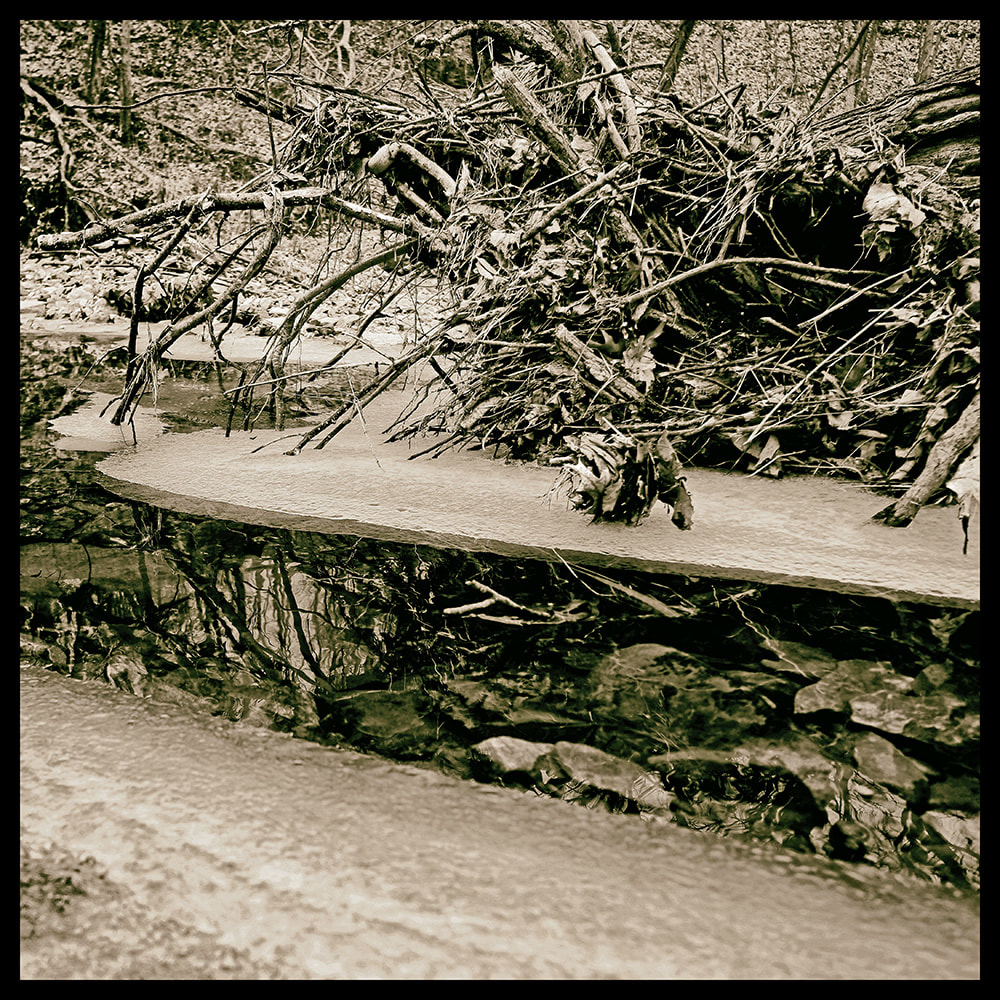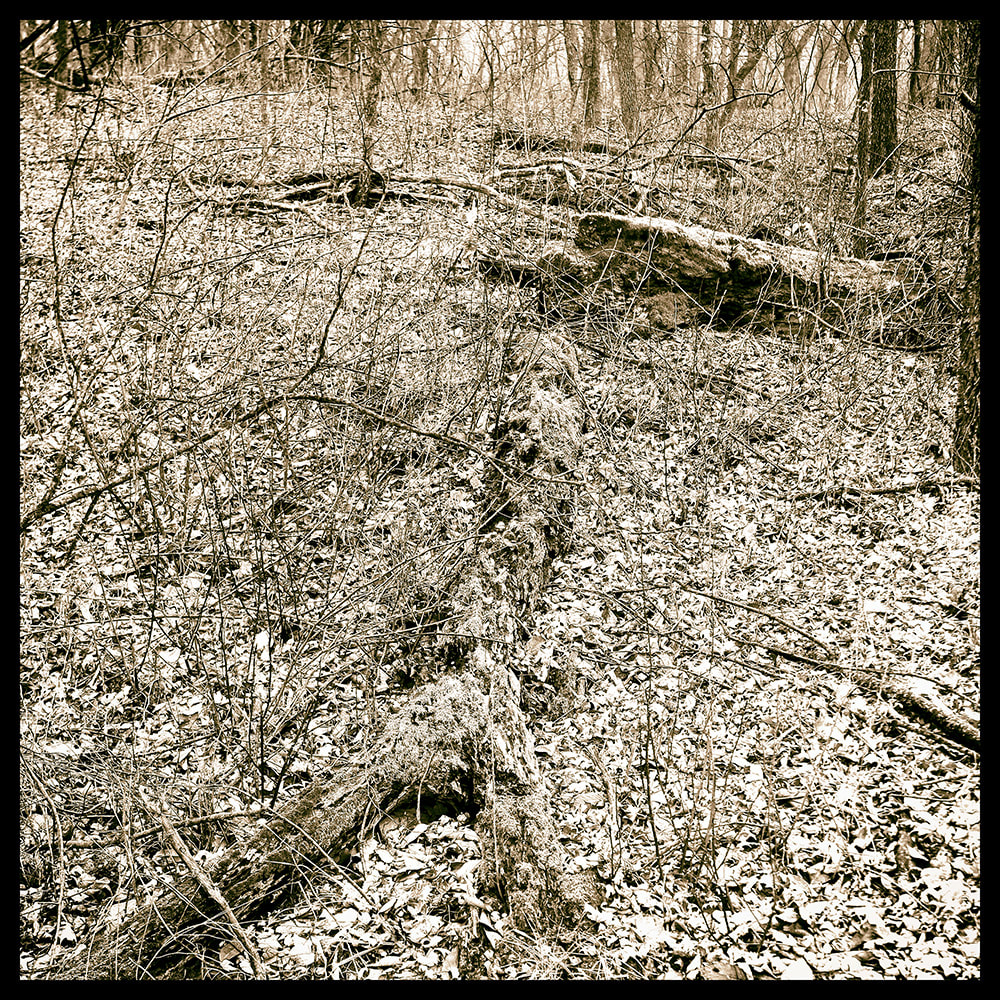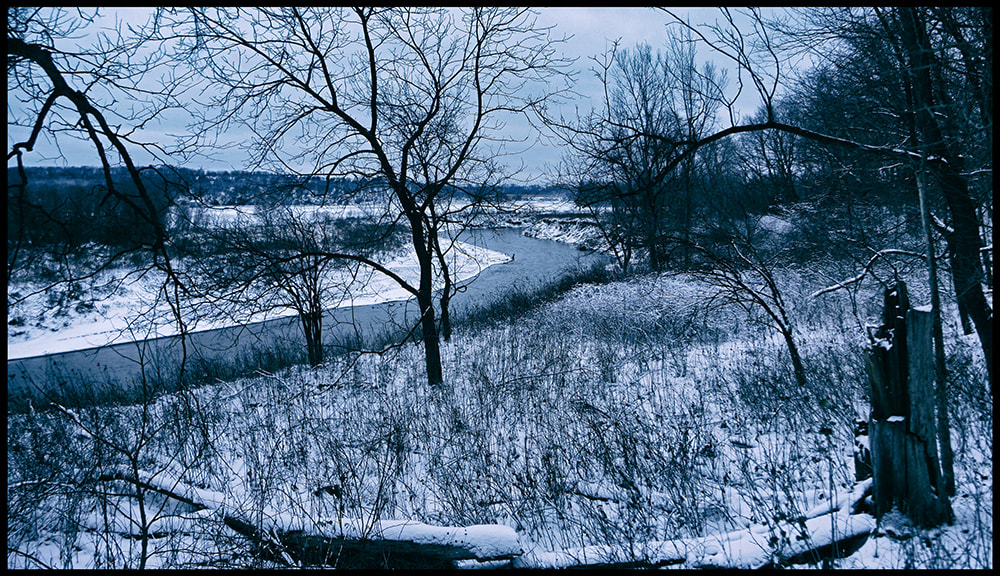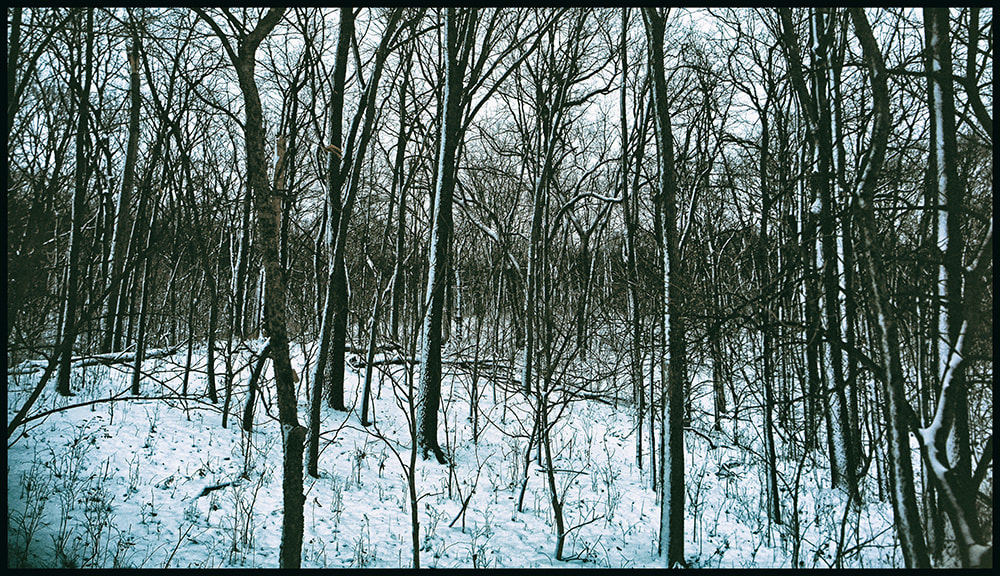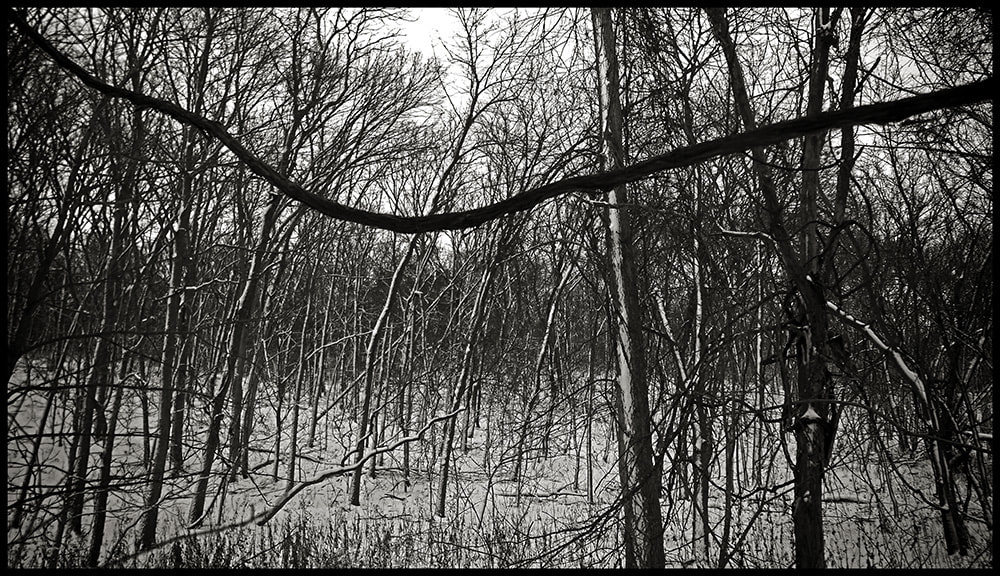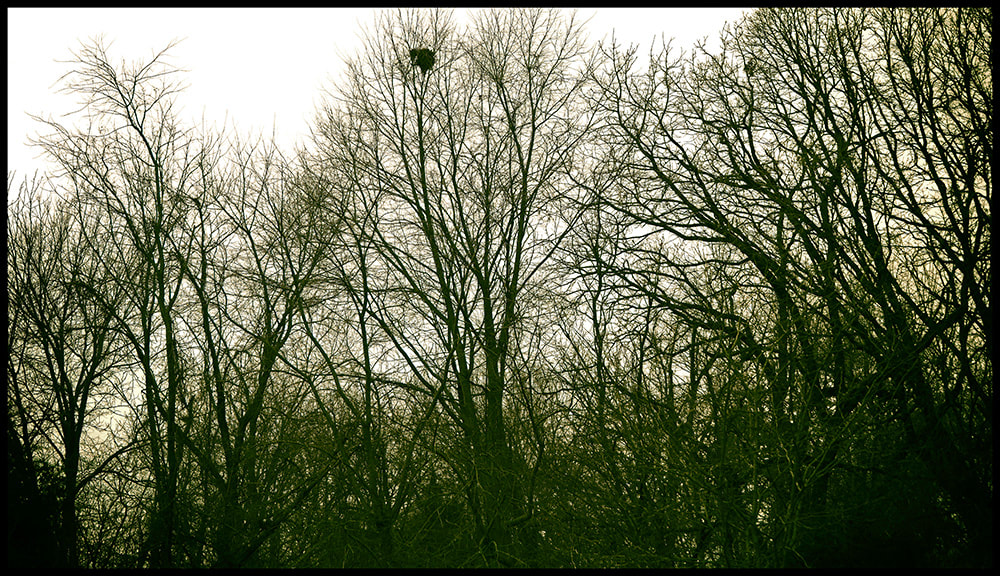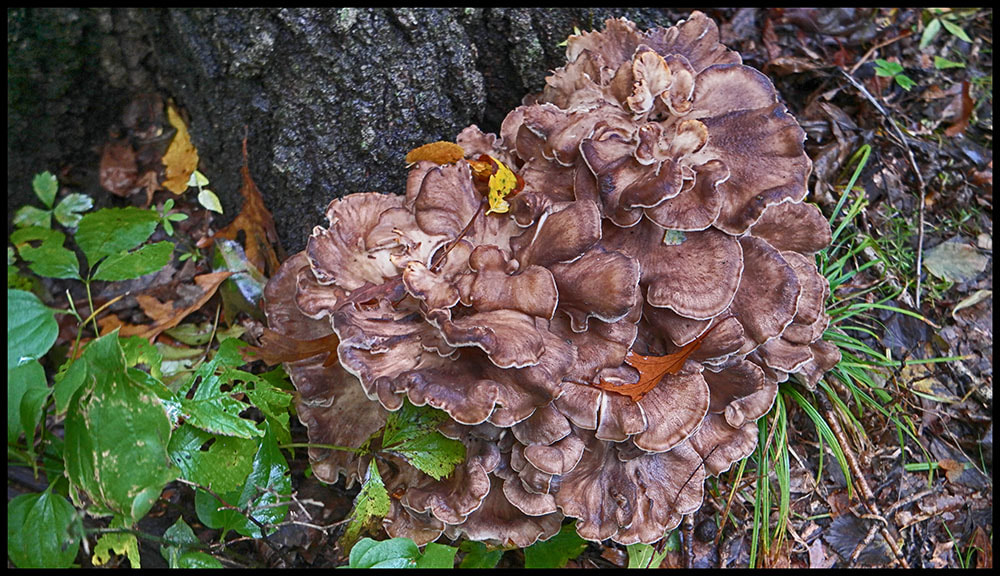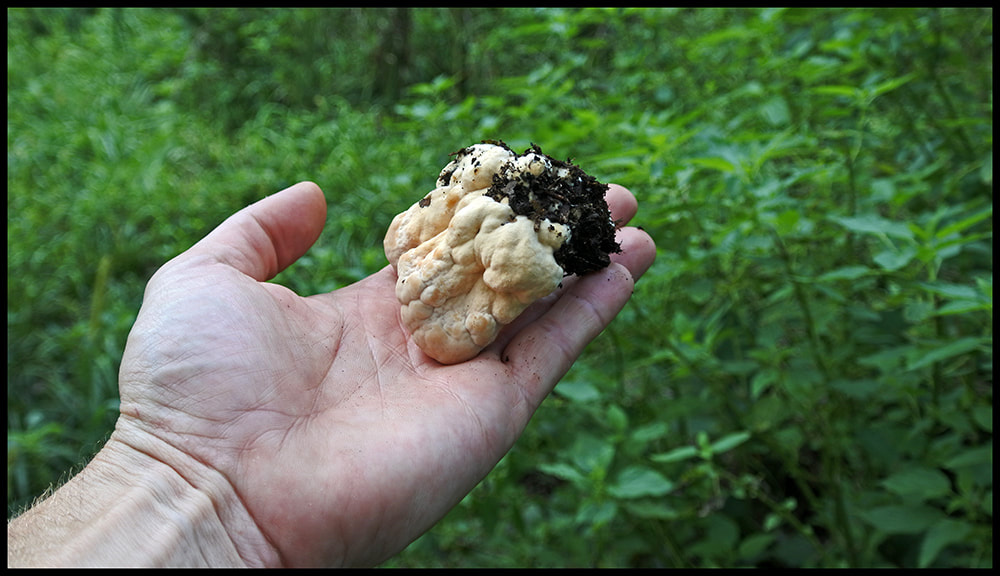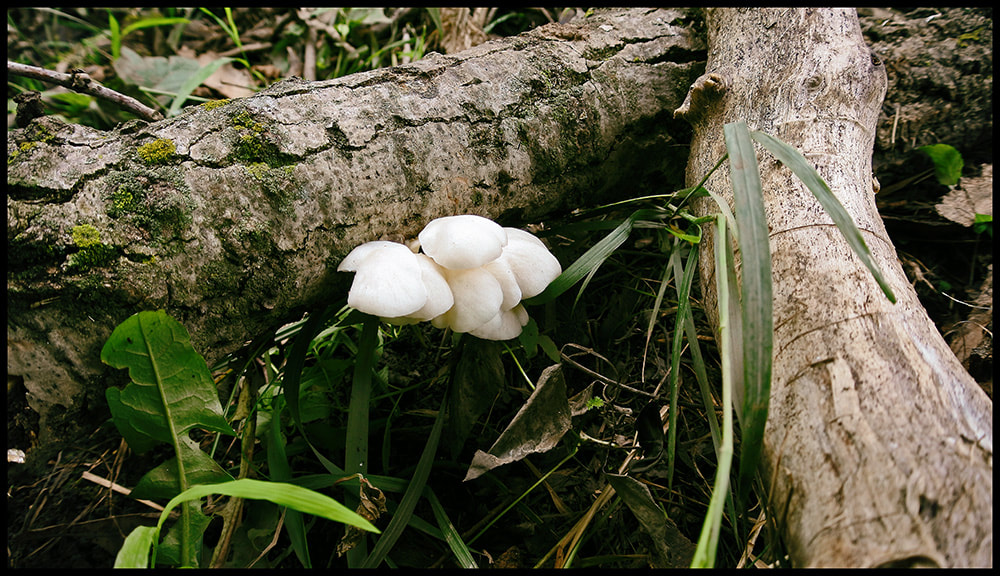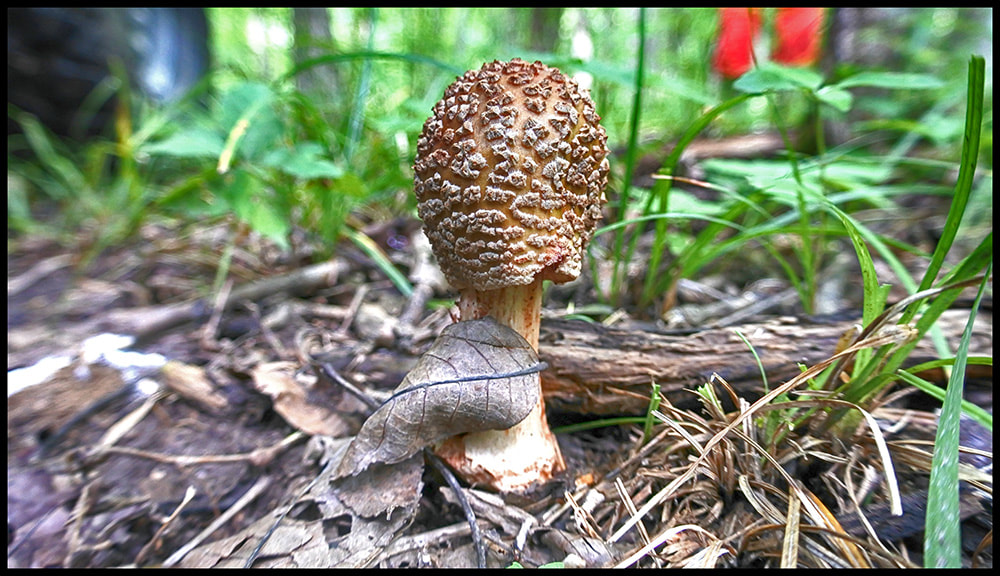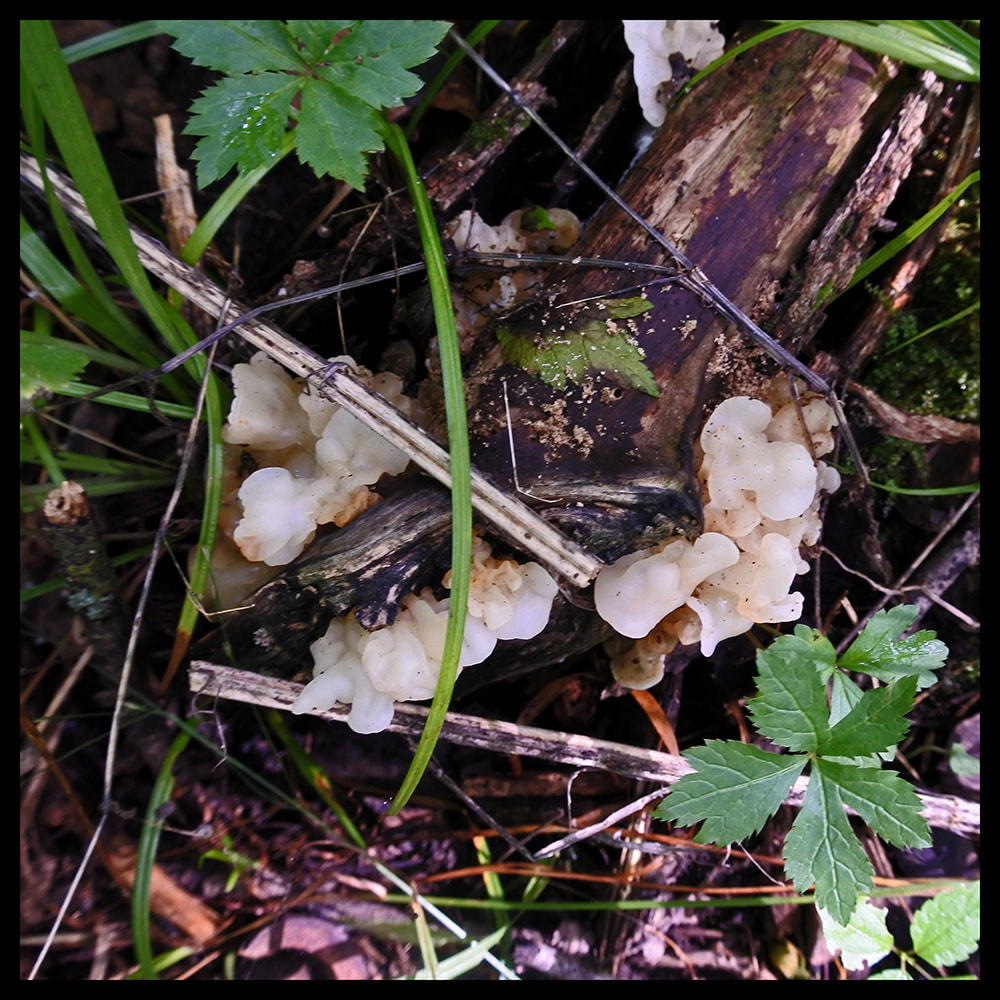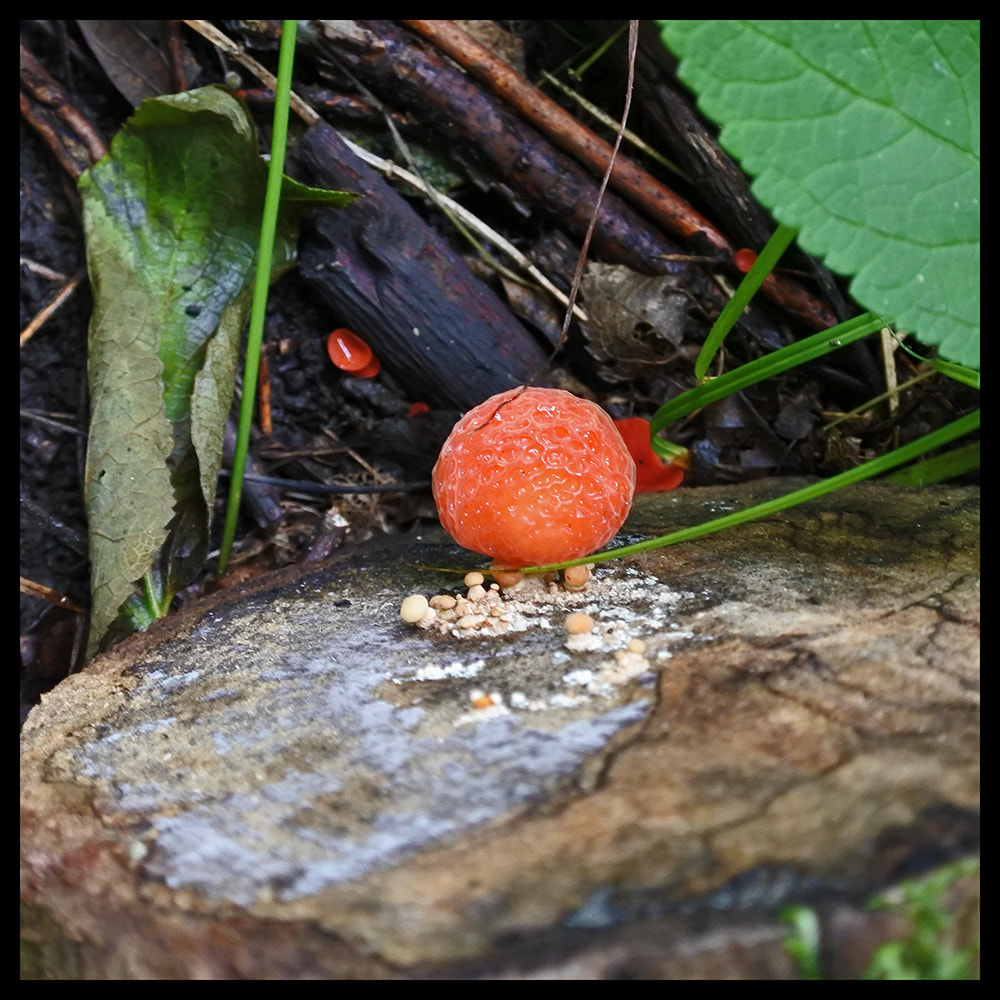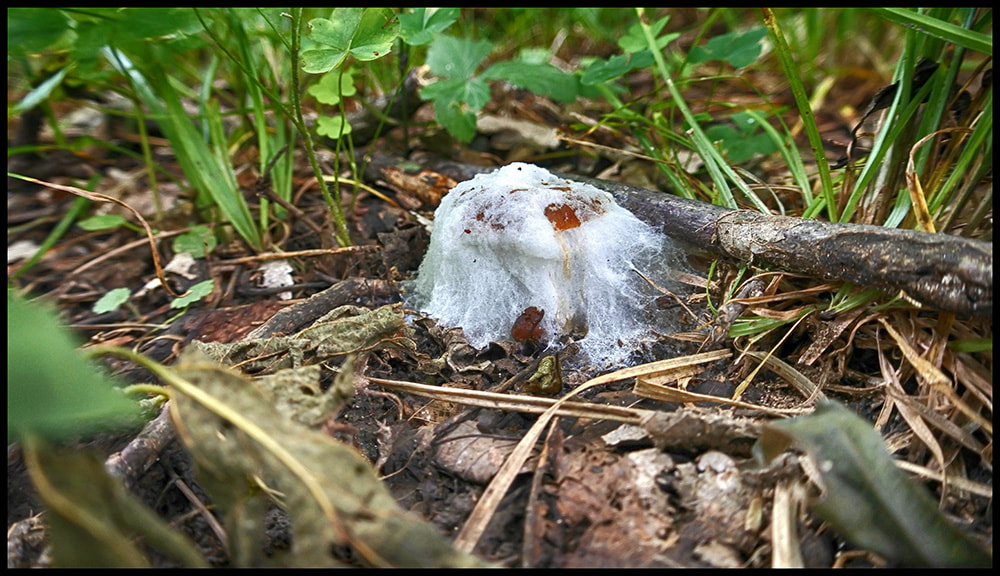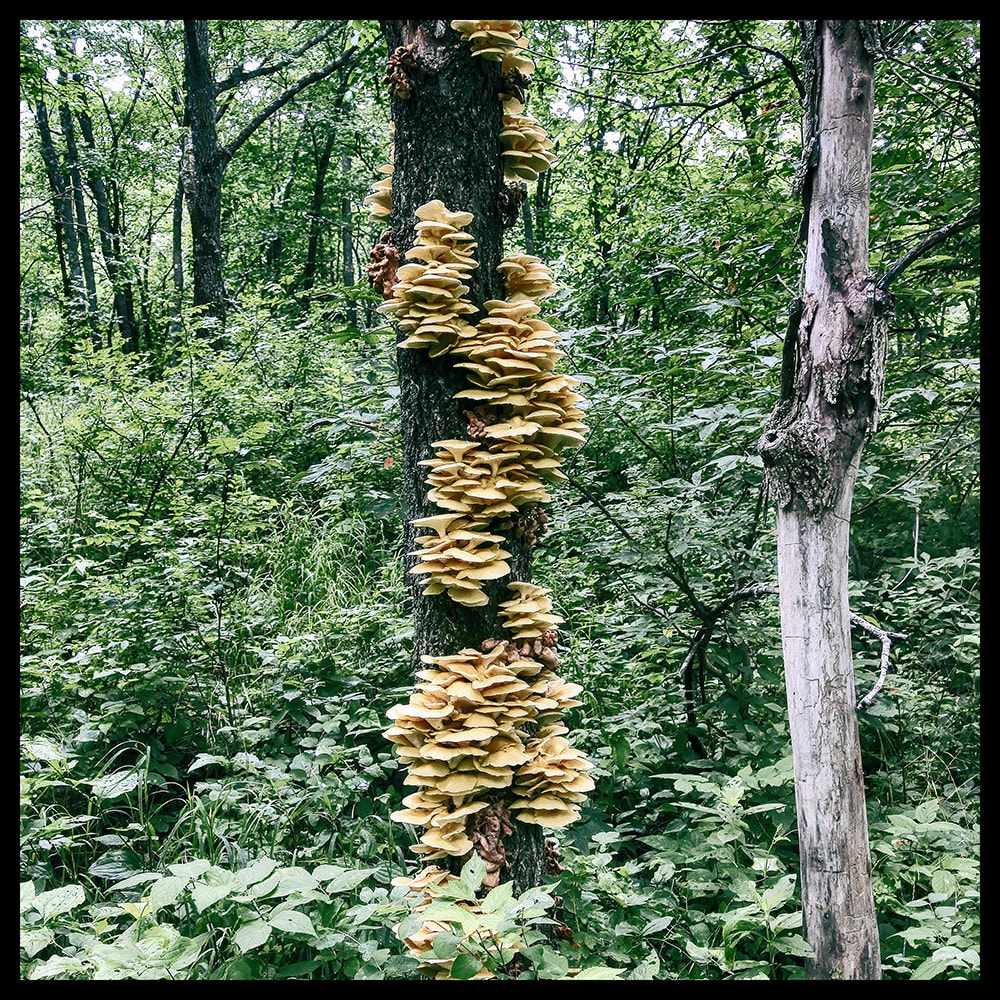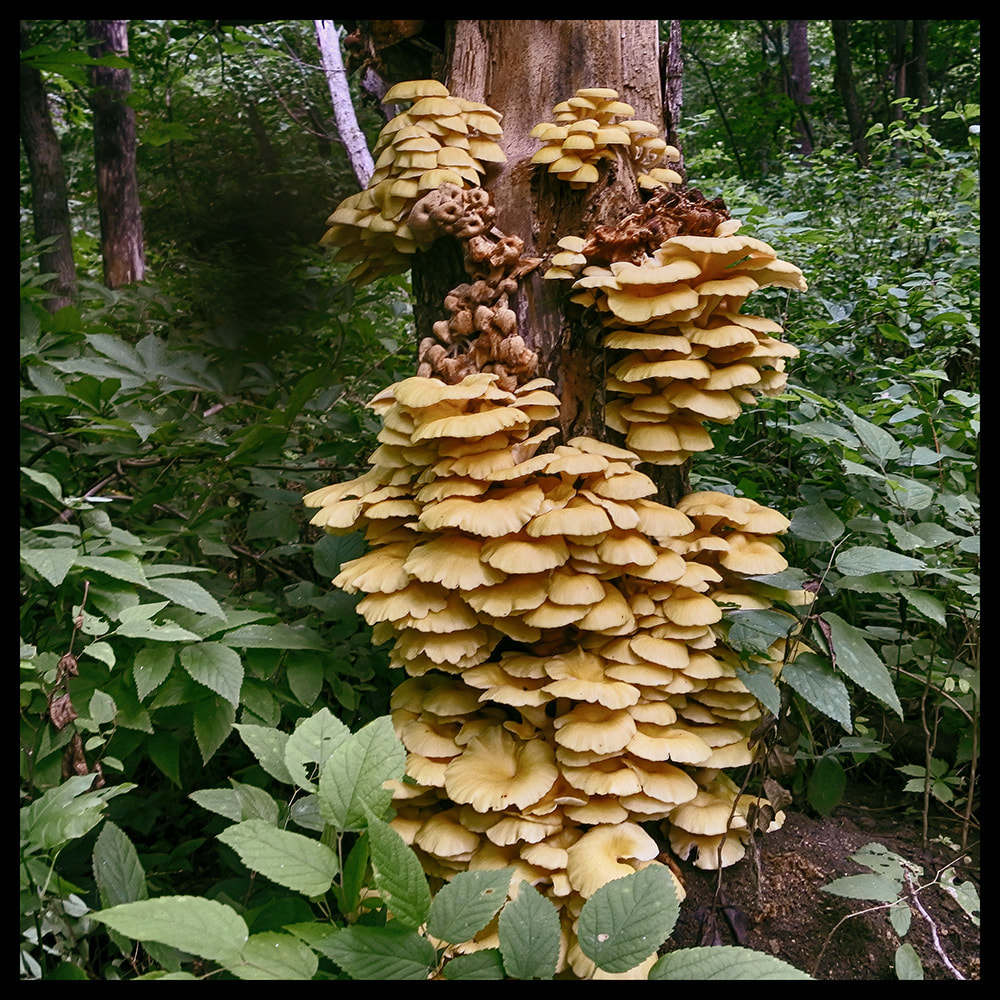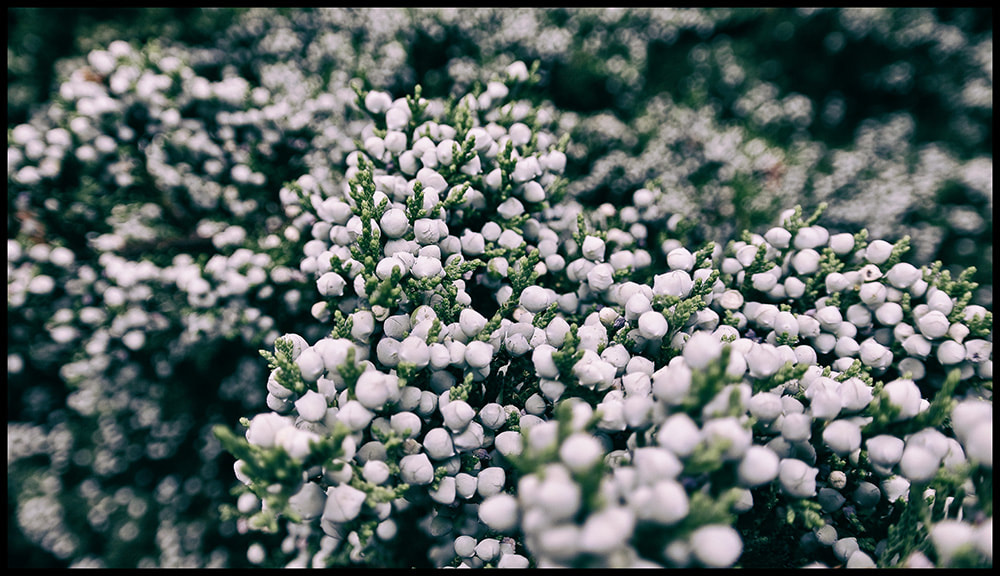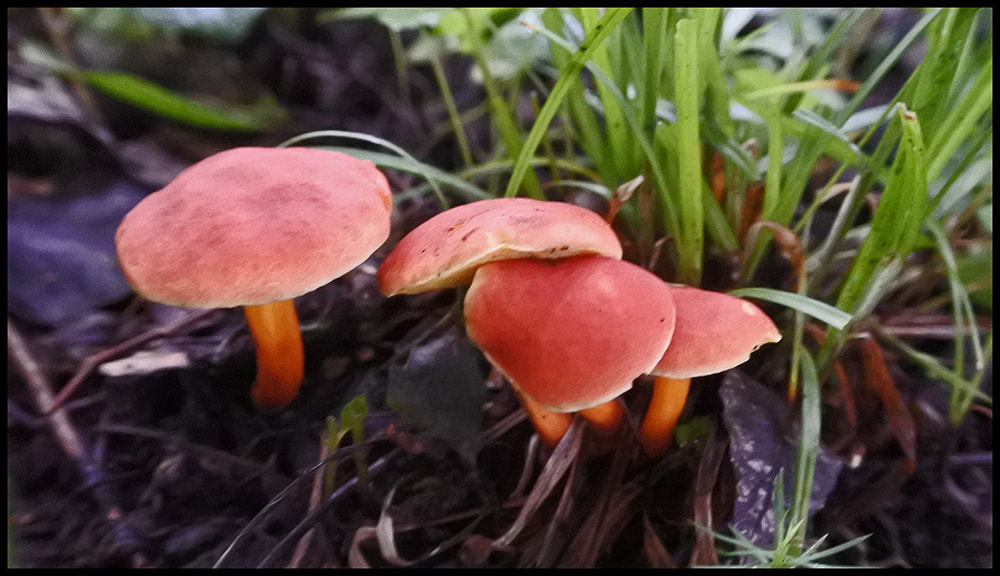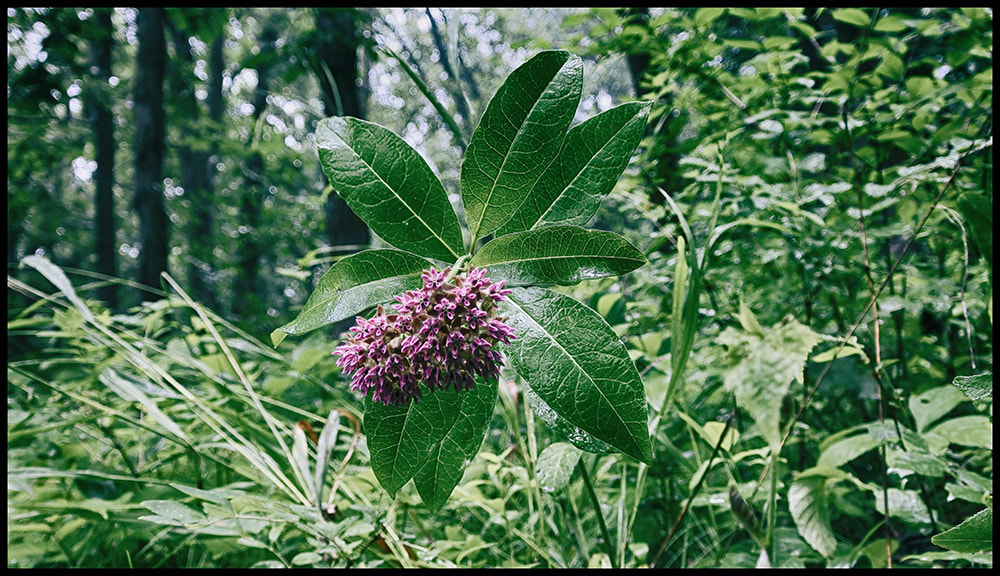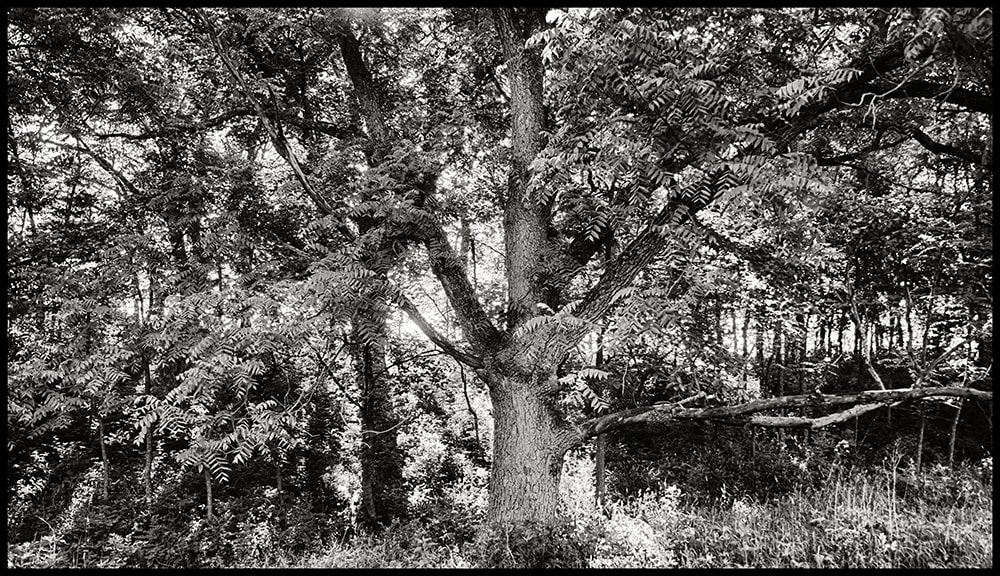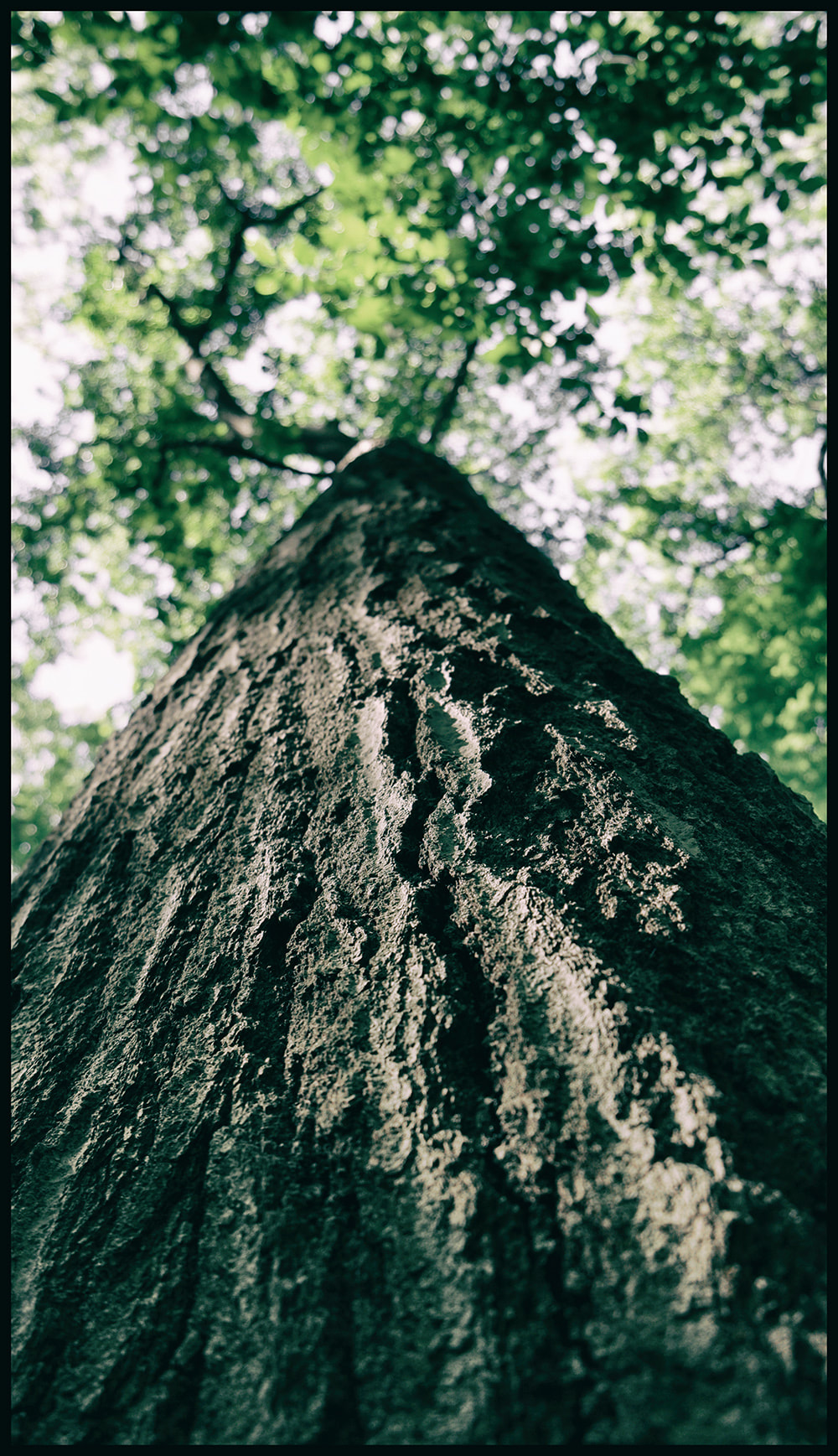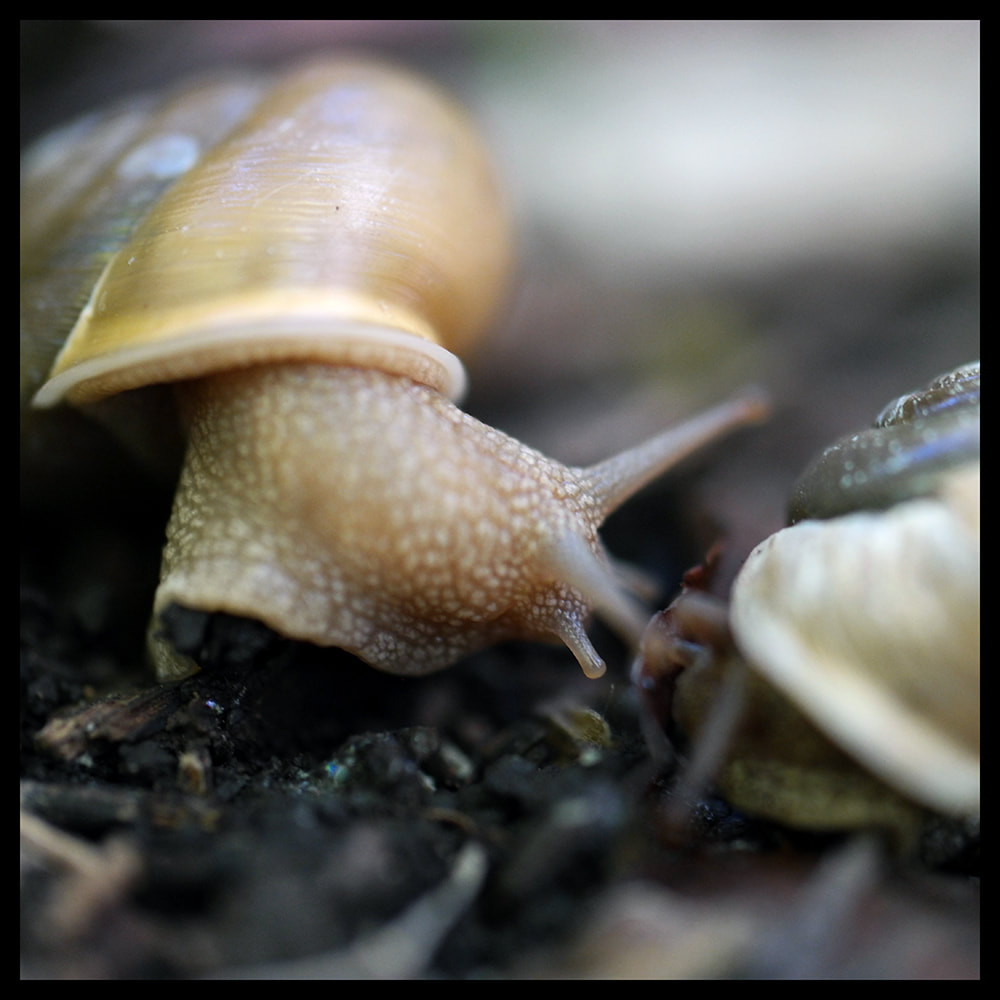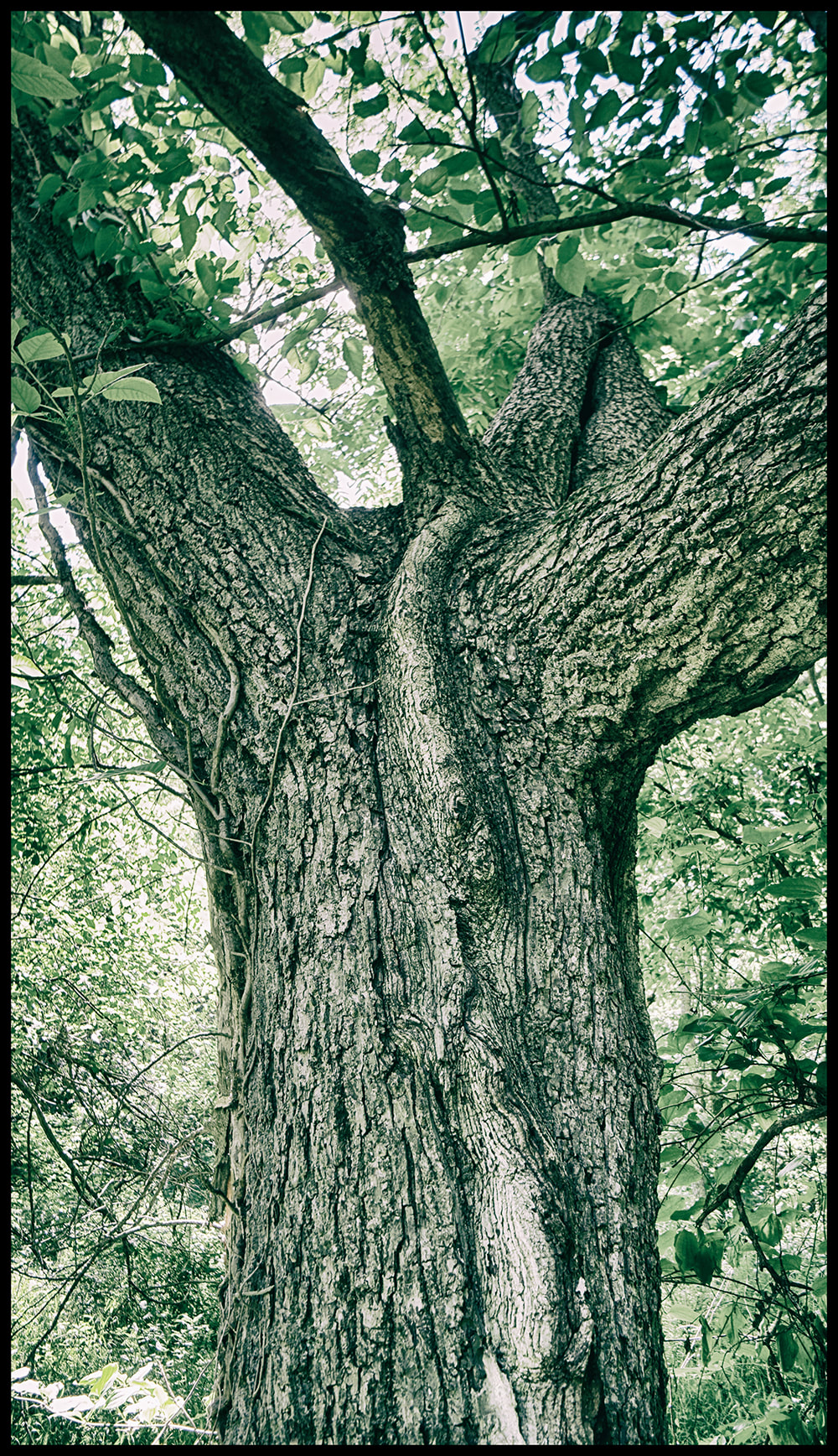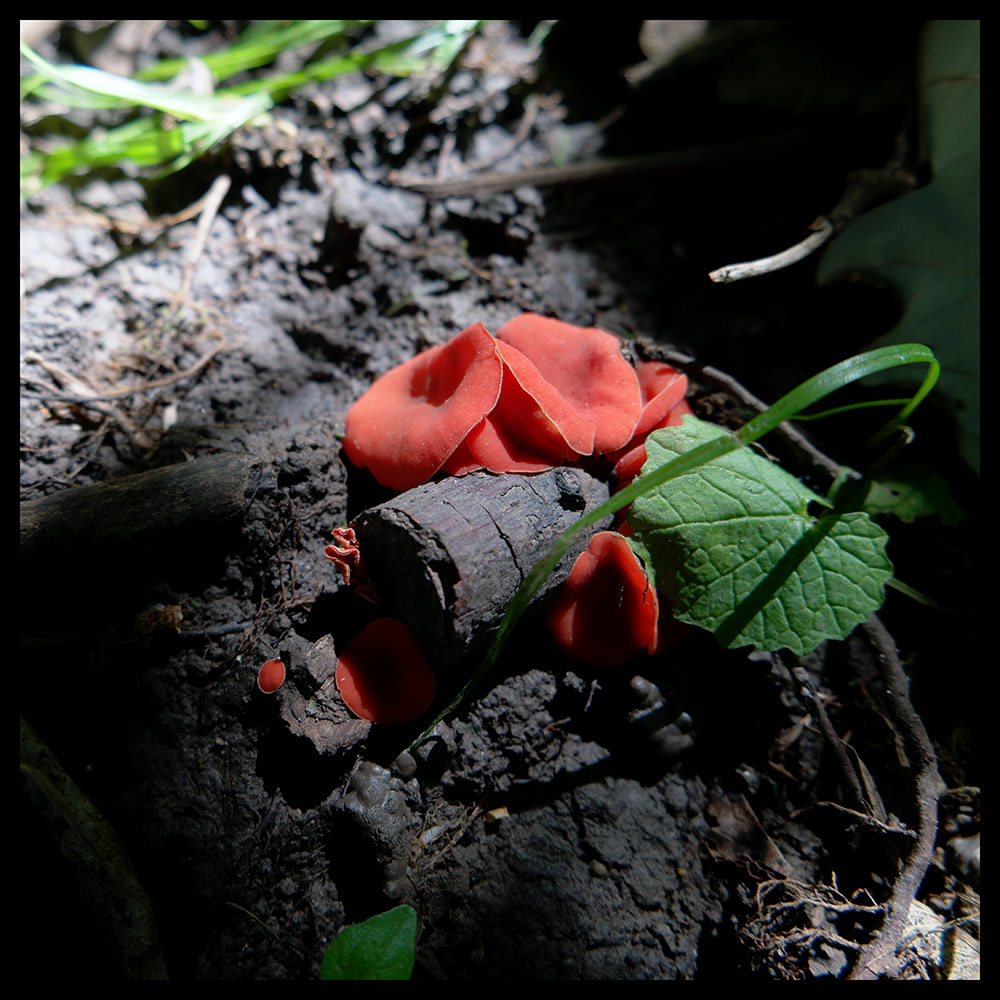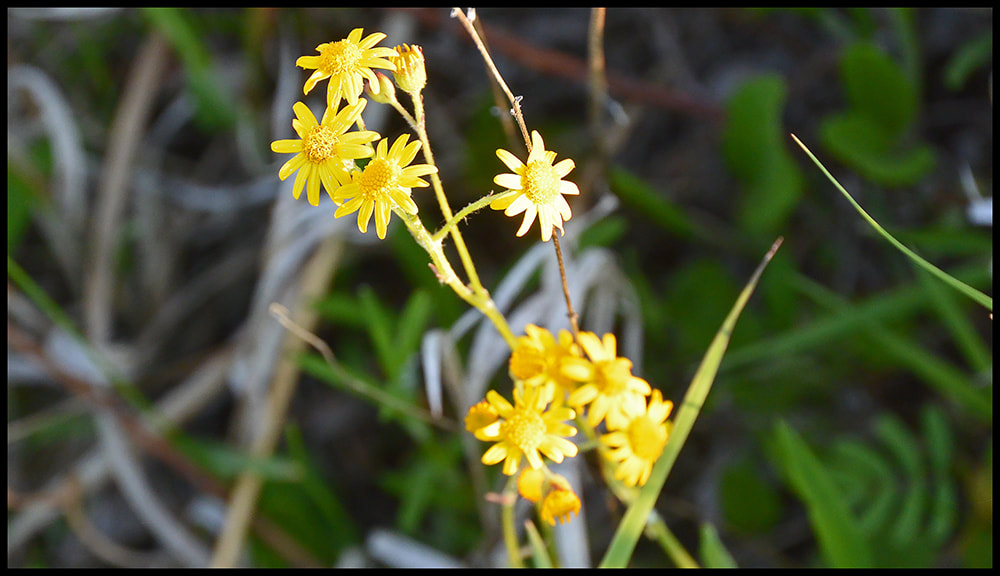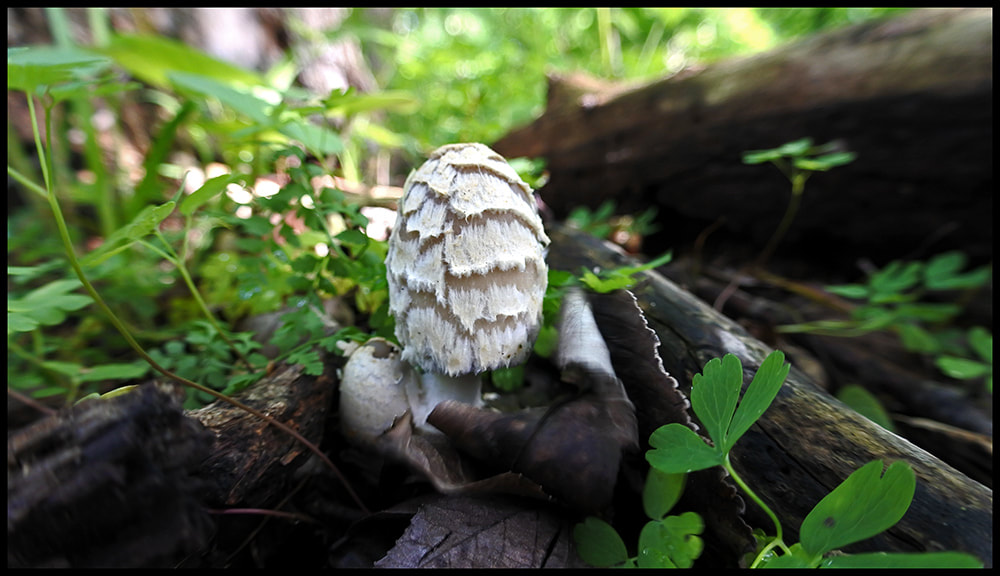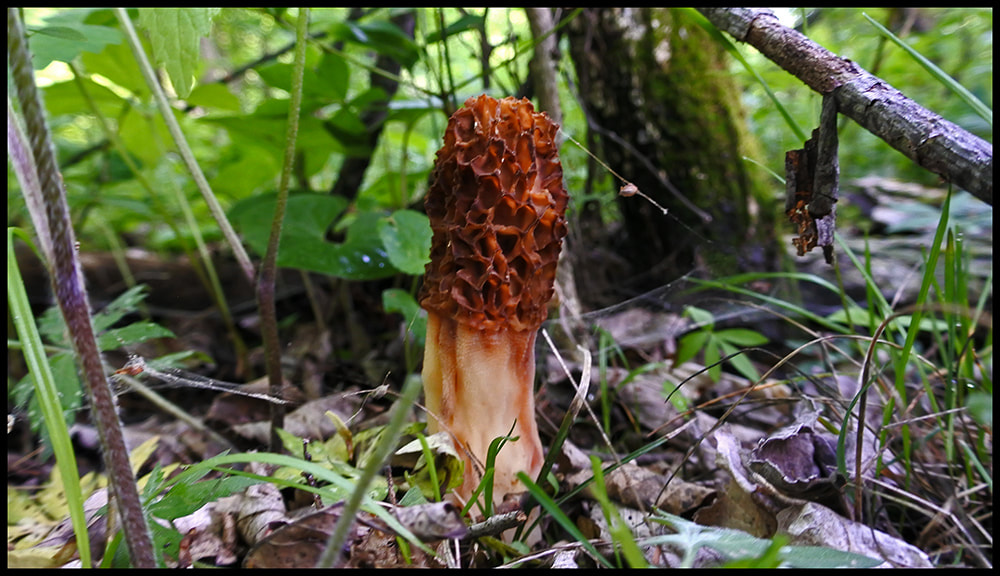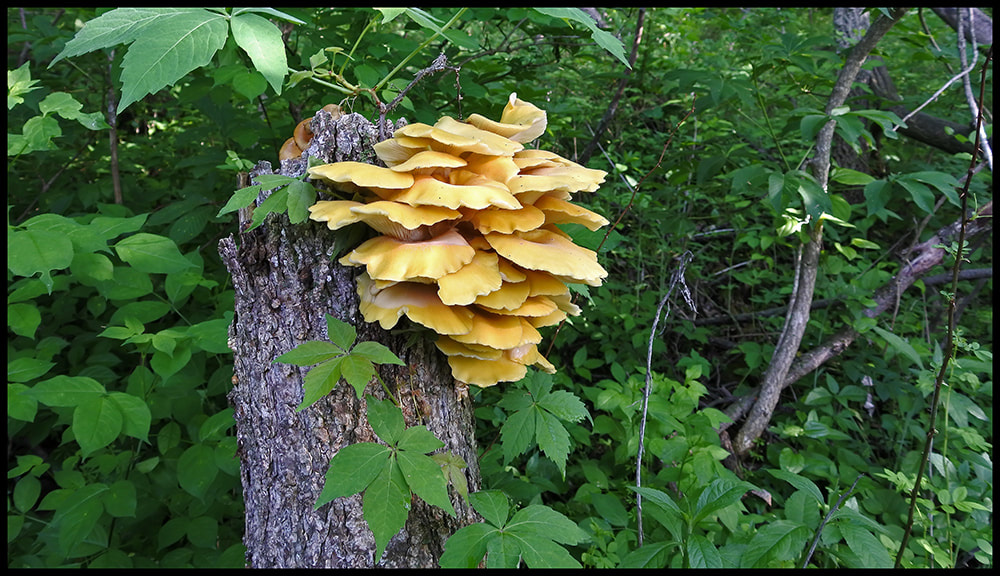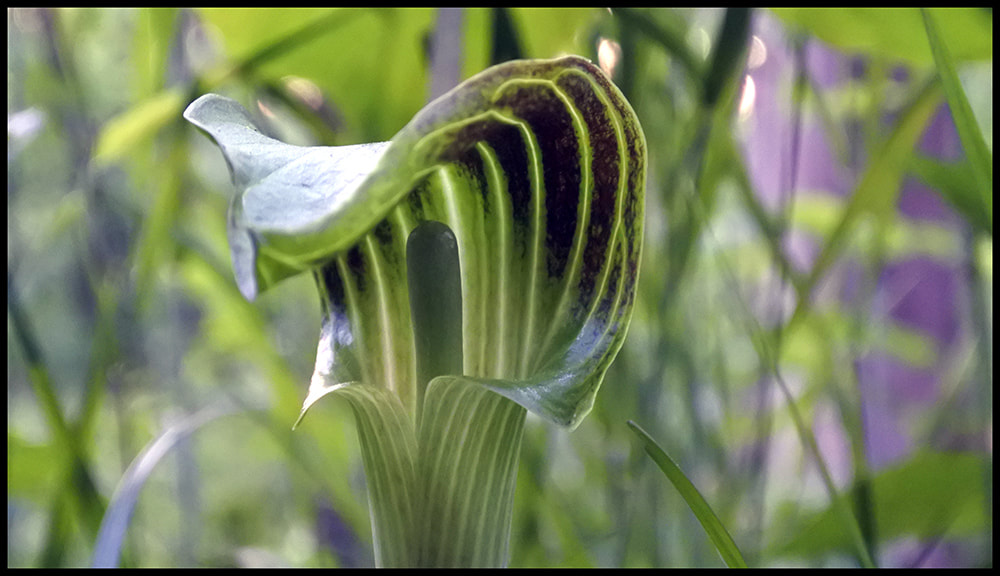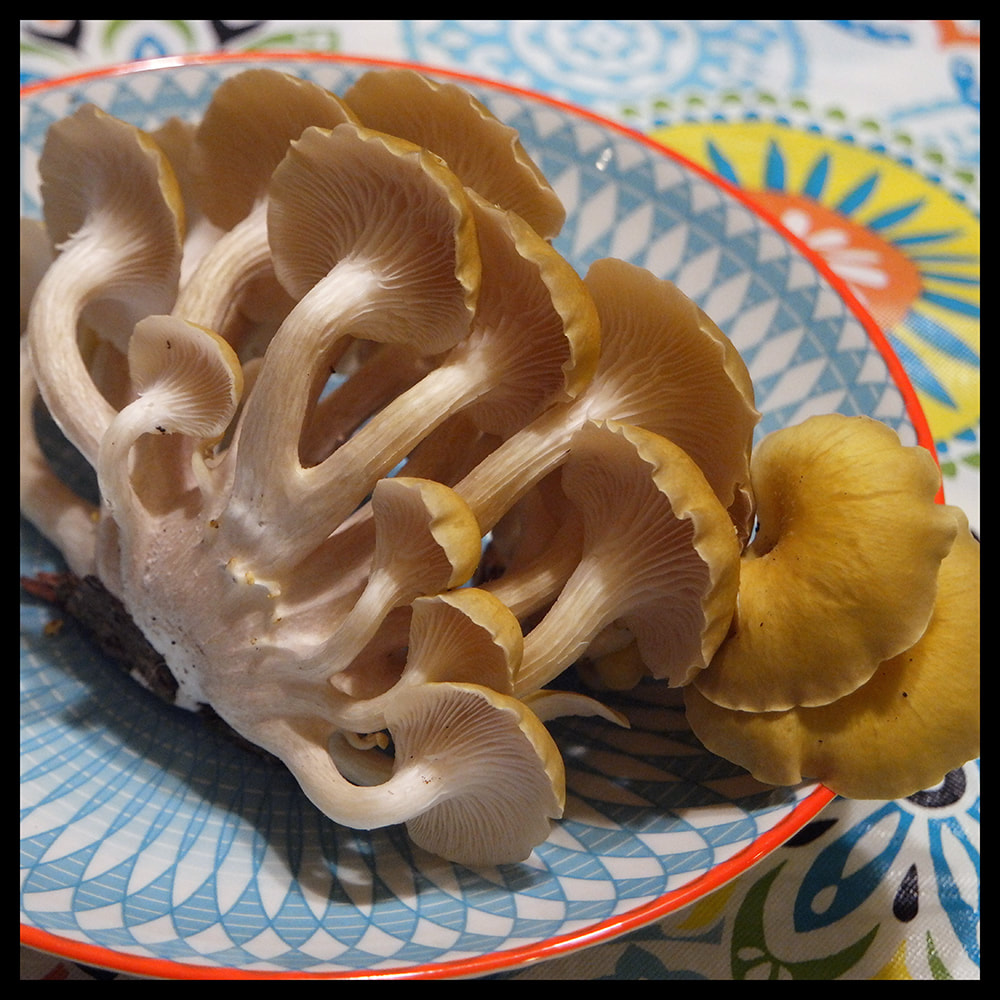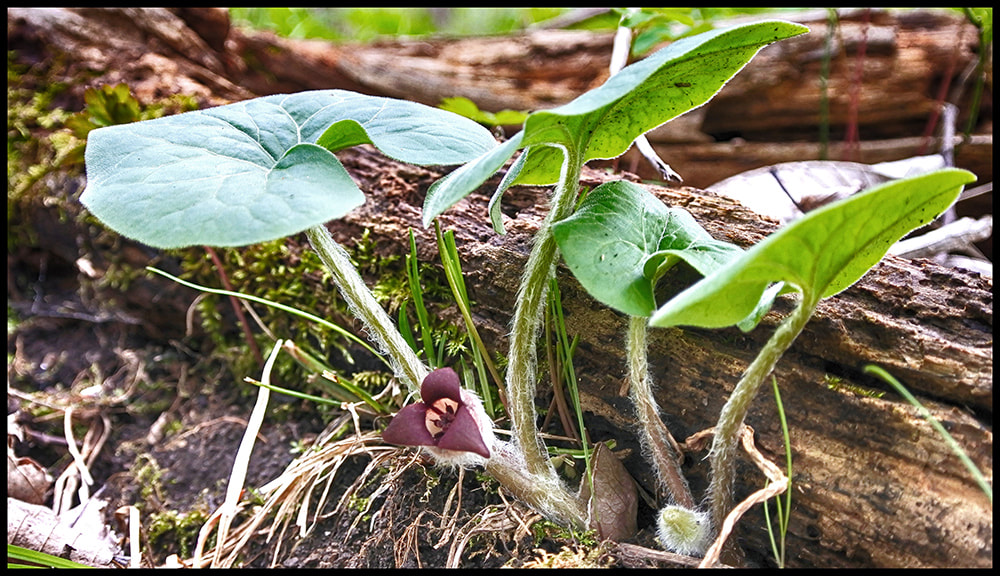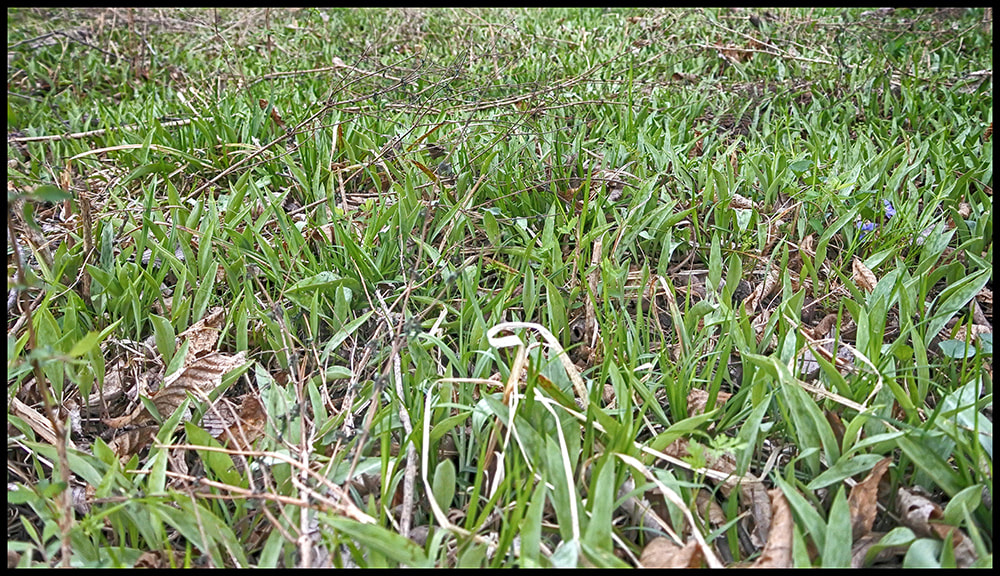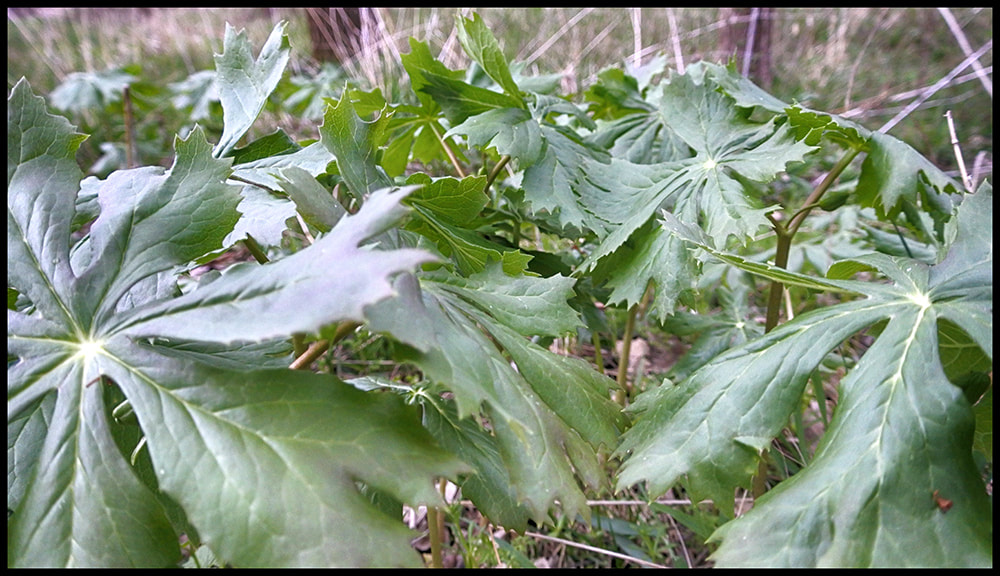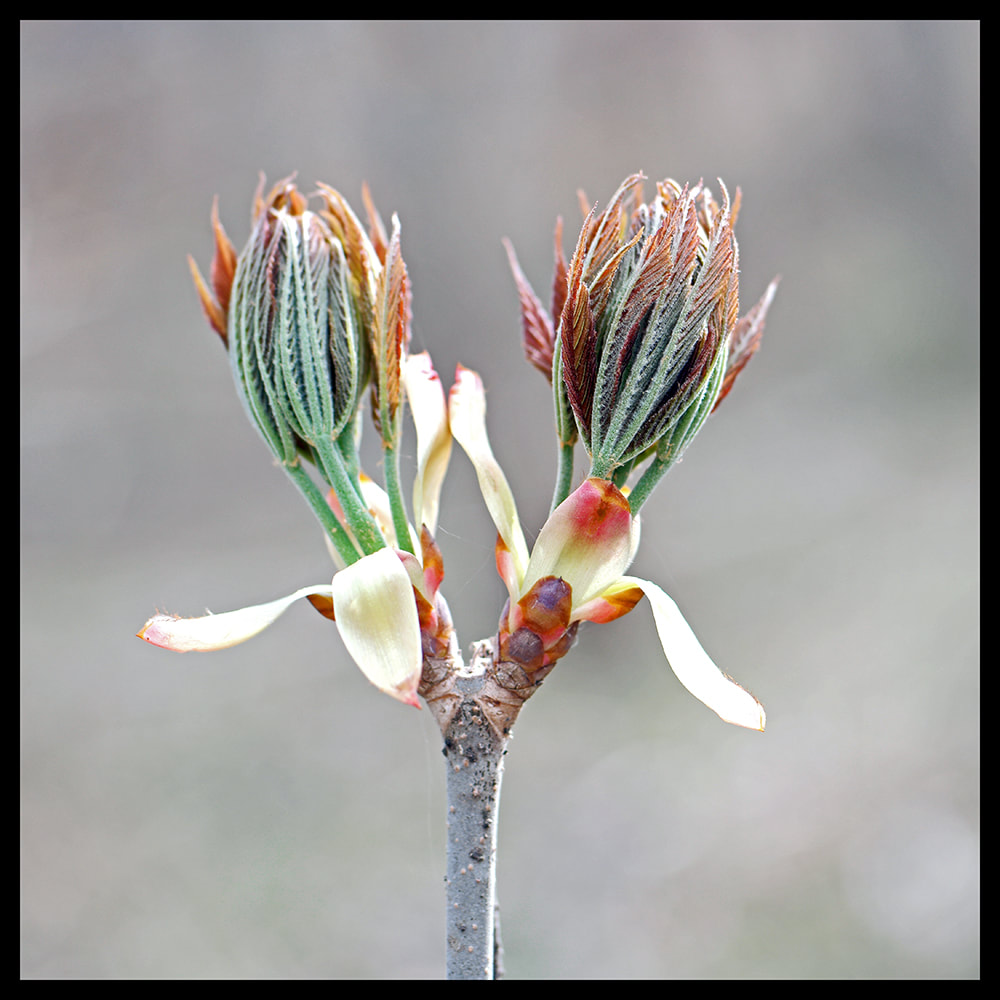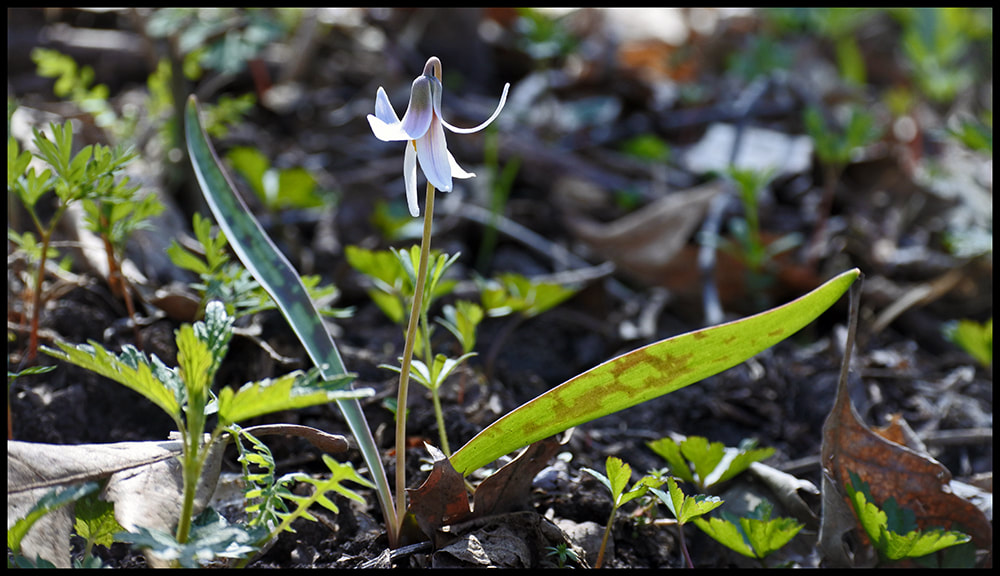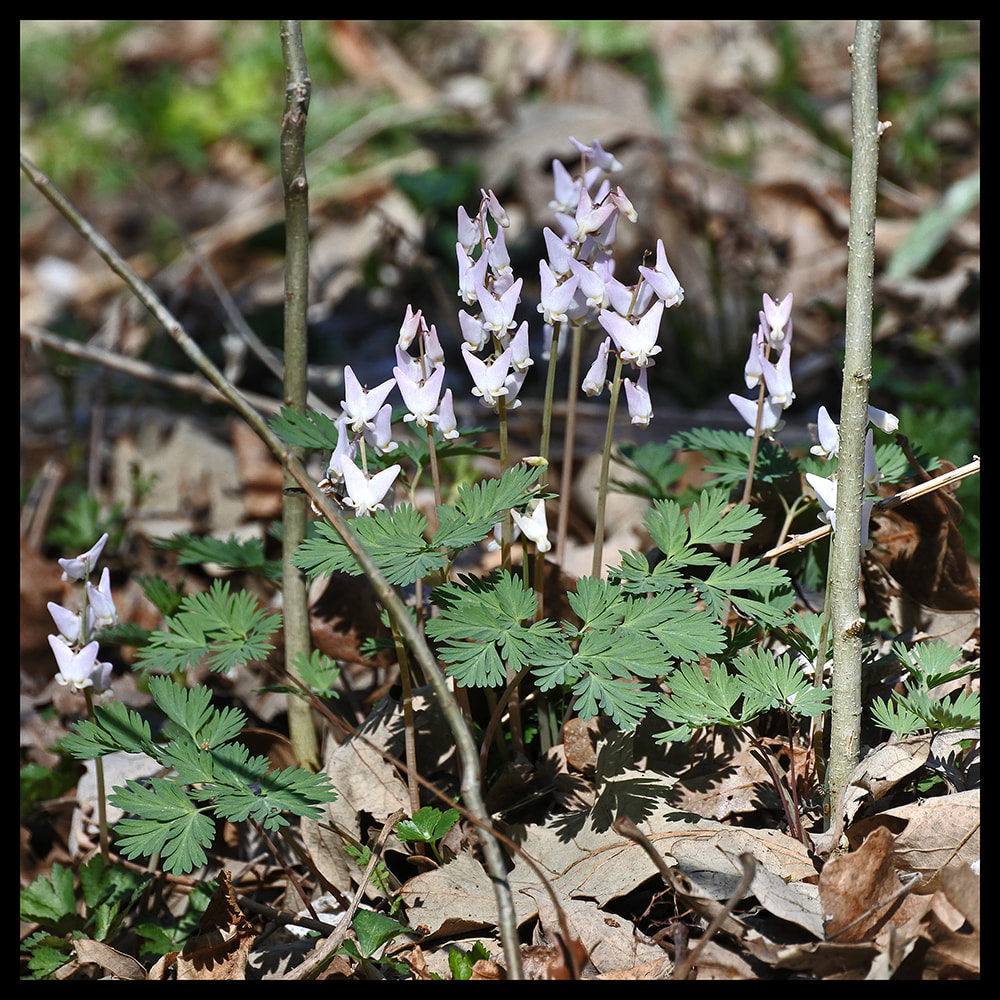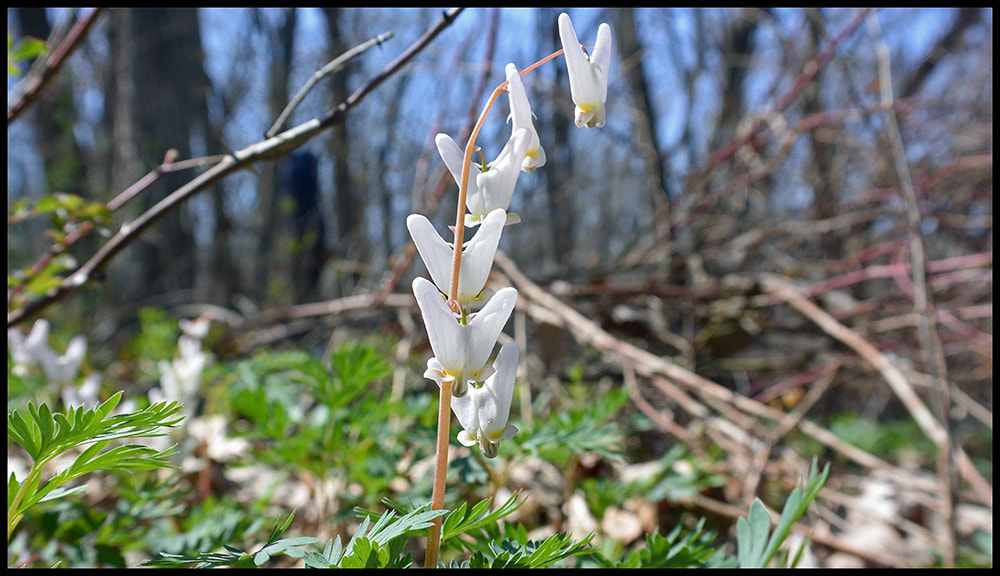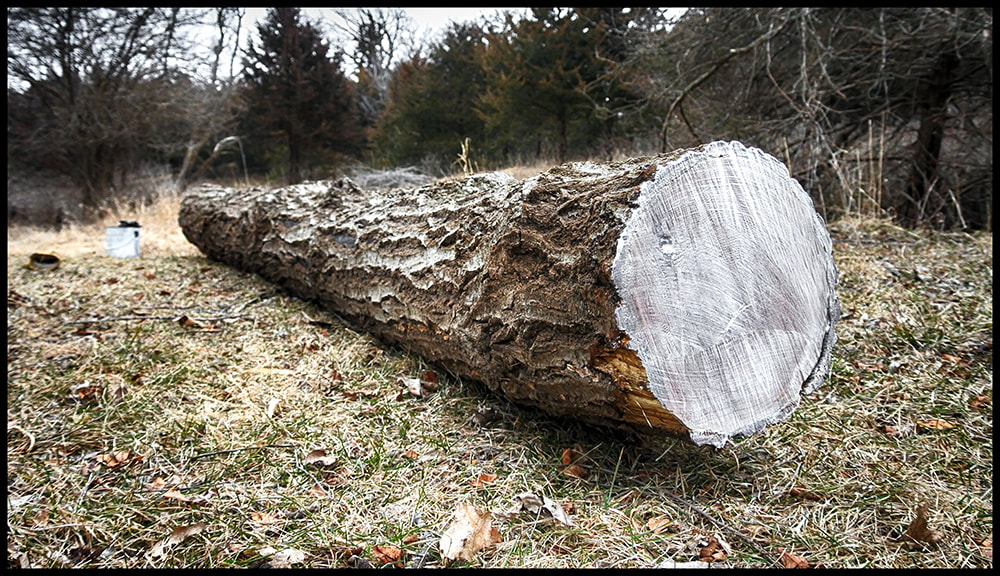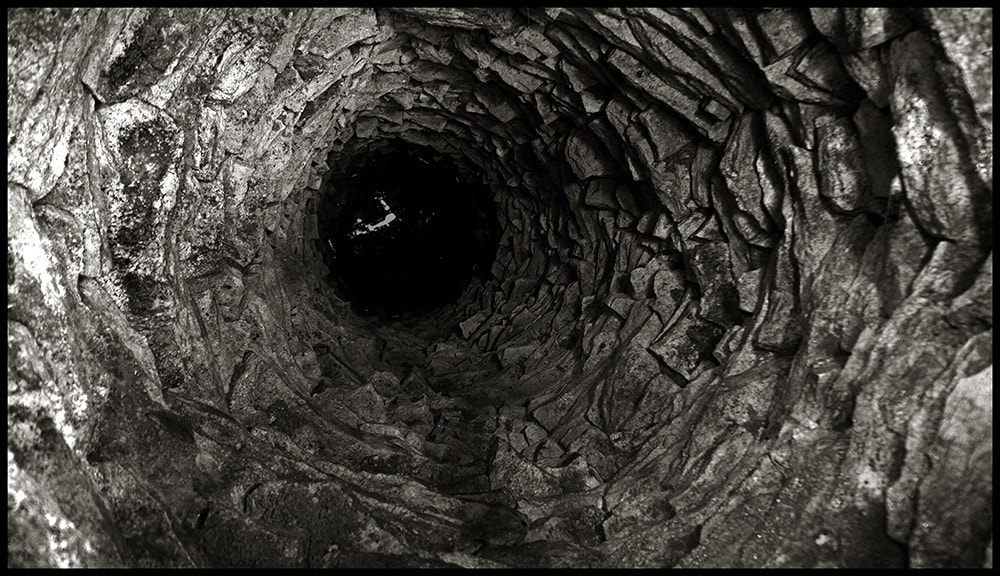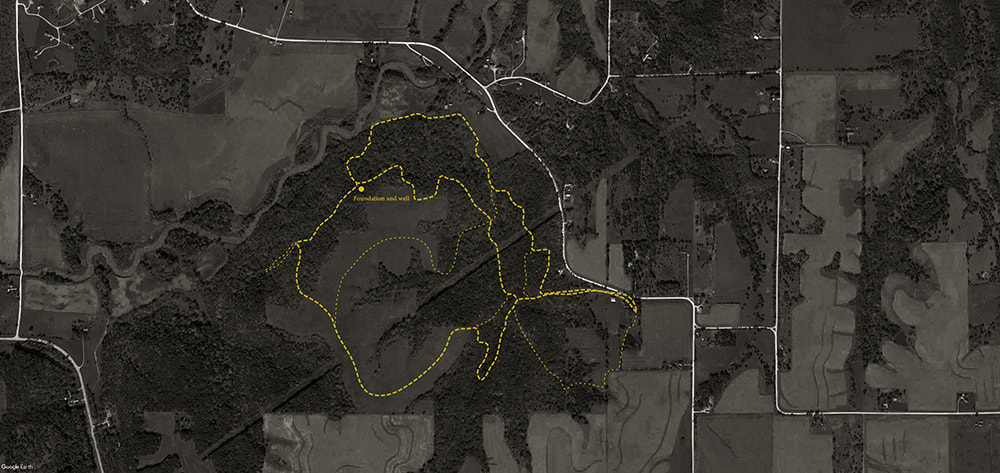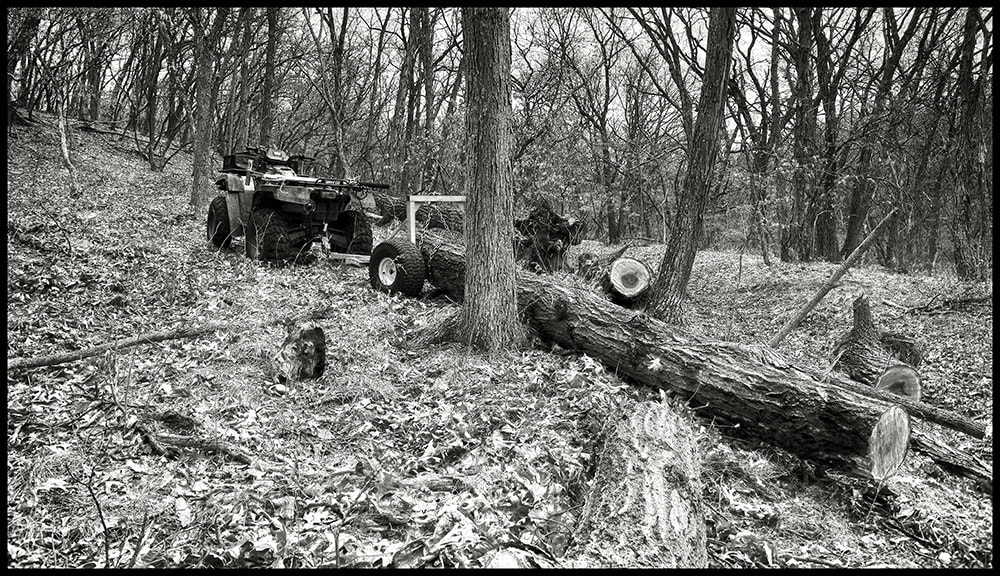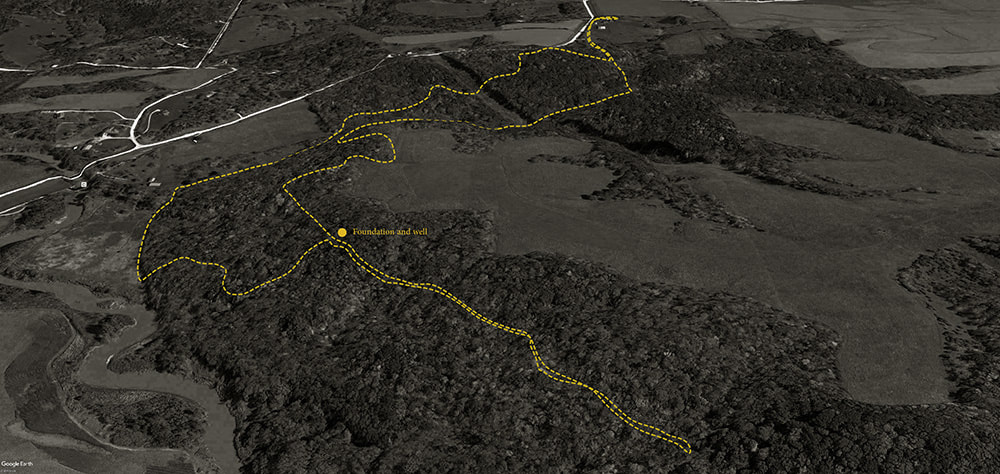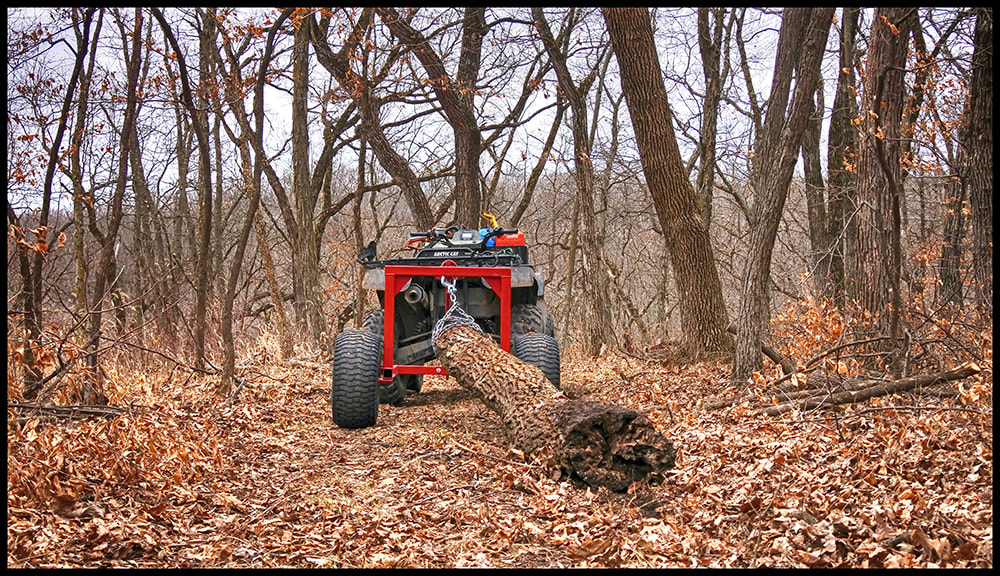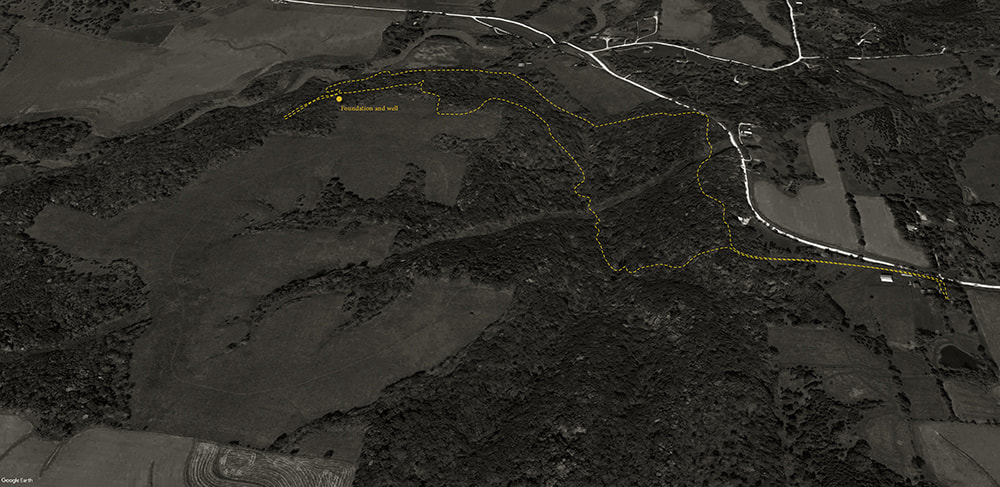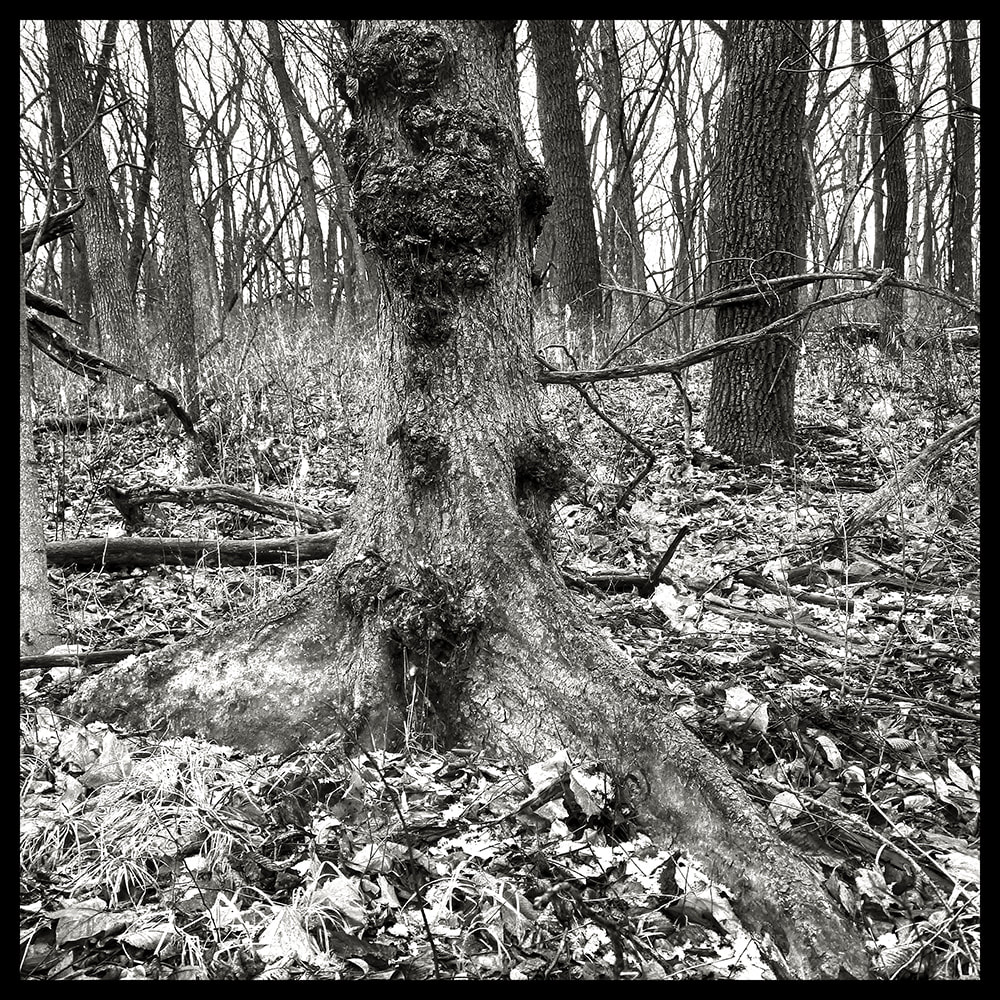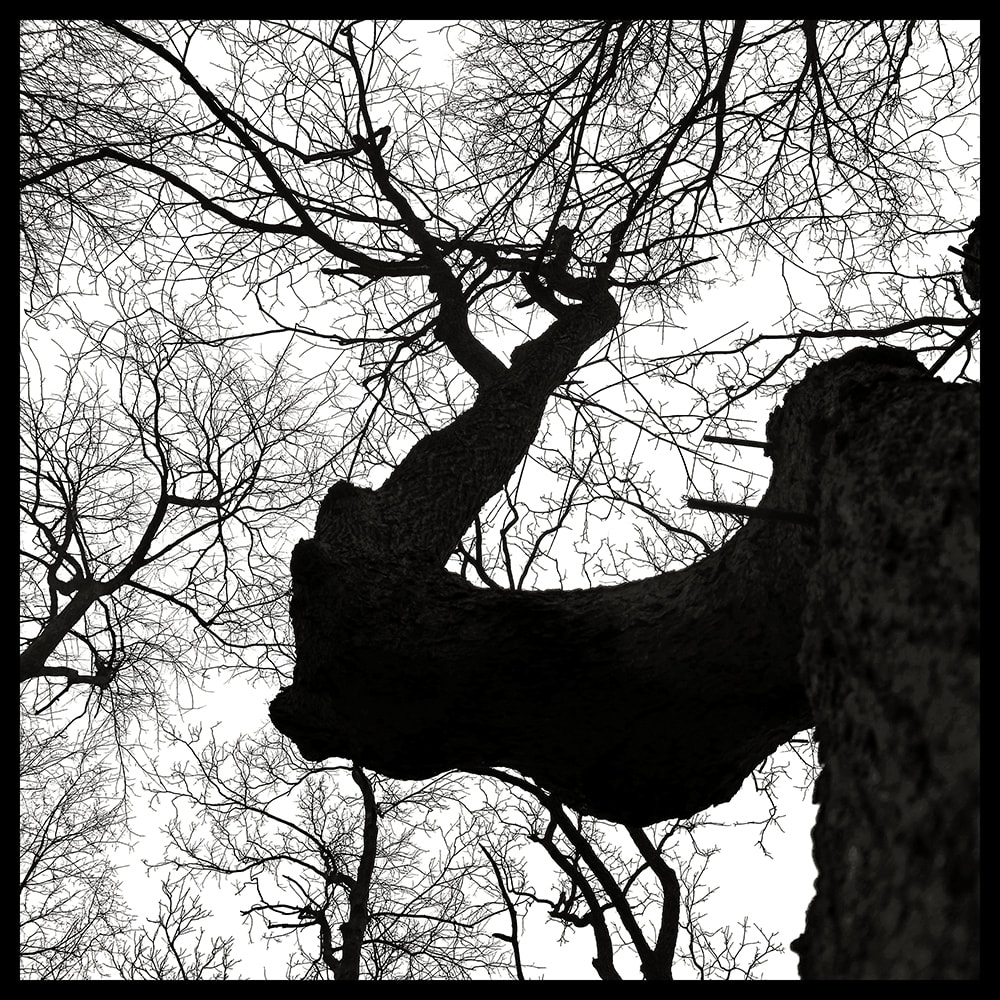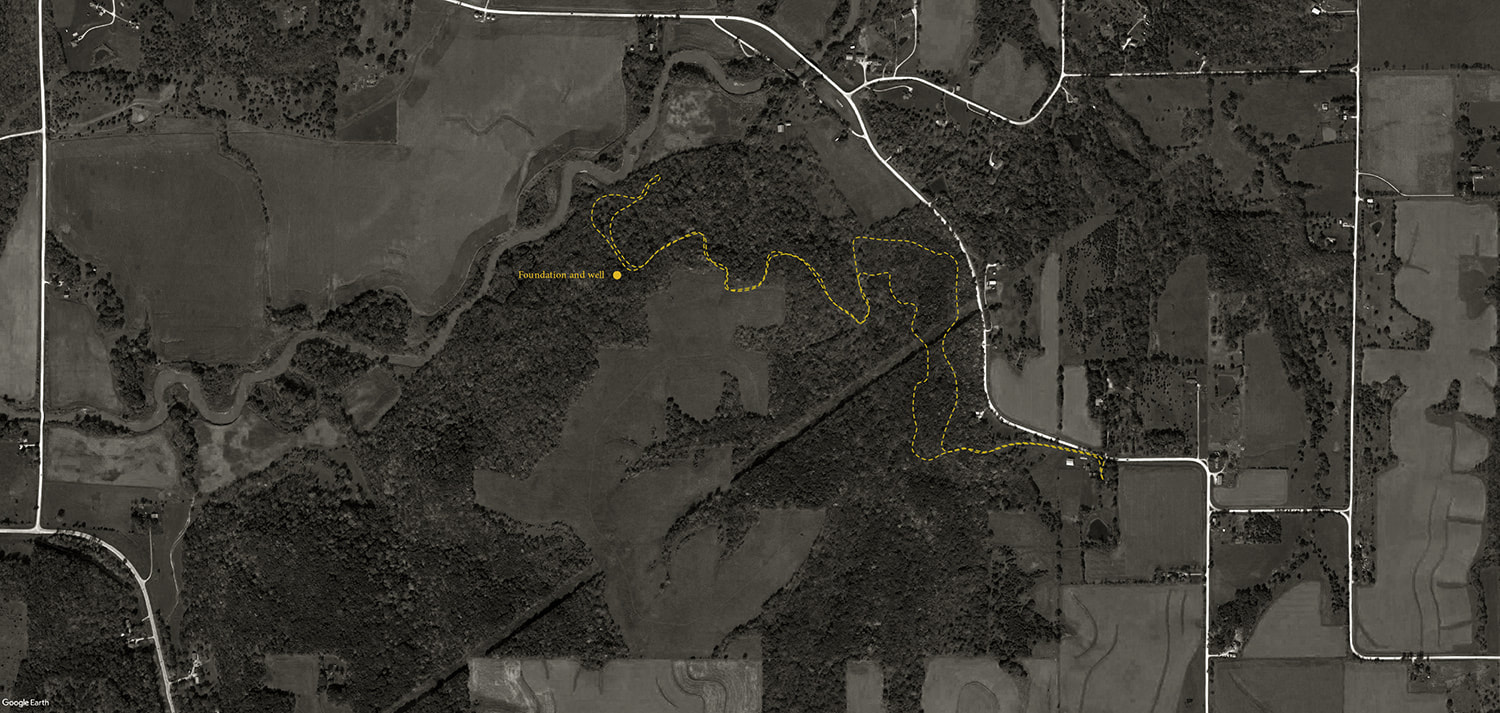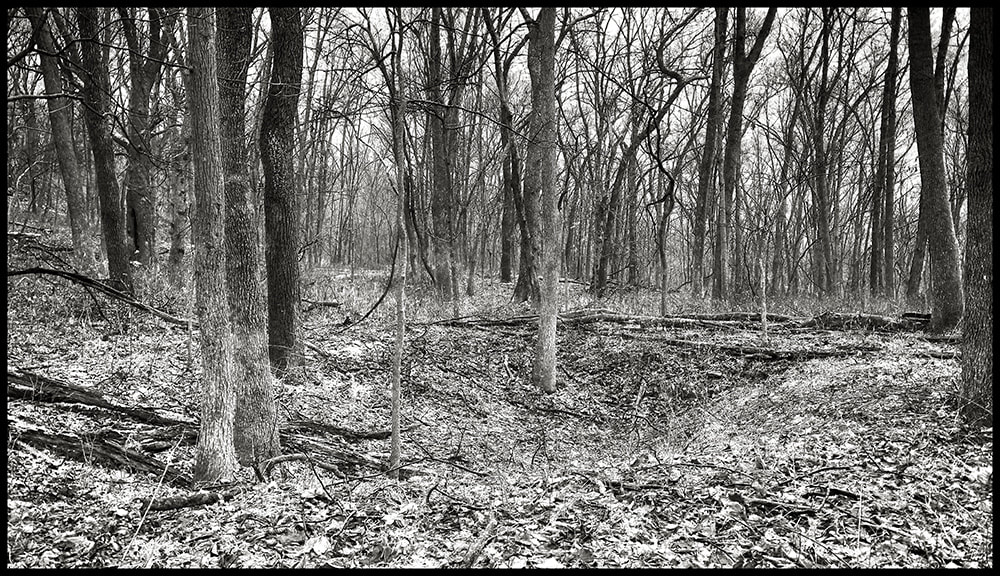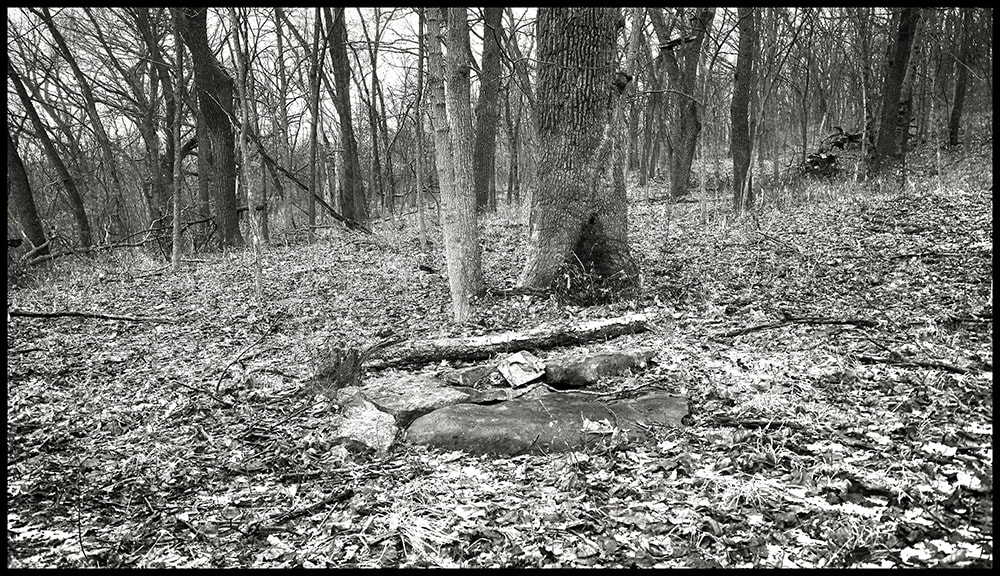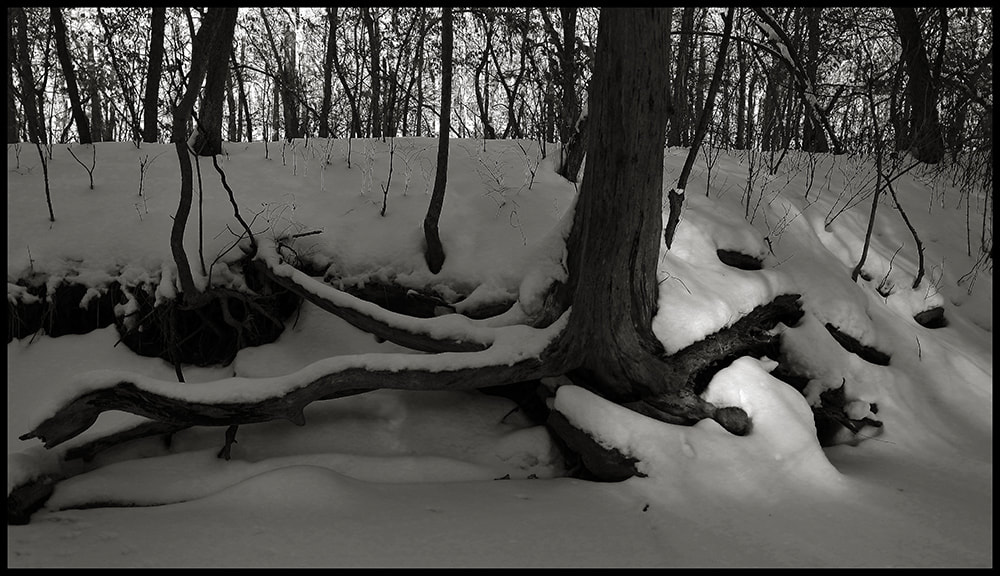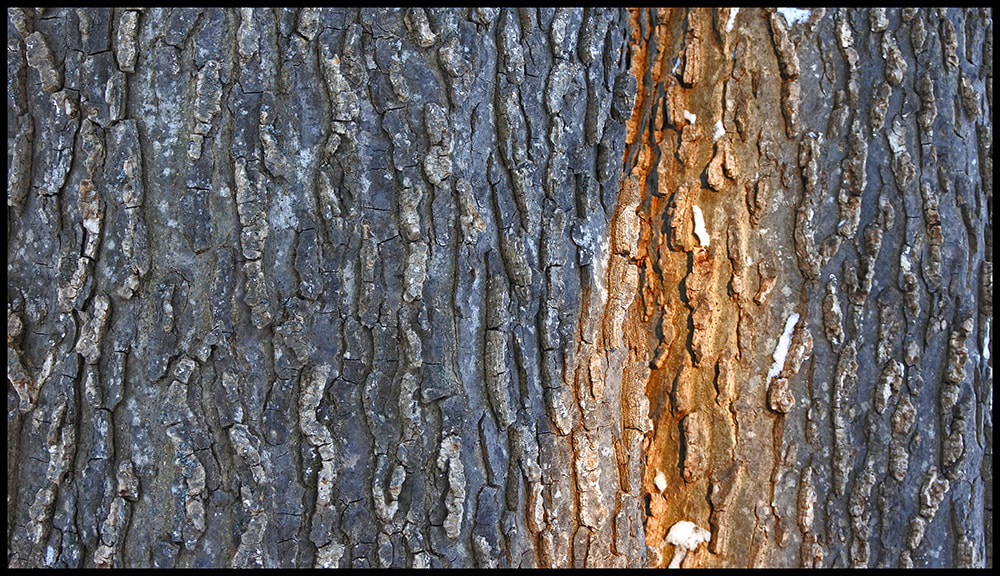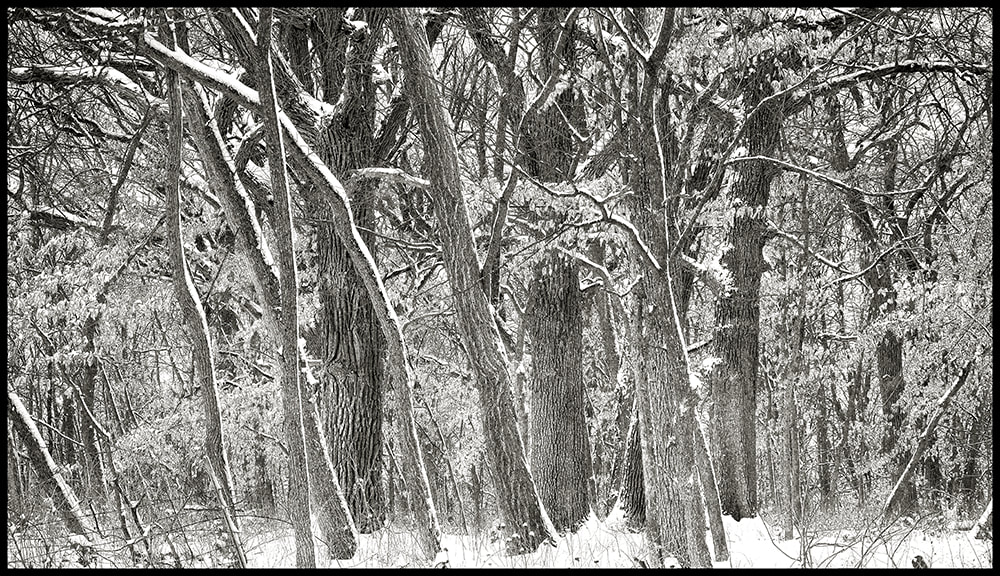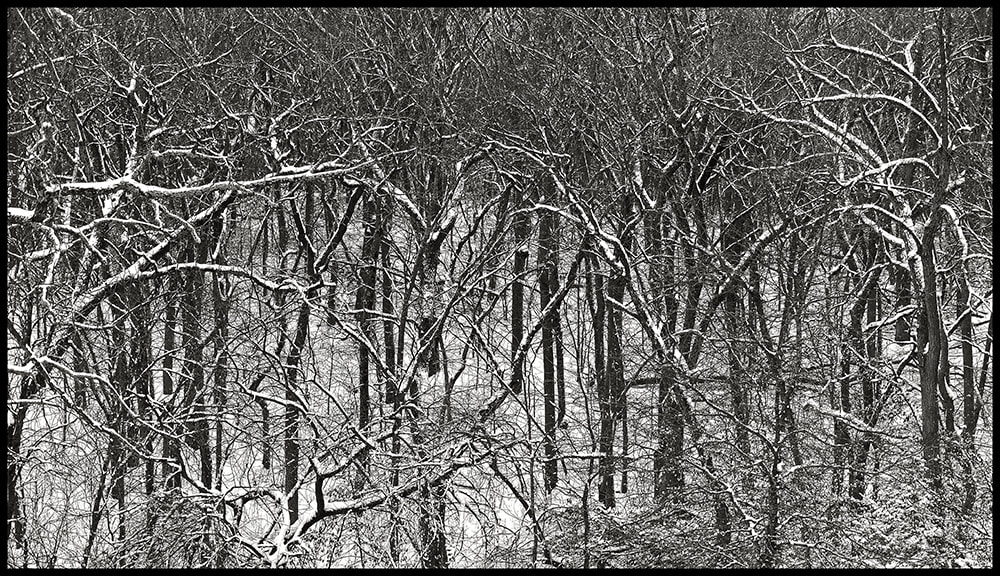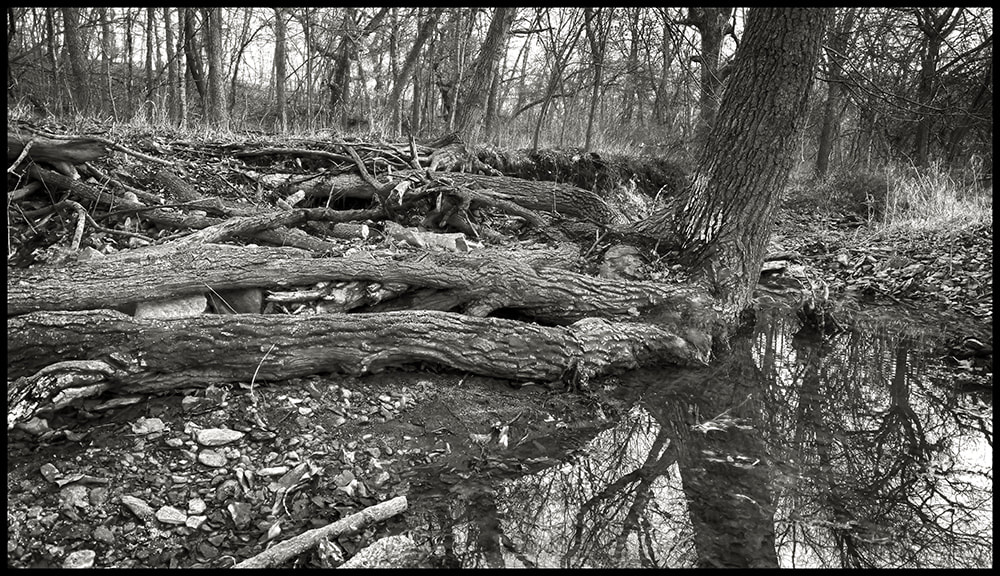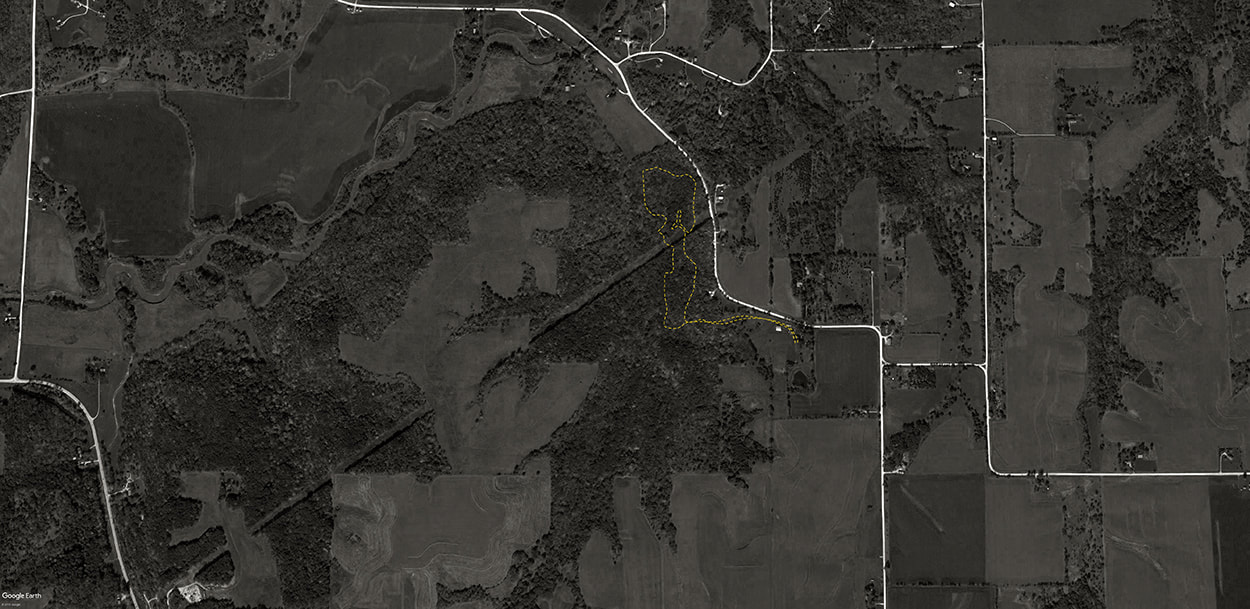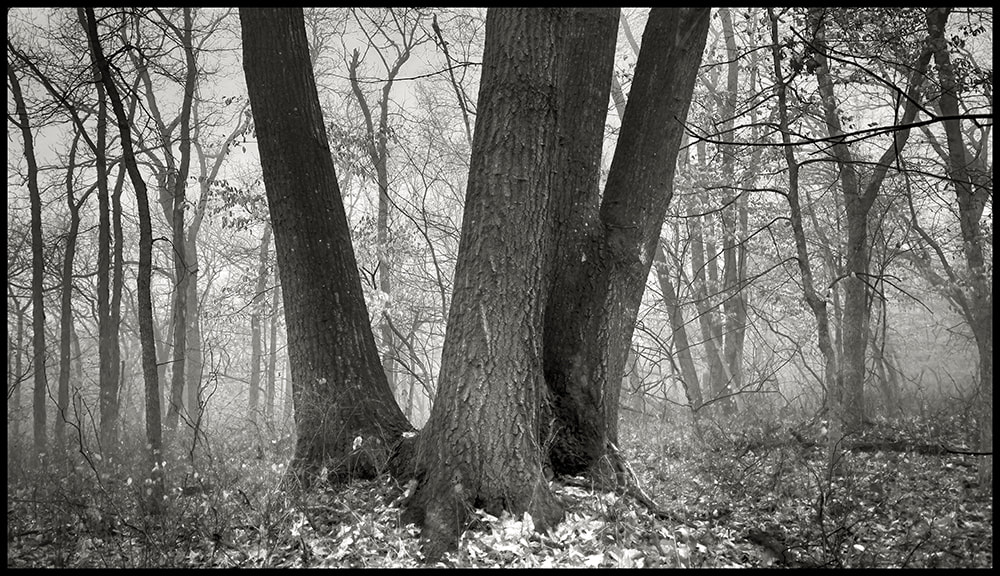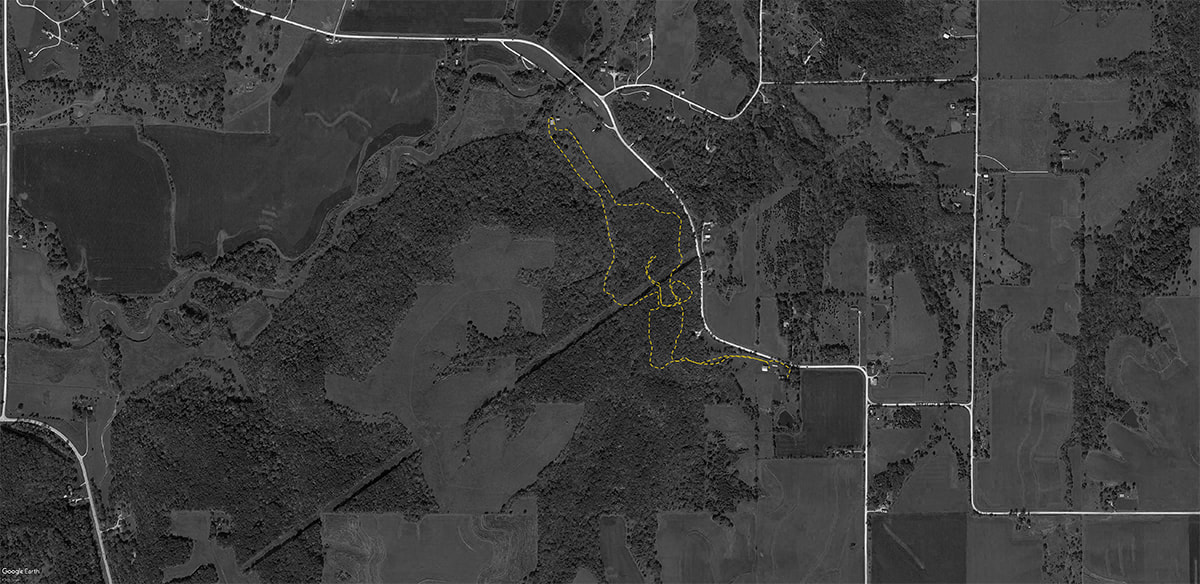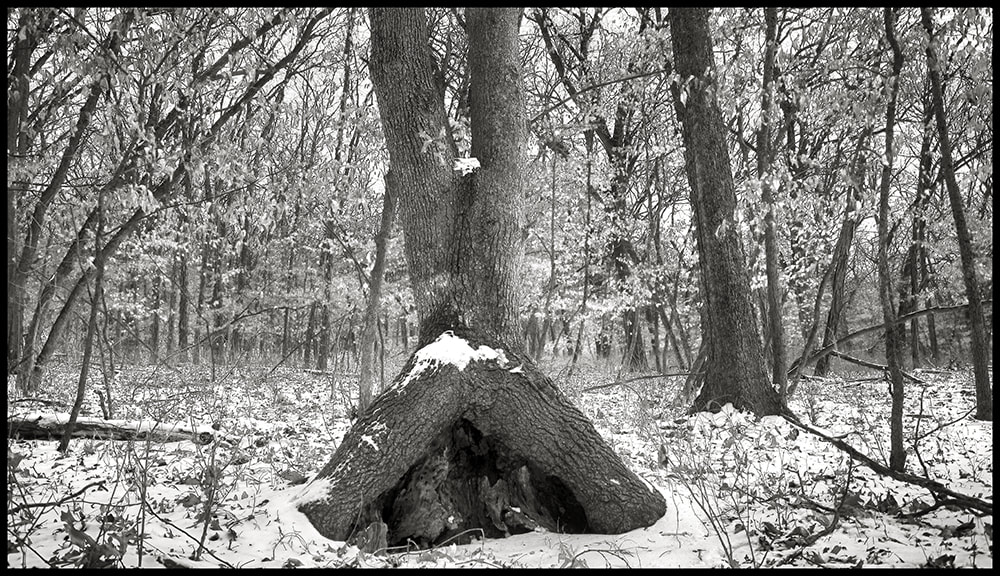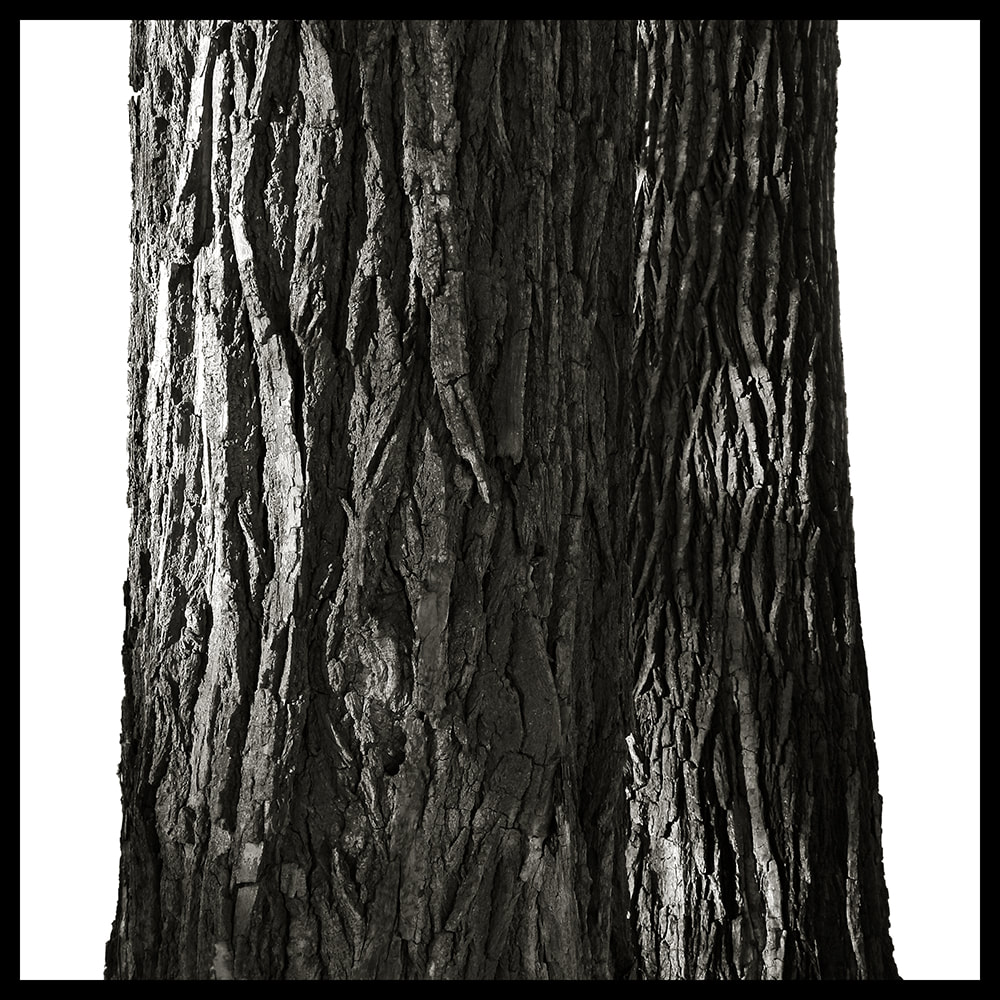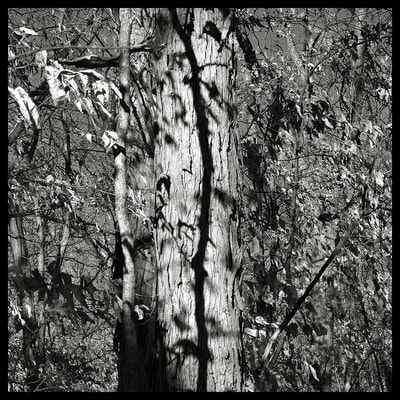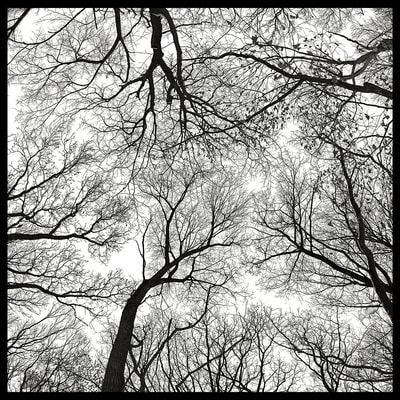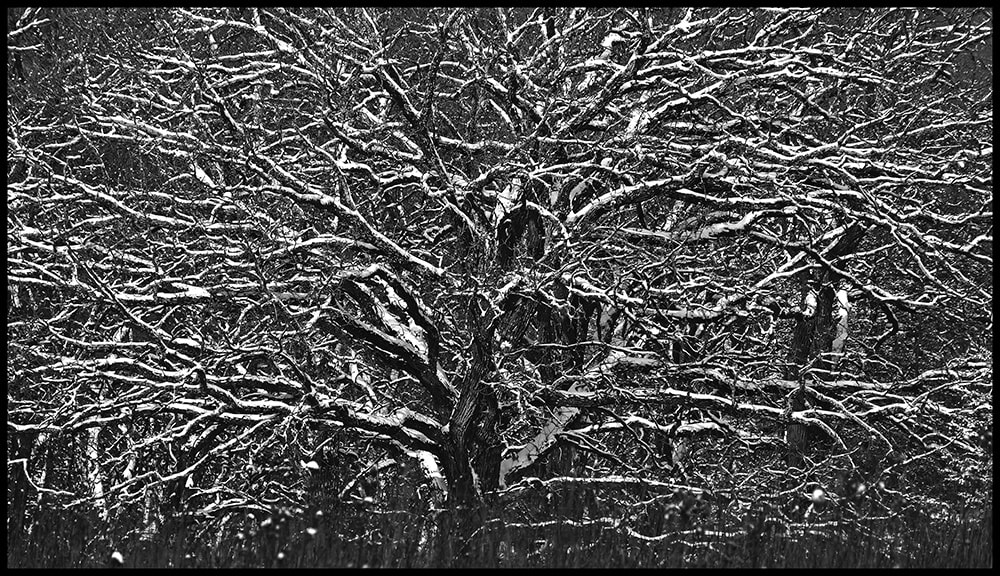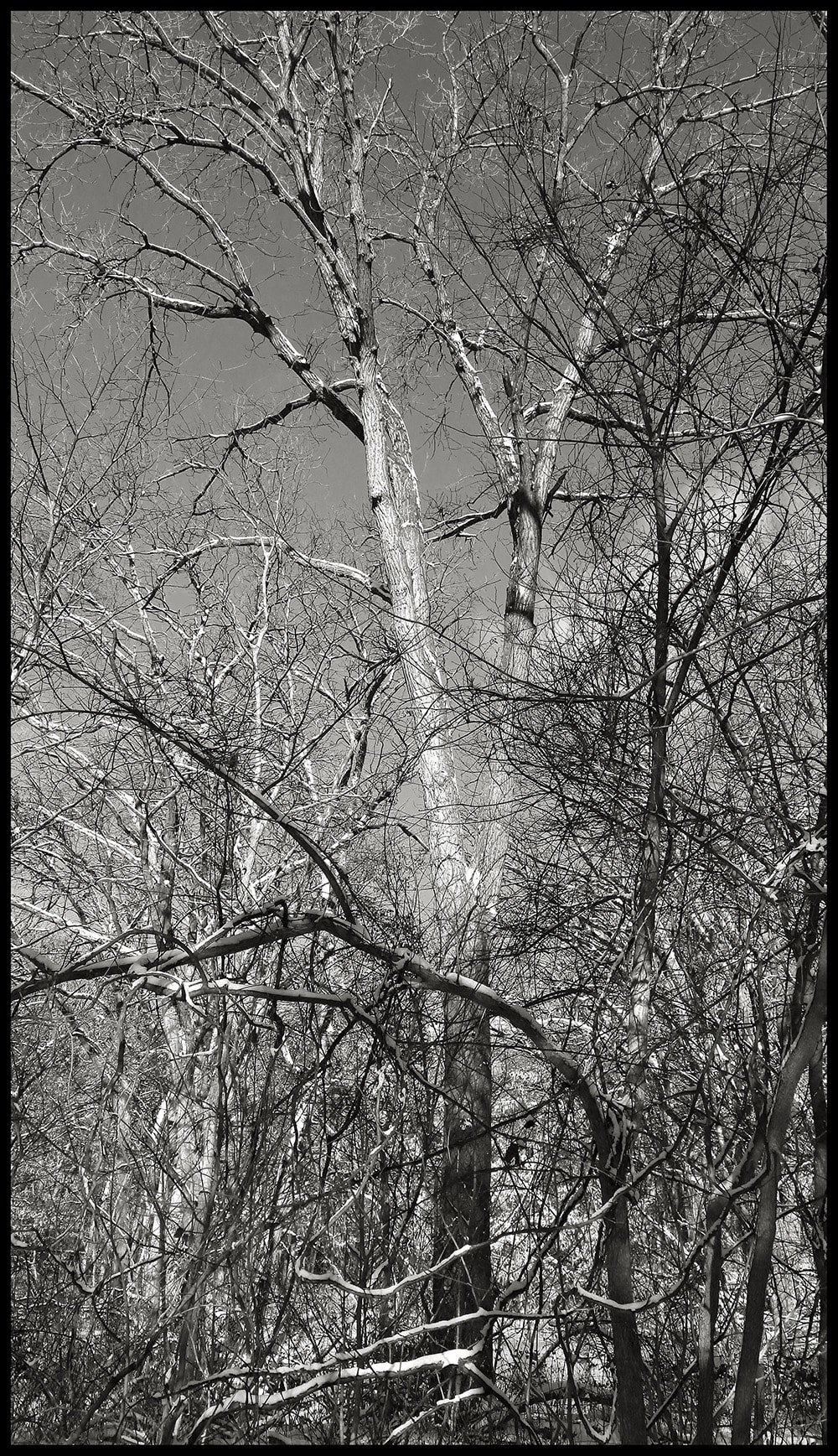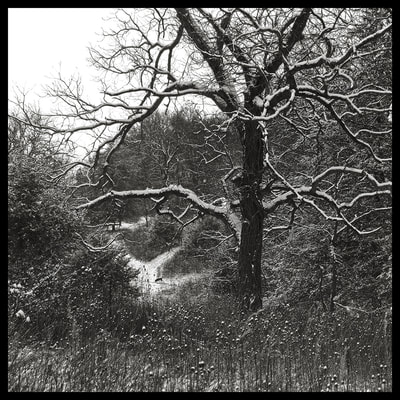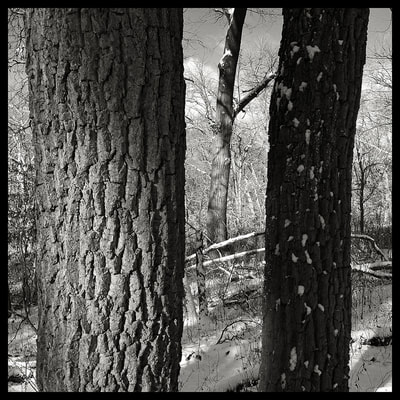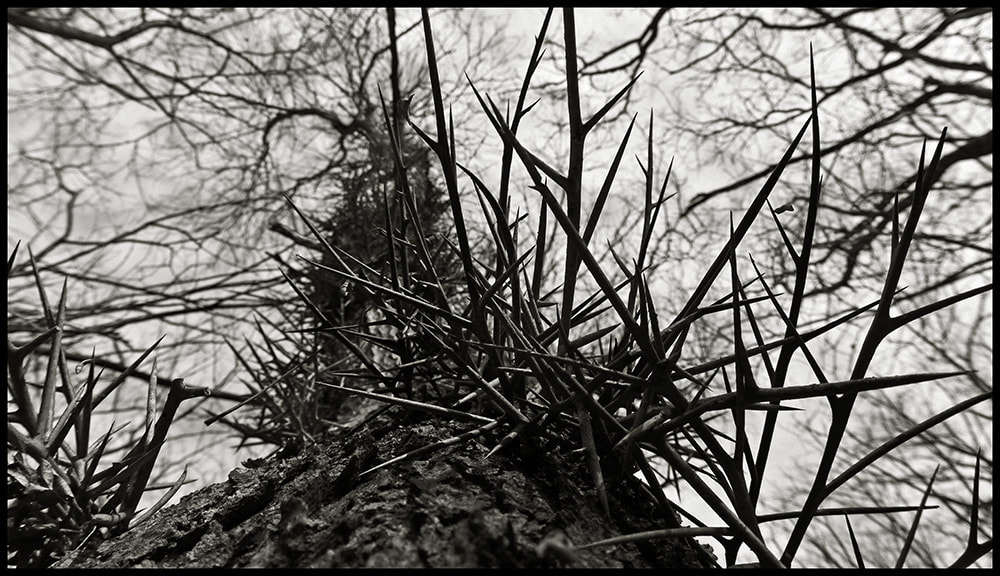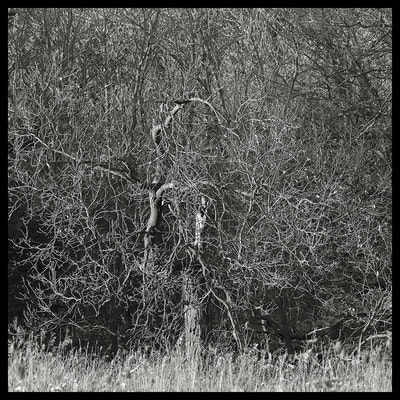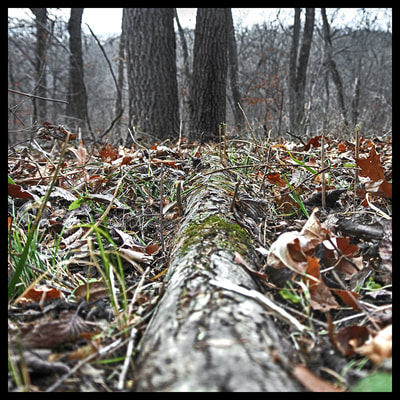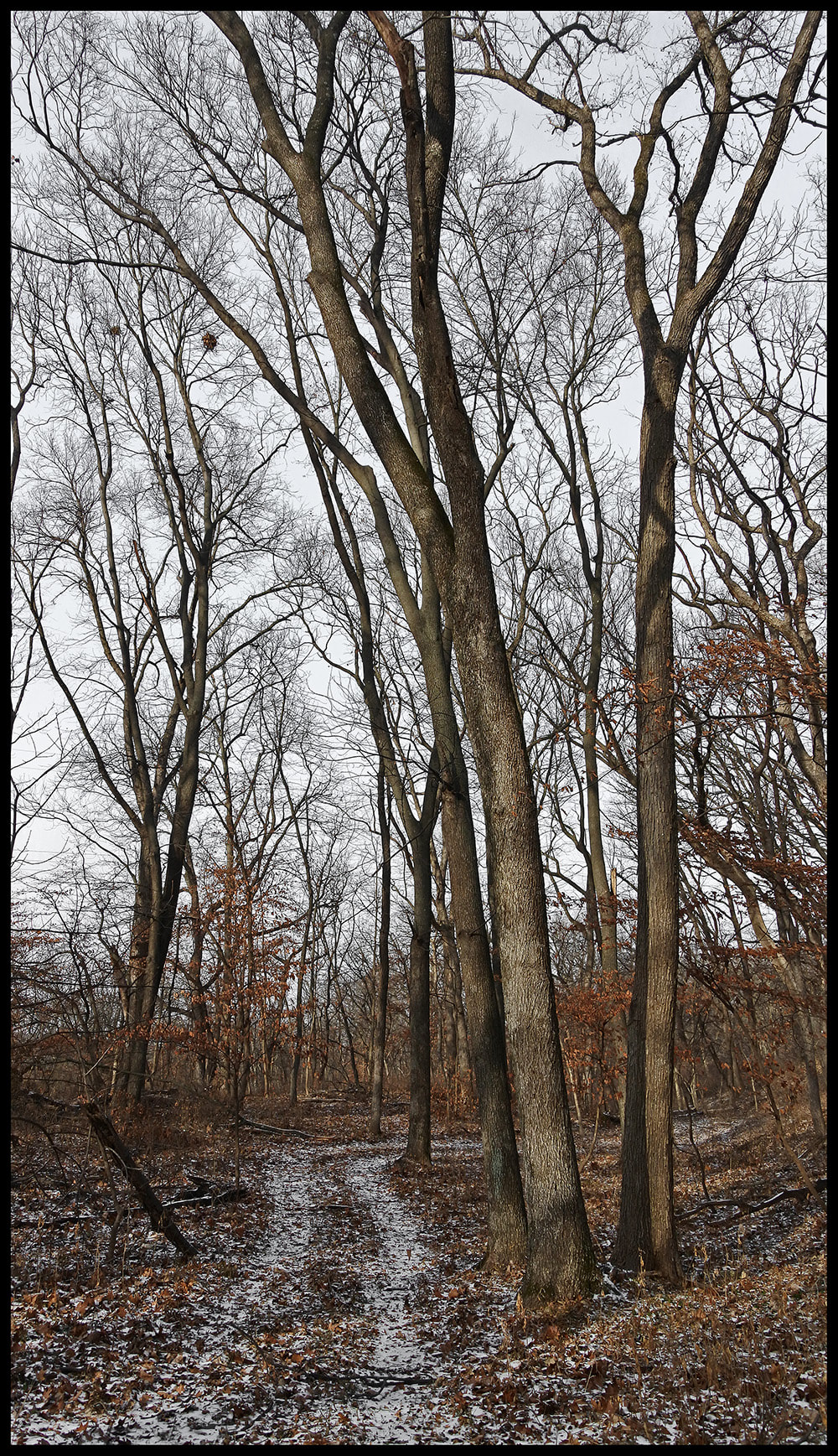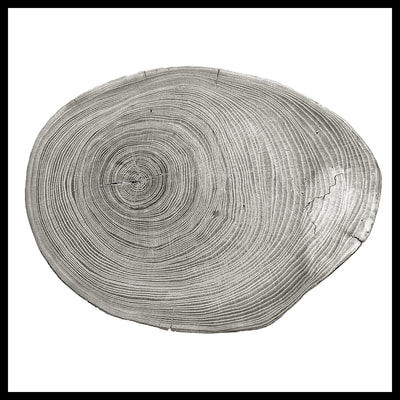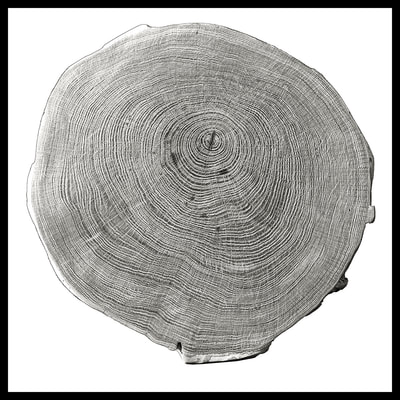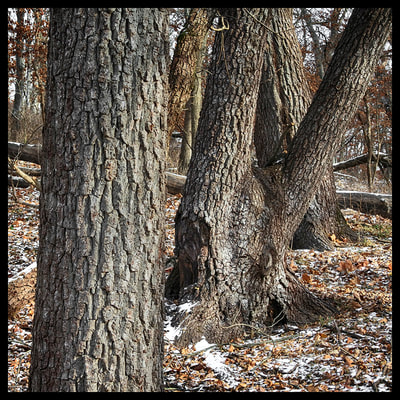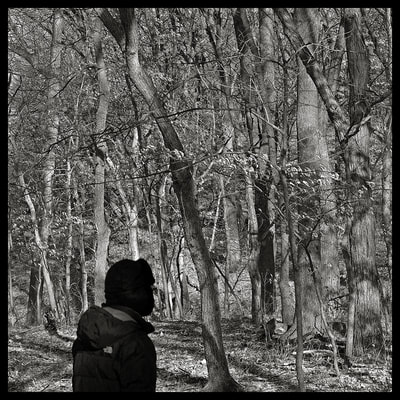In the forest
The WAS forestry vision is intended to regenerative forestry practices following the precedent of “The Forest Keepers” or the Menominee Native America Tribe in Wisconsin. We are currently in development stages for our efforts but we hope to develop innovative, locally produced timber products while caring for the future health and resilience of the forest, woodlands, and savanna. We also have been inspired by the work done at Timber Green Forestry.
Forest walk - Walnut with ivy vine along the trail and trailhead by old fence line.
Forest walk 06/08/22 - Ash tree by seasonal water feature
At the southeast edge of the forest, and one of the new seedlings (Redbud) starting to perk.
04/22 New seedlings planted along the edge of the larger prairie and forest. Shrubs for edge and understory restoration are key as well as generally adding more diversity including Jack Pine, Kentucky Coffee, Northern Pecan and other species. The tree protectors of this style are generally ineffective but are part of a matching grant and required. The trees/shrubs planted outside of the grant we have returned to the more expensive but effective wire mesh and metal T-posts.
03/16/22 On the trail at the forest edge. Spring thaw even in dry times leads to muddy tracks and soft ground all around.
11/21. Improving forest and expanding along the edge with 275 new seedlings.
At the edge of "Juniper Way" with branch of Bur Oak "Wolf Tree" in foreground 12/13/20
Hazelnut, Ninebark, Black Oak, Pin Oak, White Oak, Northern Pecan and Kentucky Coffee planted fall. First in series of planting to total at least 1000 new native species of trees and shrubs. This helps create competition against invasives returning such as Autumn Olive, Honeysuckle and increases biodiversity 12/12/20.
Not really "In the Forest" but extending it along the prairie edge with new plantings 12/1020
06/05/20 Golden Oyster mushrooms
Oak seedling. One of many hundreds that have been marked on the property as part of a regeneration effort. While people will often preserve mature oak trees the conditions for regeneration are lacking and so their decline will continue. We have been doing extensive labor (chemical free) removal of invasive species from the land and forest and cultivating conditions to that will support new oak seedlings to establish themselves. This is a long term perspective but one that we hope more people will undertake thinking in terms of the life of an oak. 05/20
WAS 02/15/20
Downed tree cut to be taken in for design/rebuild project new stairs
Forest north of upper prairie 10/26/19
10/24/19 Maples and more
09/29/19 - Very nice Black Walnut tree growing in the forest. Black Walnuts are one of our success stories.
09/08/19 - In the forest
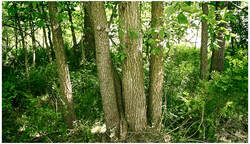
06-10-19 Tree grouping left to right 1) Black Walnut 2) Small unknown 3) Ash 4) Hackberry. Three or four species basically sharing the same base.
Hugging trees - 05/07/19 as a small group growing together. In April, we toured the property with District Forester, Aaron Wright. We are looking at some options for timber stand improvement to start this fall. It will not be anything dramatic but certainly a way to help build greater diversity at all levels of the forest.
An Elm and Hackberry growing in perfect alignment side by side ... in a bed of seedling Buckeyes
Three buckeyes (multi-trunk) and juniper
WAS 02/08/19 (Oak, Hickory, Ironwood...)
North facing hill at sunset 1/10/19
WAS 12/25/18
November snowfall at the edge of the forest alongside the river
WAS 11/25/18 - Wild grape vine spans the trees down by the river. There is enough wild grape to produce a global supply of vine charcoal by the bank.
Solitude (nest) 11/24/18 At the forest edge.
WAS 10/05/18 - Hen of the Woods (we collected it for dinner tonight)
WAS 09/04/18 - Fresh "Chicken of the Woods" or "Sulphur Shelf"
WAS - native white oyster
WAS solstice - unidentified
Another one that needs some investigating
WAS - 6/10/18 Full load of juniper berries. These sell for $8 a small bottle at grocery store.
WAS - 06/10/18
WAS - 06/10/18 - (droopy) Milkweed makes it home alone in the forest. It is also blooming ahead of other milkweeds.
WAS - 06/05/18 Black Walnut
WAS 05/24/18
WAS - 05/21/18 Shaggy Mane (thanks Adam Wilke)
WAS - 05/21/18 Morel (few found this year)
WAS - 5/21/18 Golden Oyster
WAS - 05/17/18 Jack-in-the-Pulpit
WAS 05/15/18 - Golden oyster mushrooms collected from log by creek
"WAS 05/05/18 - Wild ginger (Asarum canadense) The color and the location of the flower have an unusual and interesting story. The flower evolved to attract small pollinating flies that emerge from the ground early in the spring looking for a thawing carcass of an animal that did not survive the winter. By lying next to the ground flower is readily found by the emerging flies. The color of the flower is similar to that of decomposing flesh. - USDA
WAS 05/01/18 - Grove of Trout Lilies
WAS 05/01/18 - Mayapples
WAS - 04/29/18 Buckeye emerging
WAS 04/29/18 - Trout Lily
WAS - 04/29/18 Dutchman's Breeches
WAS - 04/29/18 Dutchman Breeches
WAS - 03/16/18 View of the river valley through the forest.
WAS - 03/15/18 Log coated with end sealer (anchor seal) ready for milling soon.
WAS - 03/15/`18 The well along the forest trail.
WAS 03/14/18 - Working the trails (GPS tracking)
WAS - 03/10/18 - We found the limit of what the Arctic Cat 650 can pull... not this log, in this situation. It felt close but no deal. We will try tomorrow with the Gravely, Atlas SidexSide. Just in... the Atlas was just enough to pull it out that spot and to our destination. Once it goes it goes.
Trail work 03/06/18 (GPS tracking)
WAS 03/04/18 - New logging arch being tested
WAS - 03/01/18 - 2.33 Mile Trail Loop
WAS - 02/23/18 Working on trails. Trails tracked by GPS.
WAS - Along the creek
WAS - 02/12/18 Large Hackberry
WAS - Younger mix species along an old fence row with older Bur Oaks in back.
WAS 02/11/18
Near creek crossing an oak with extended roots holding against the shifting path of the creek.
WAS 1/21/18 - GPS tracking while working forest trails.
WAS 01/21/18 - Multi-truck oak tree (19' 8" circumference)
WAS 1/13/18 - Elm at the prairie edge.
WAS 1/14/18 - GPS tracking while working forest trails.
WAS 01/13/18 - Forest forensics?
WAS 01/17 - Cottonwoods along the riverbank up to 5' diameter.
WAS 12/17 (left) Ironwood shadow cast on Shagbark hickory (right) canopy
WAS 12/17 - Burr Oak
WAS 12/17/17 Elm
WAS - 12/17 (left) Black walnut (Juglans nigra)
12/17 Honey Locust (near line crossing) roughly 60' tall. We plan to use this one for annual growth measurements. The Honey Locust thorns are attributed to developing suitable protection against pre-Ice Age mega fauna.
12/17 (left) Old Hickory that survived storm damage a number of years ago. (right) and Elm root stretches 15' across the ground to another pair of trees.
WAS - 12/22/17
(top left) Red elm (Slippery Elm) and (top right) Burr oak (branch)

